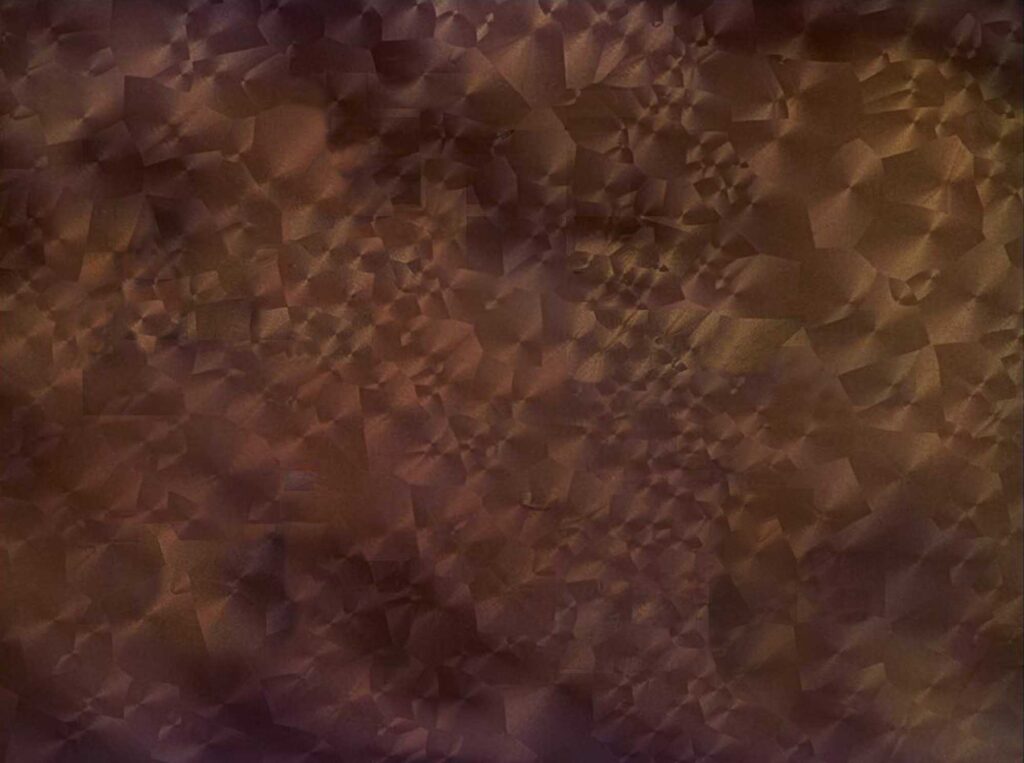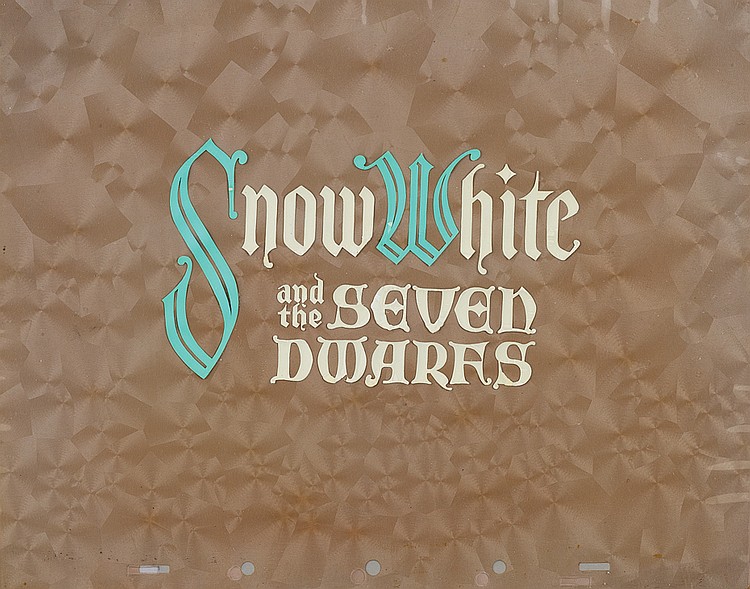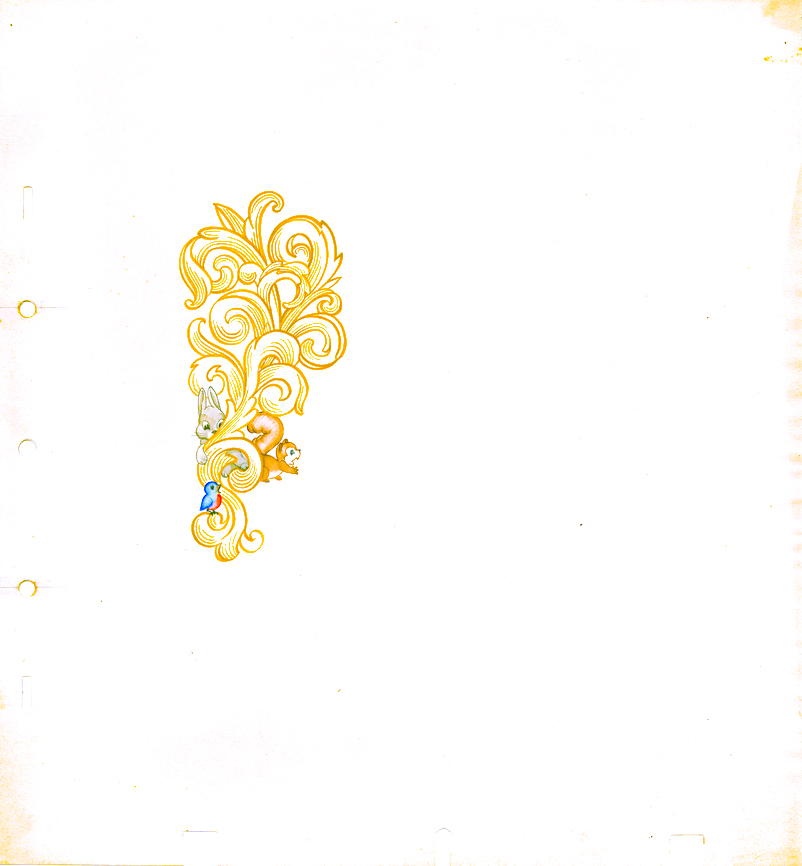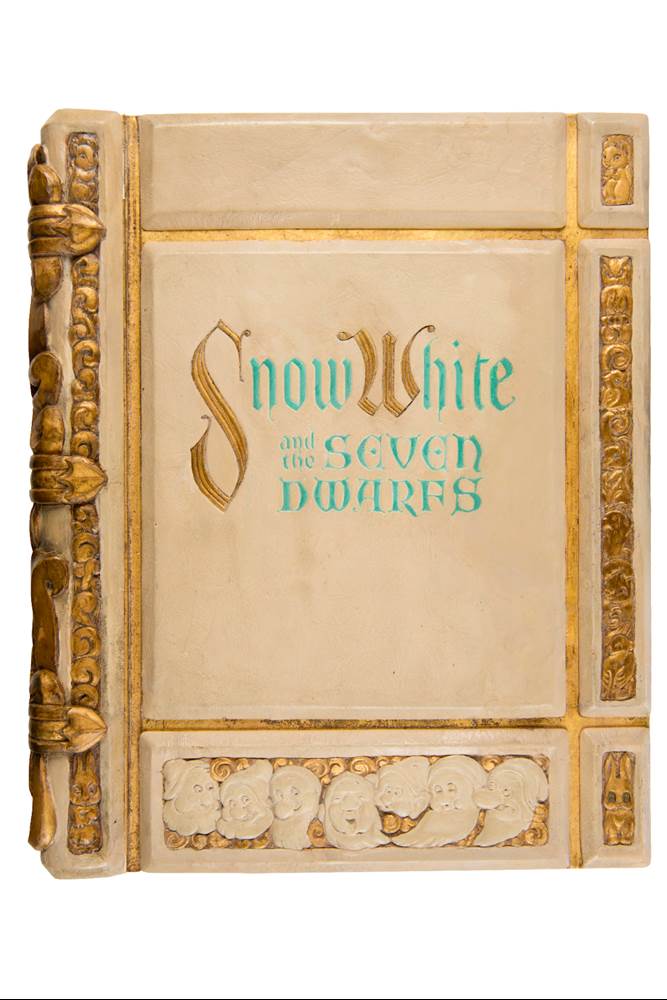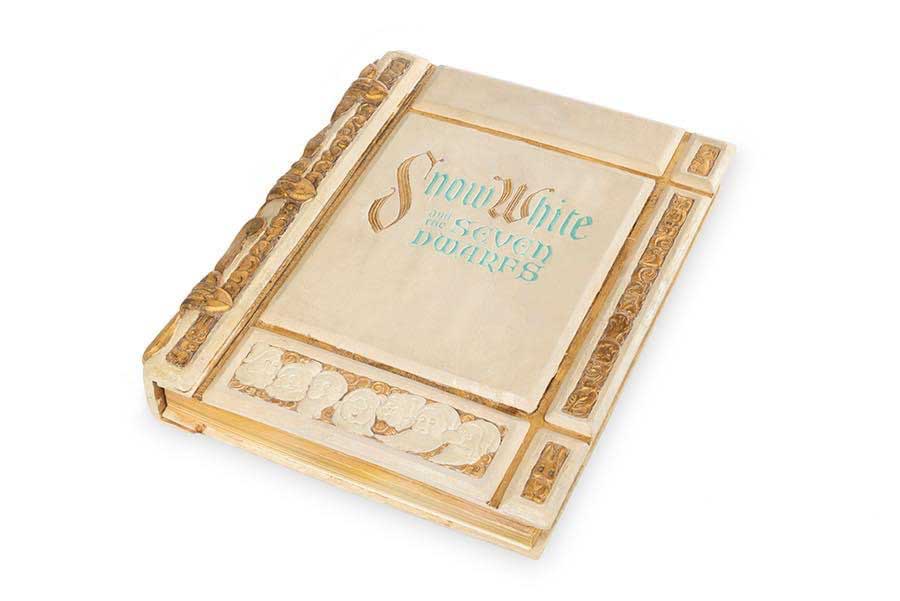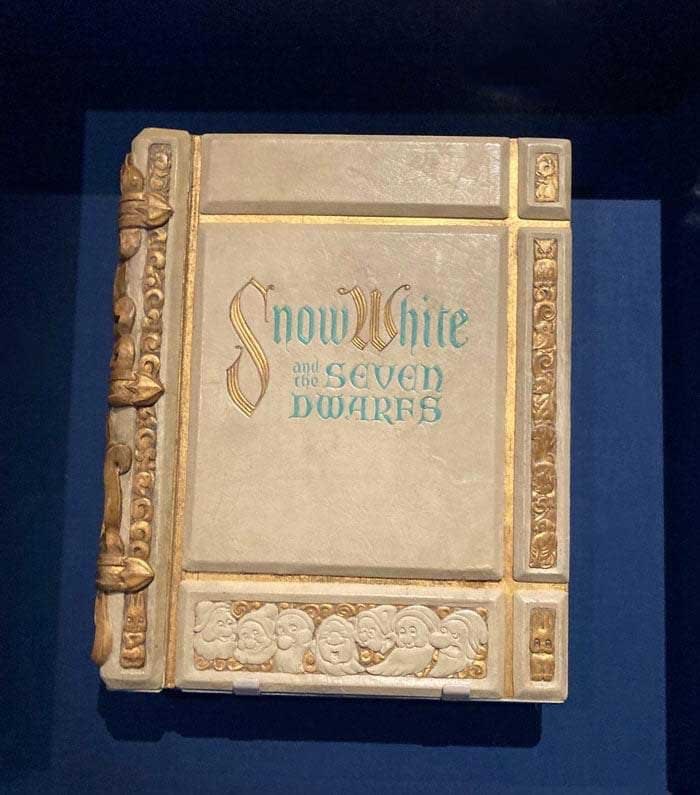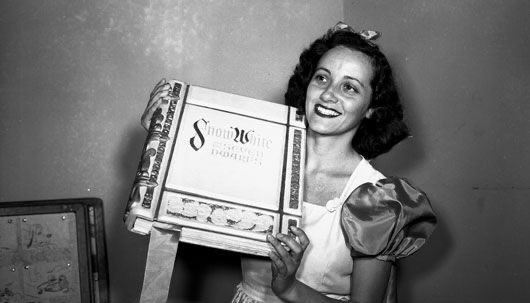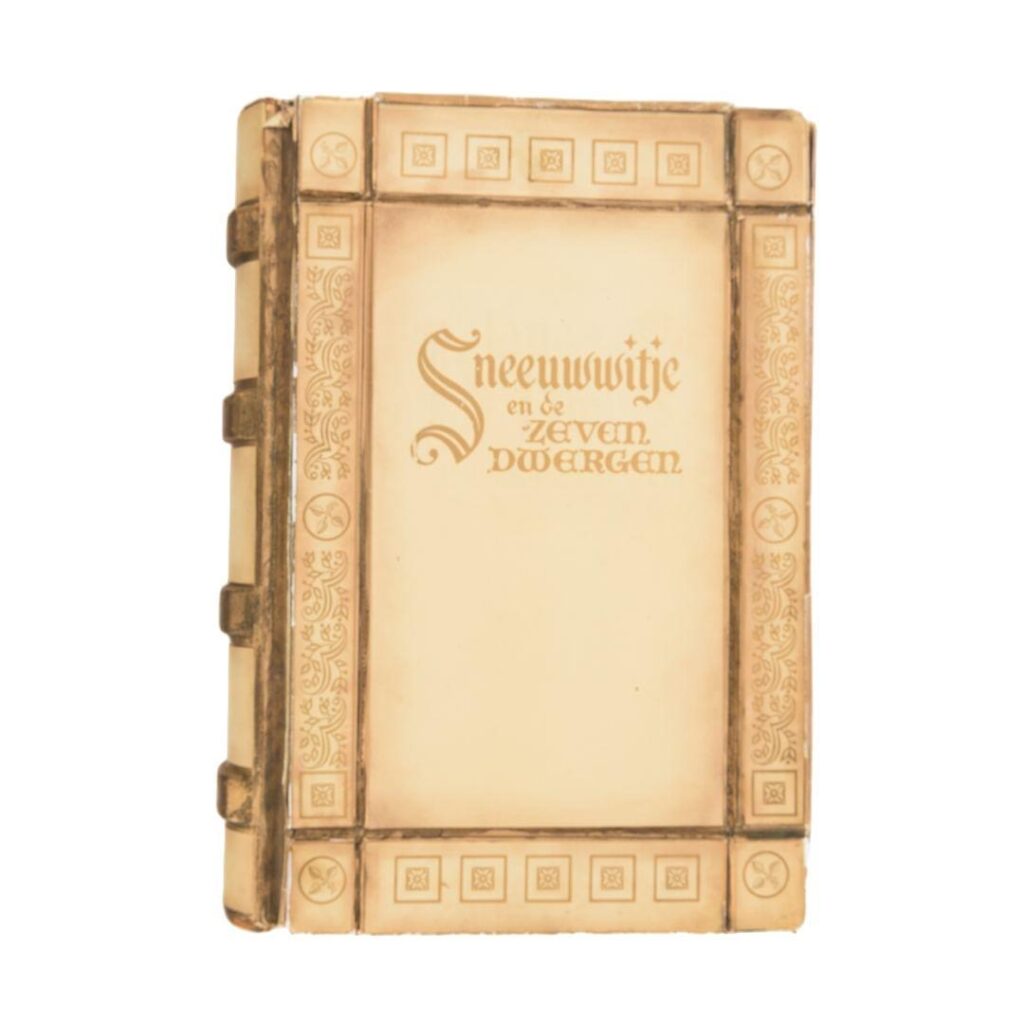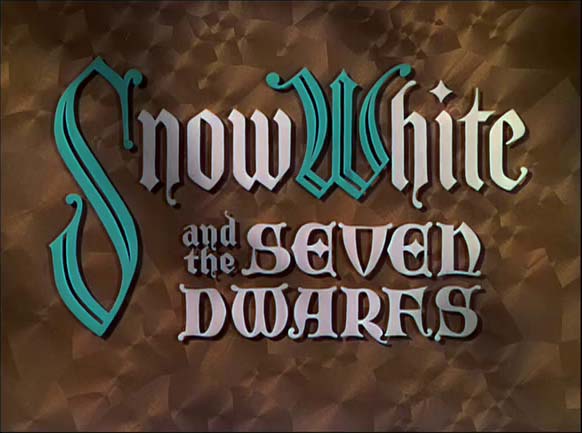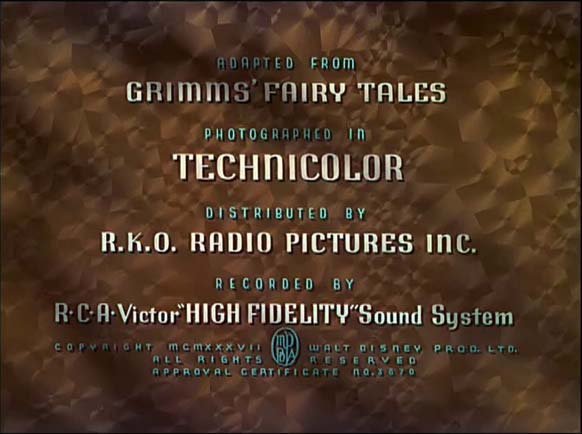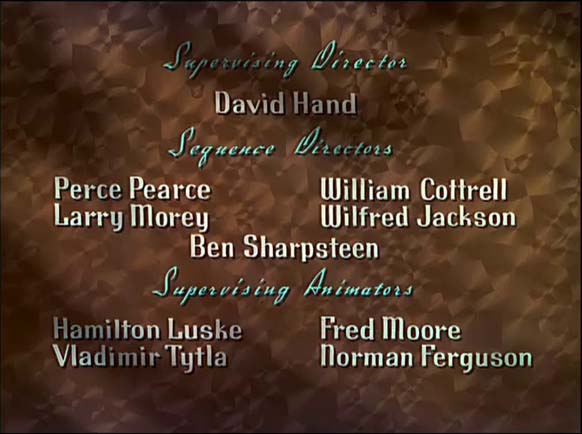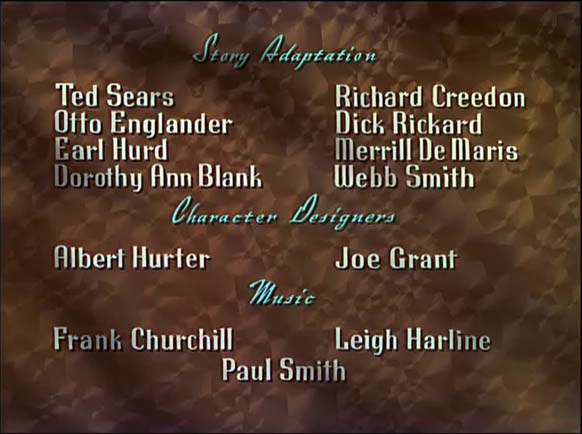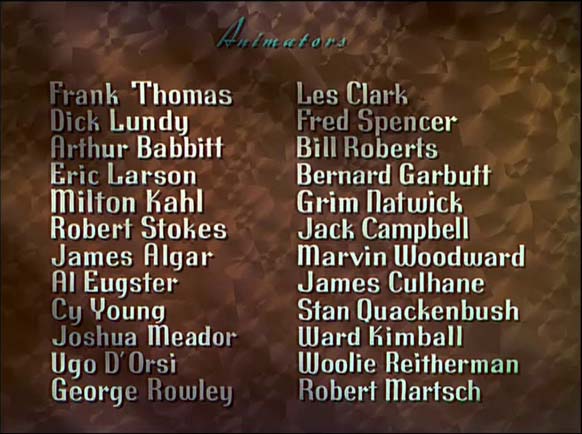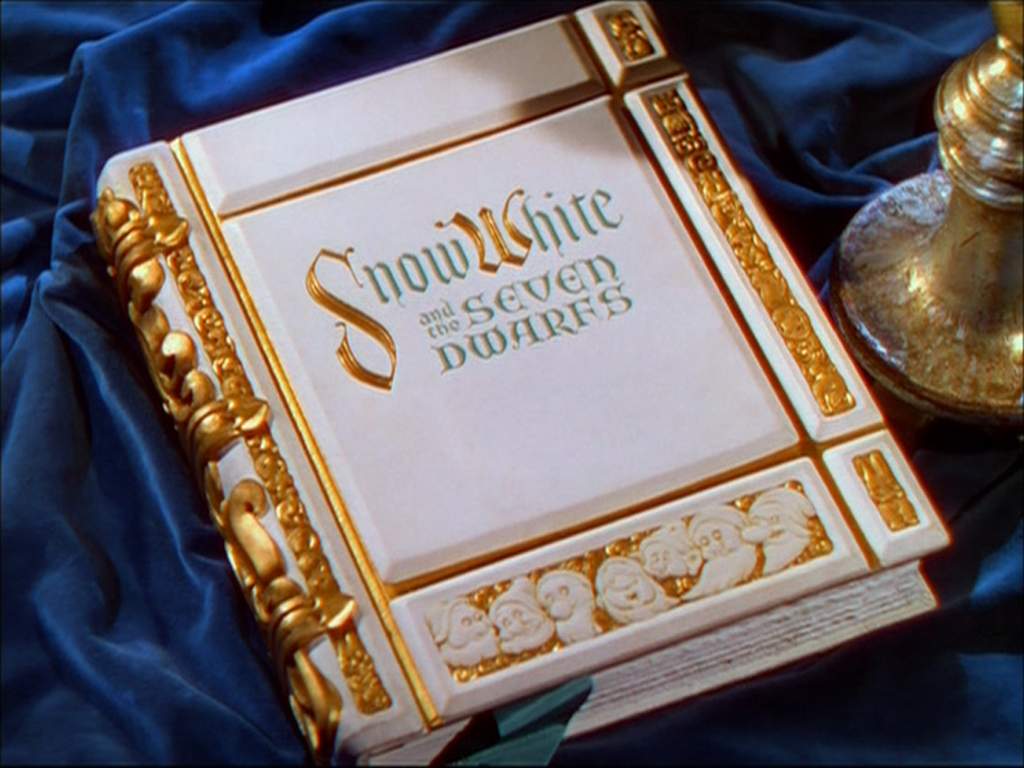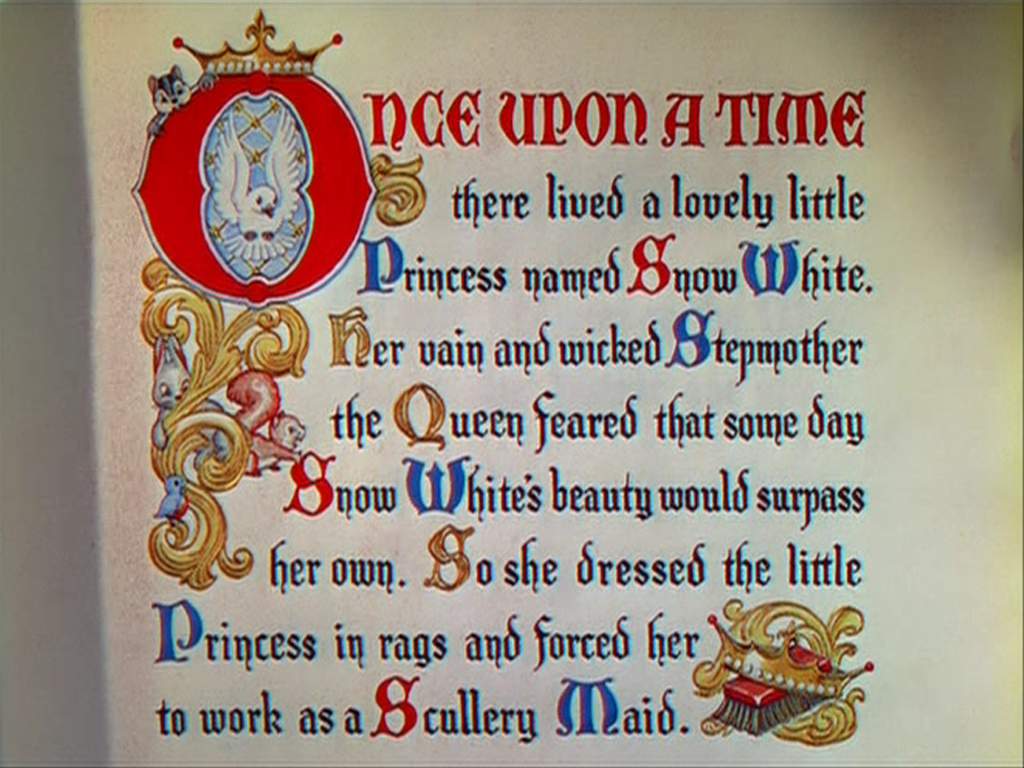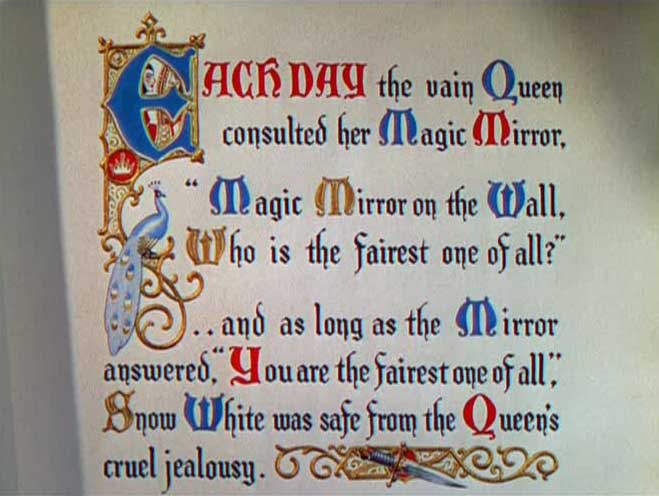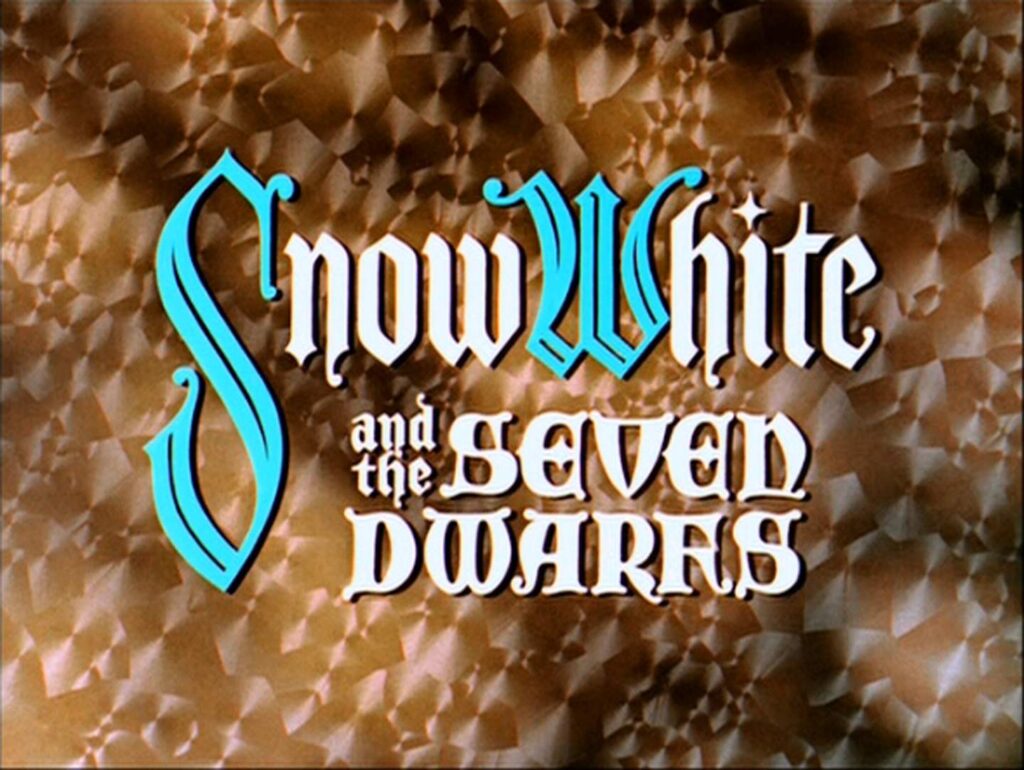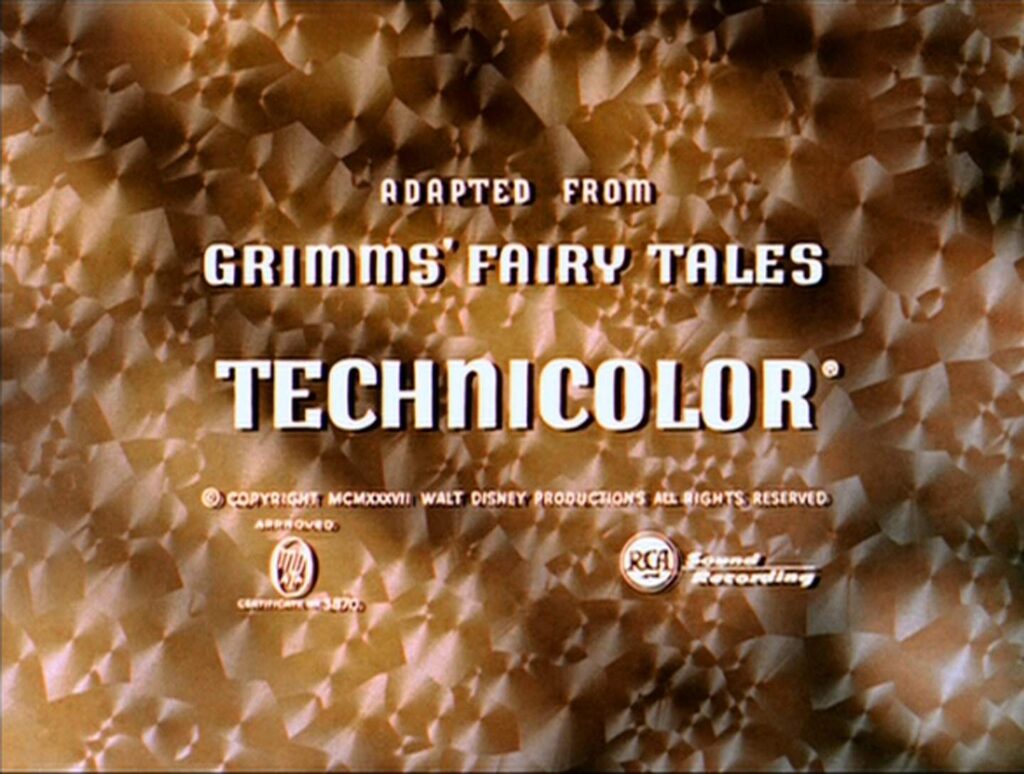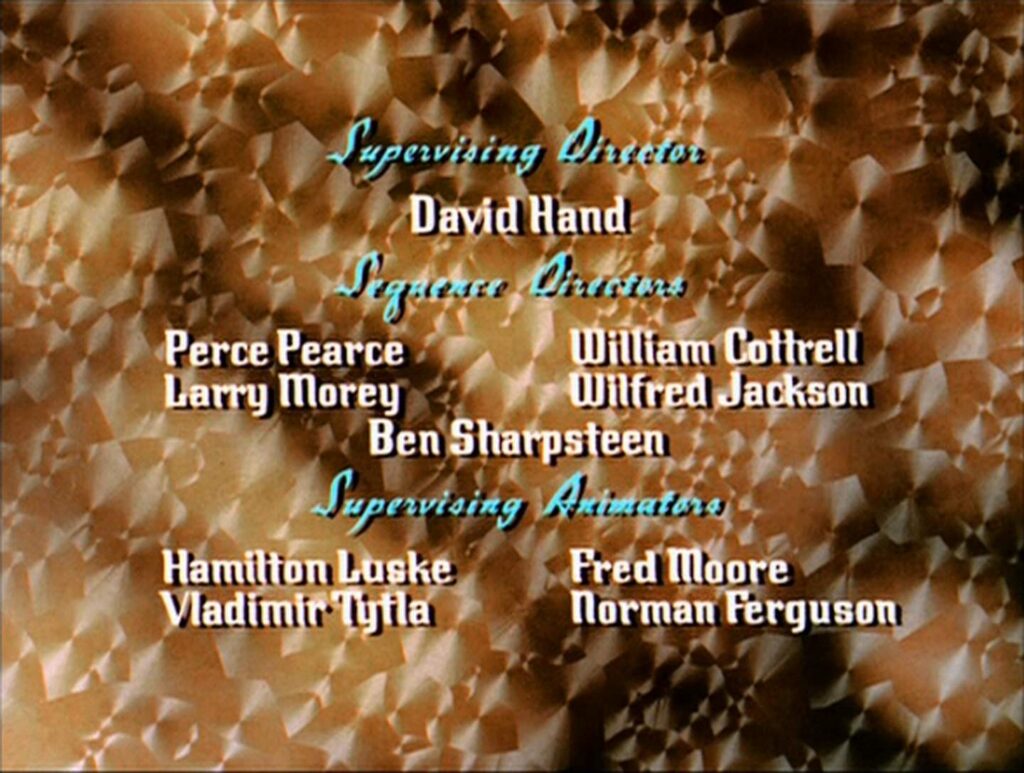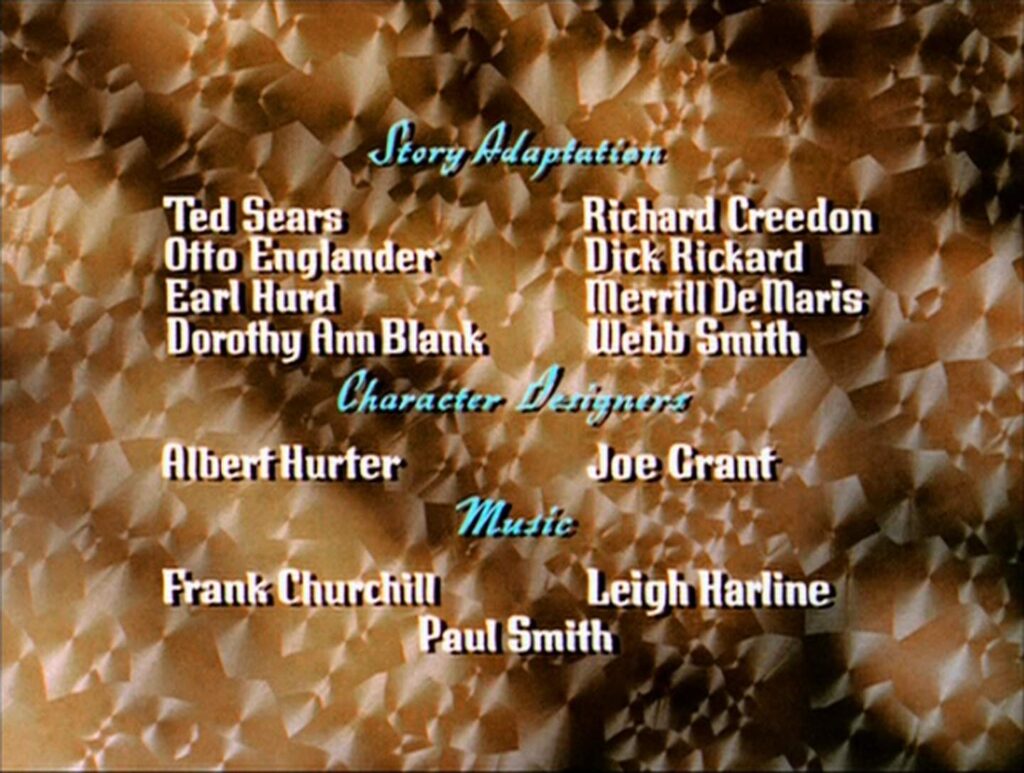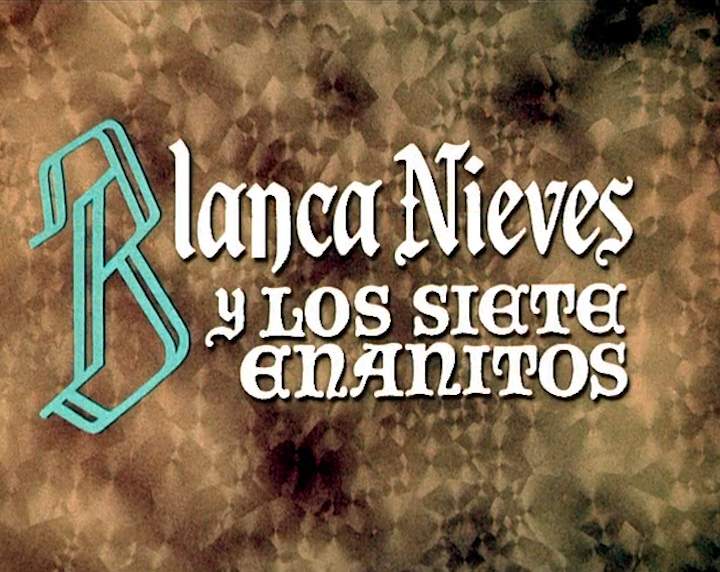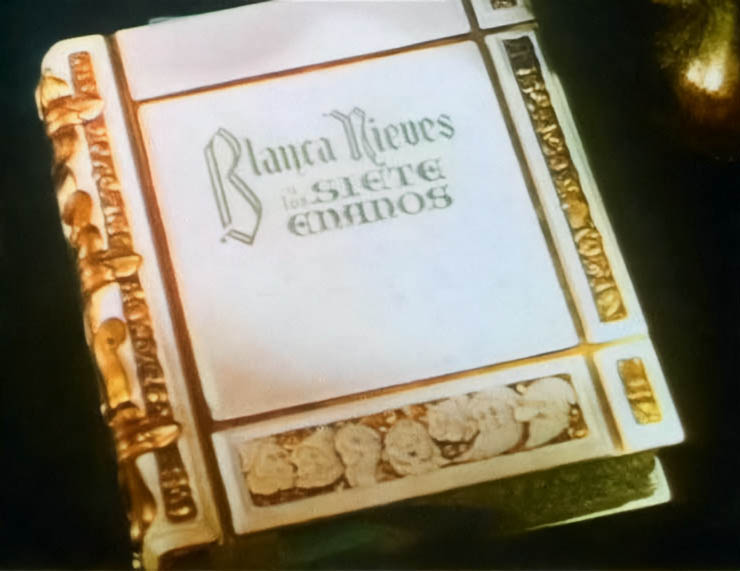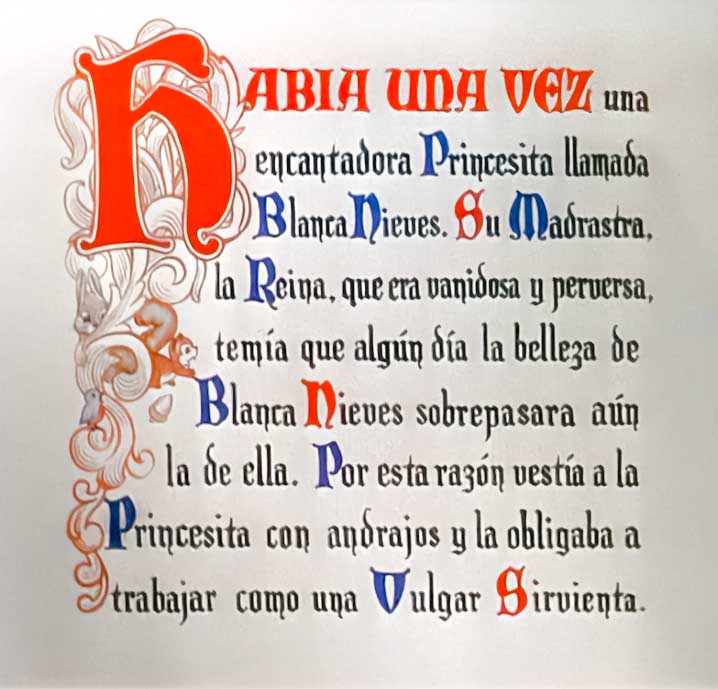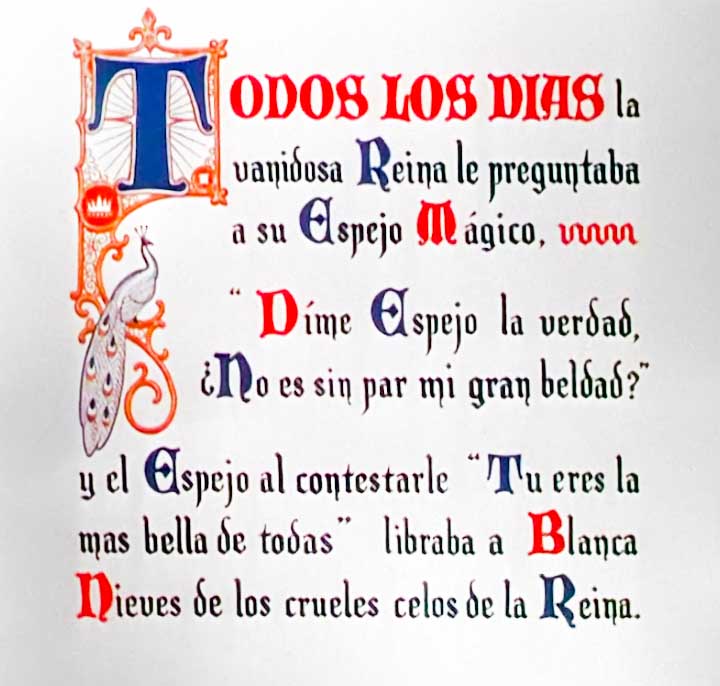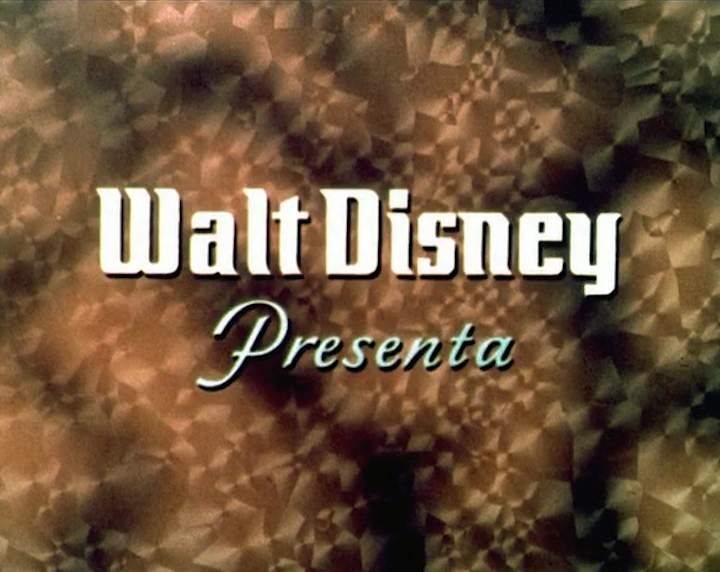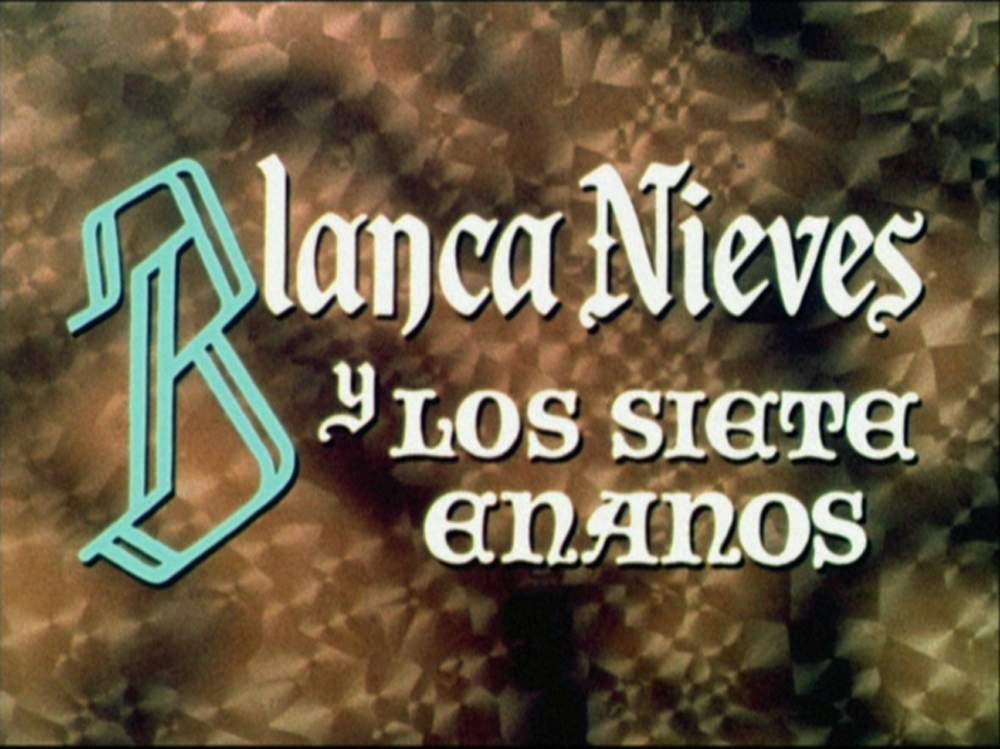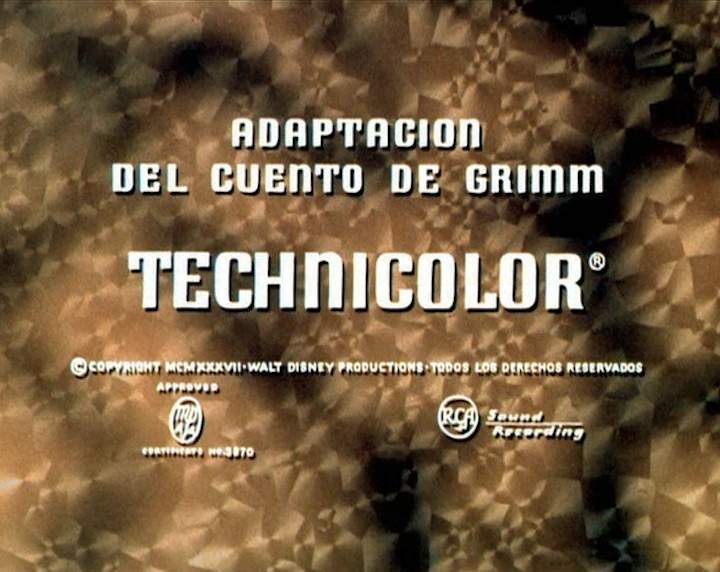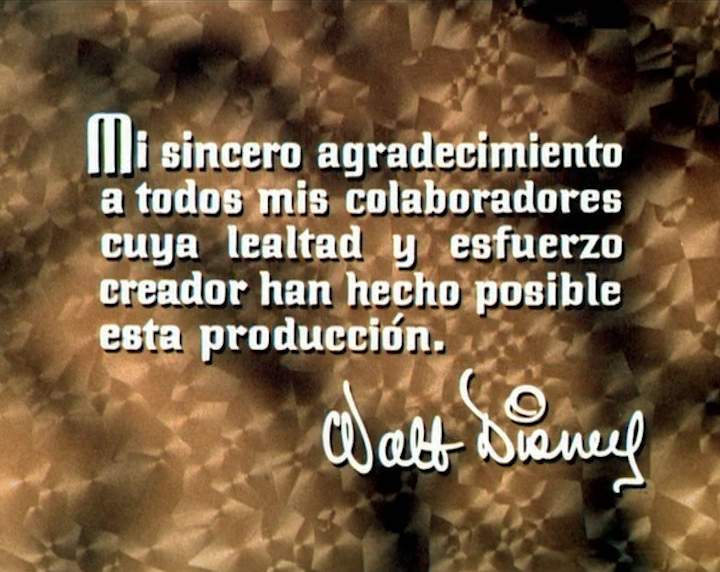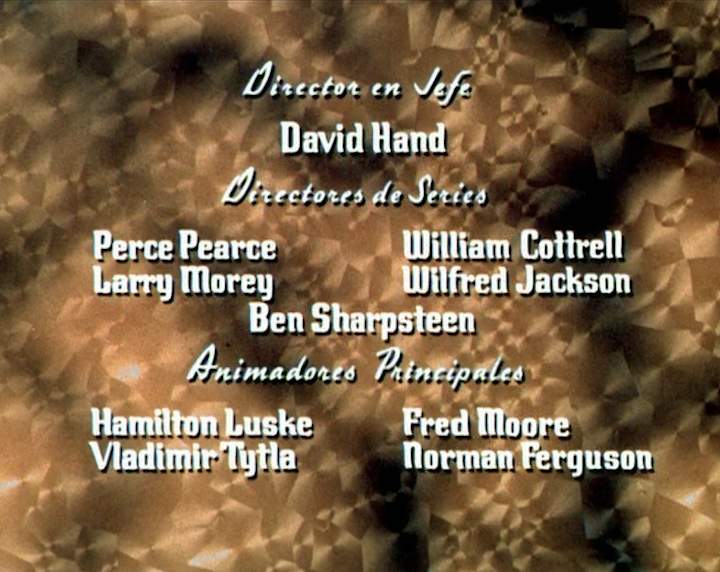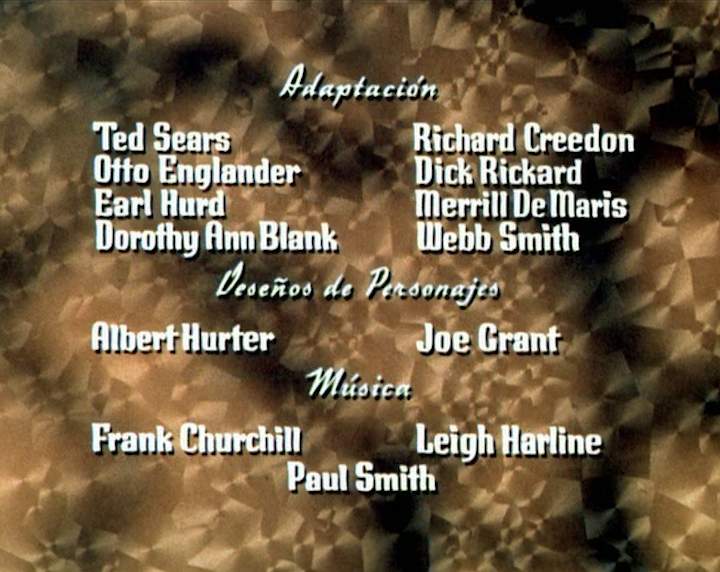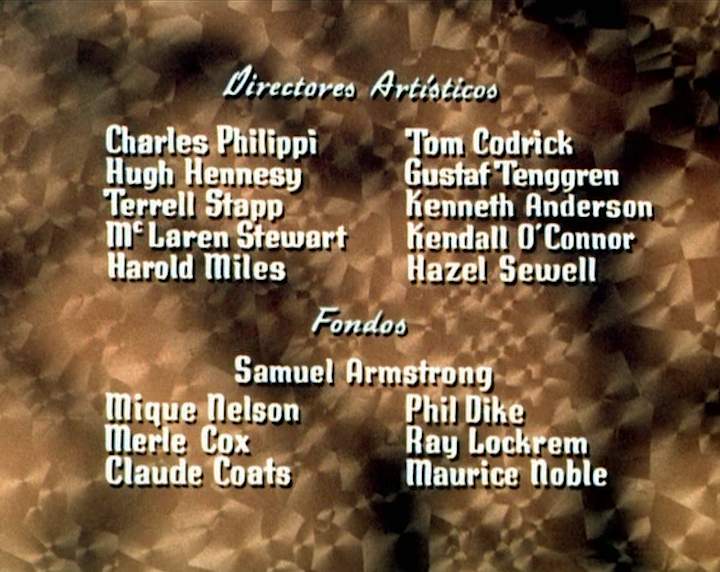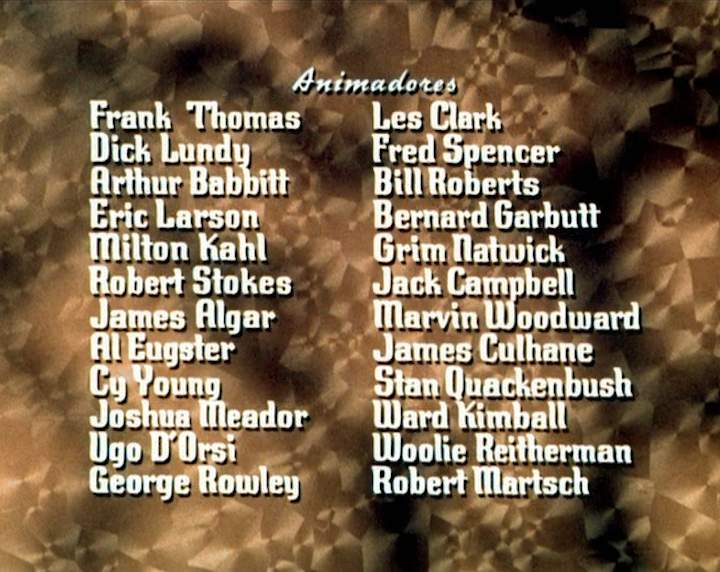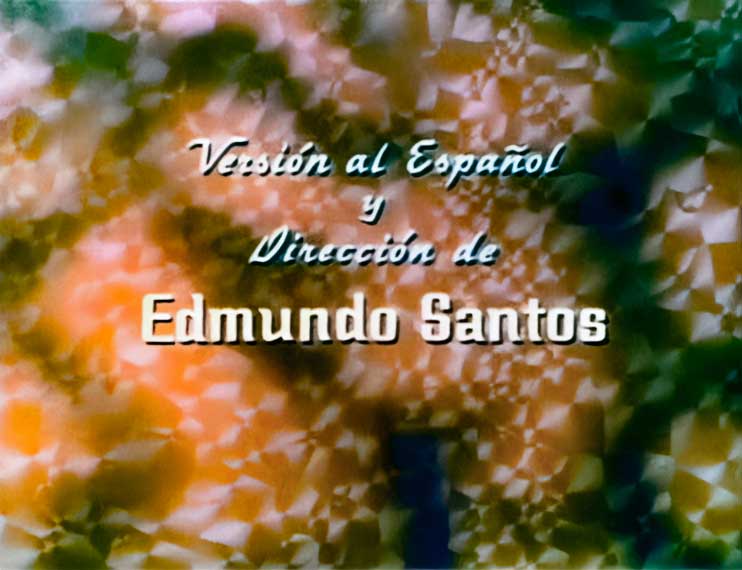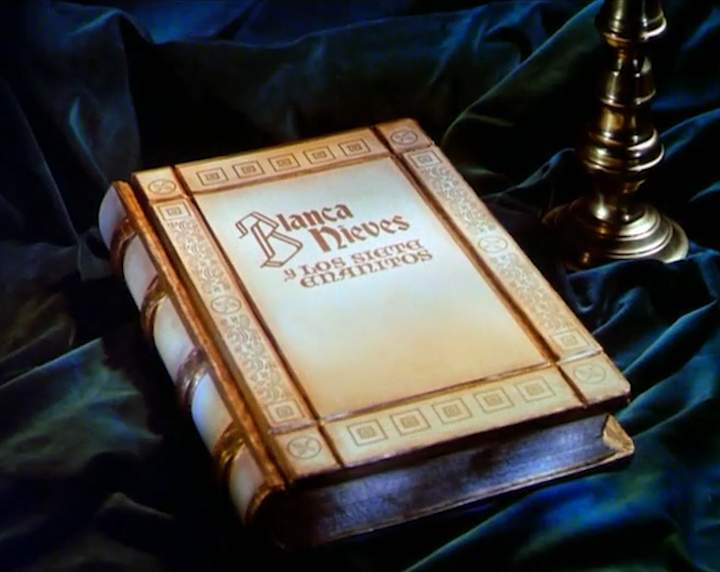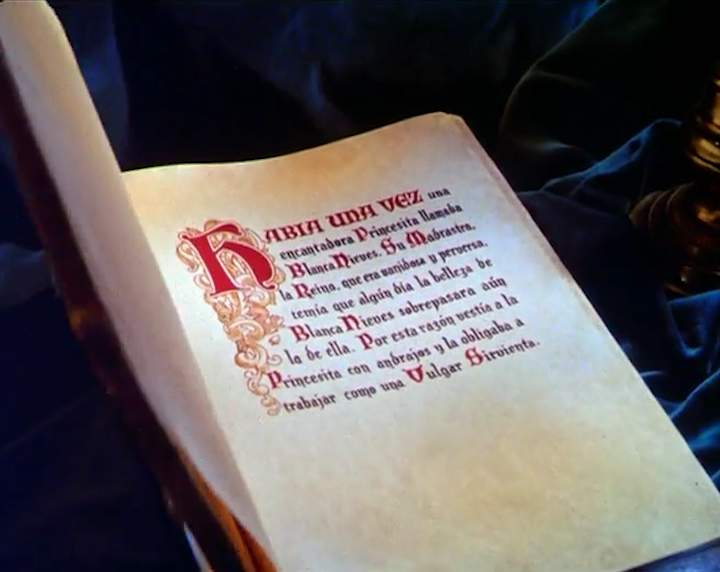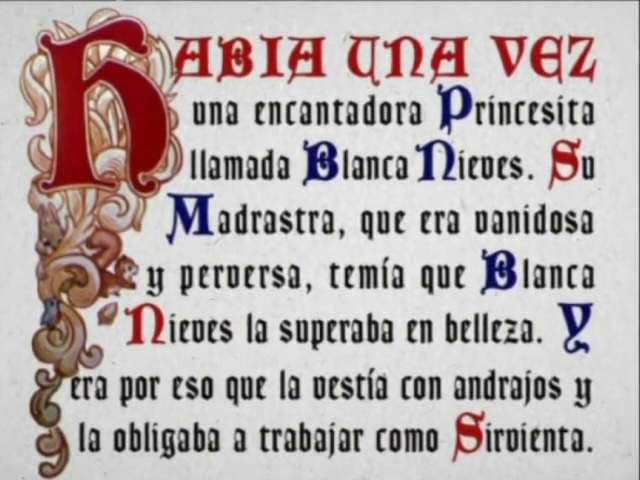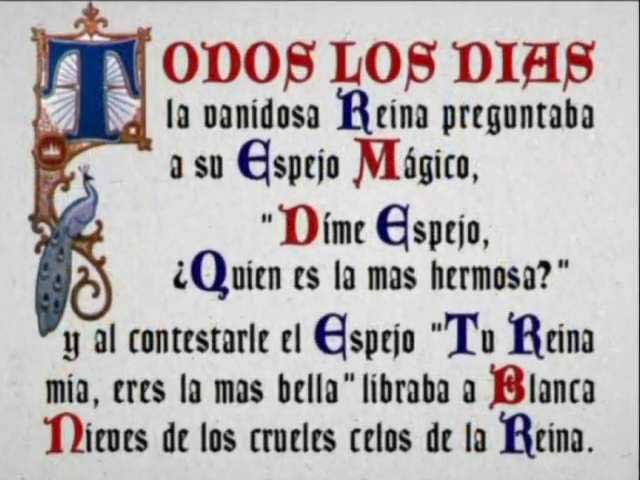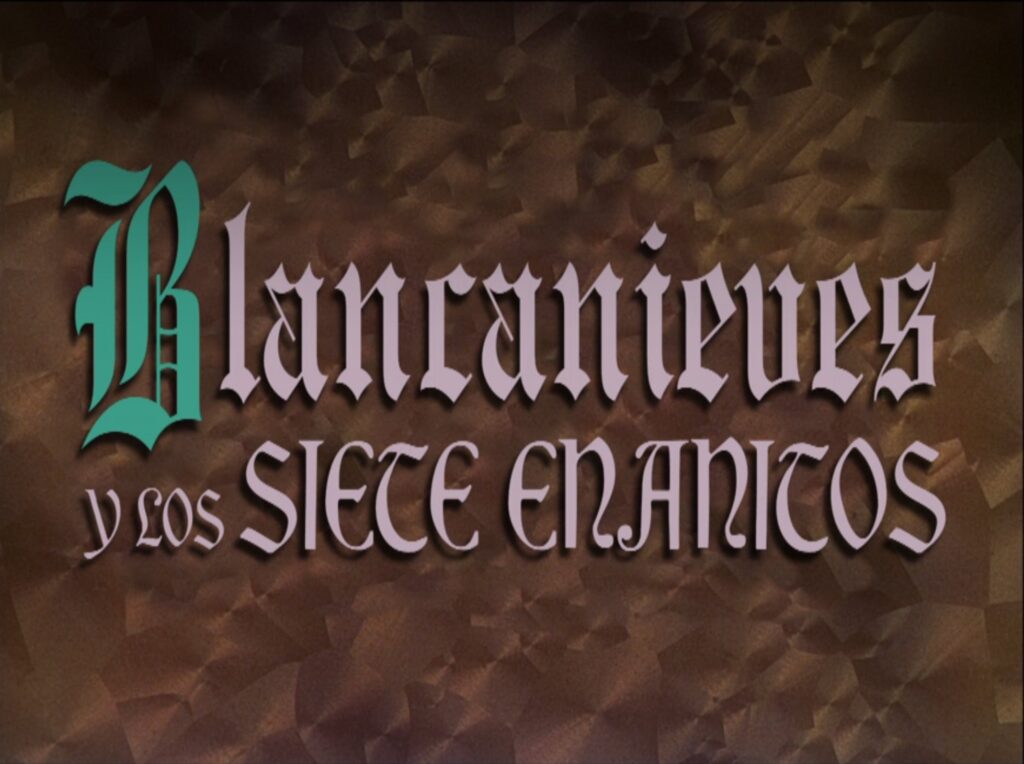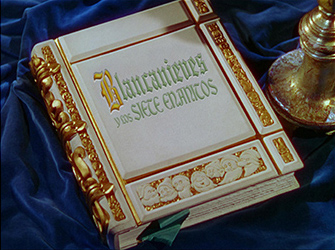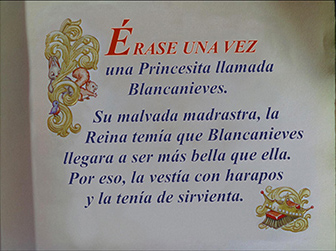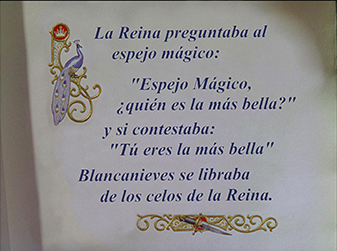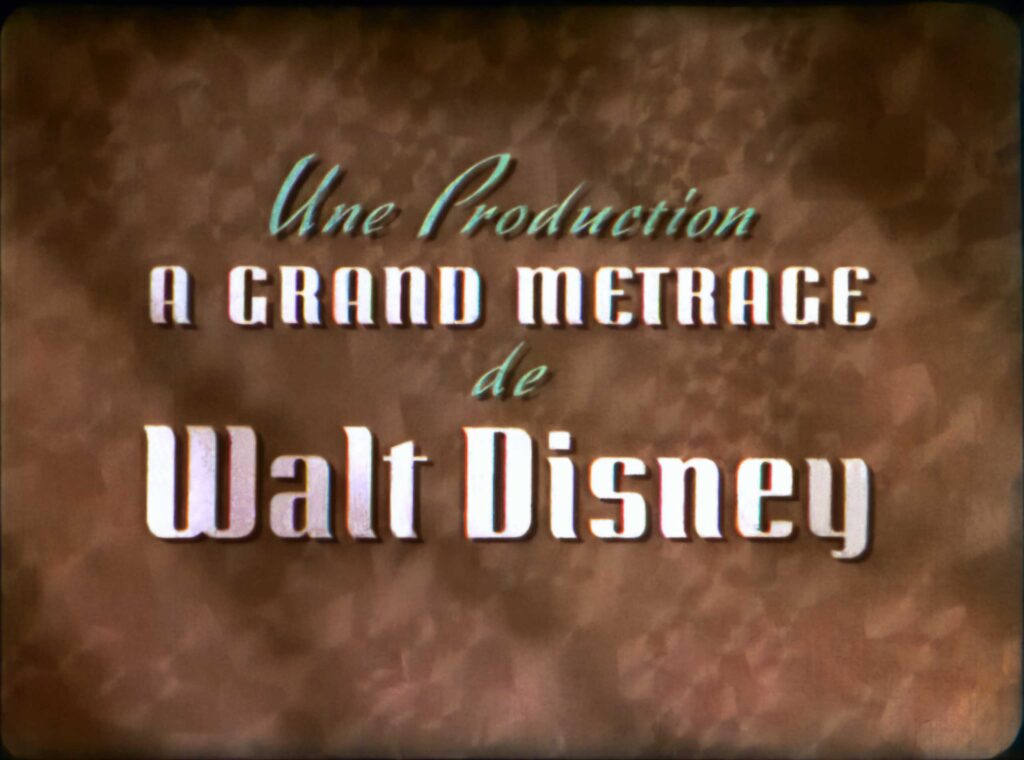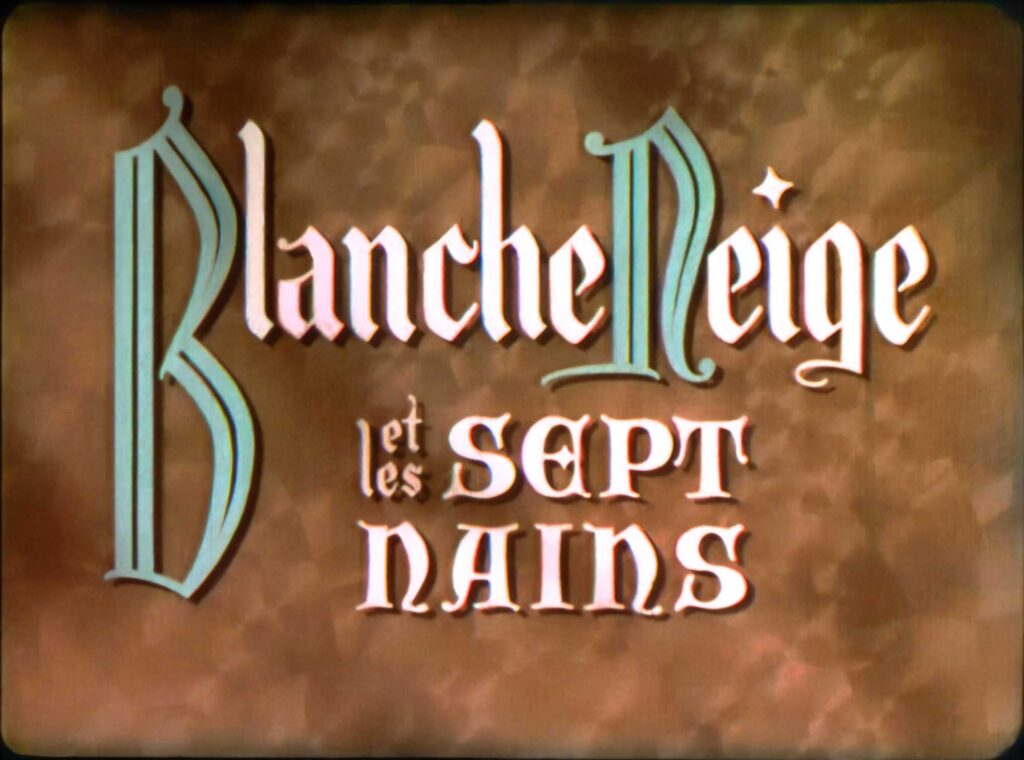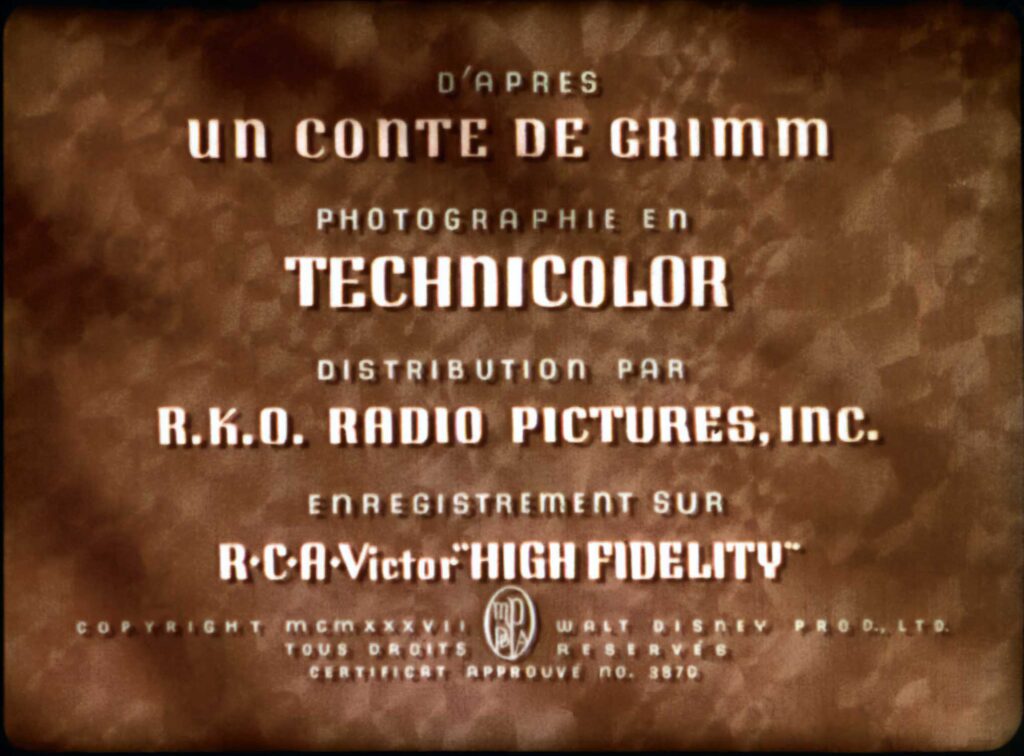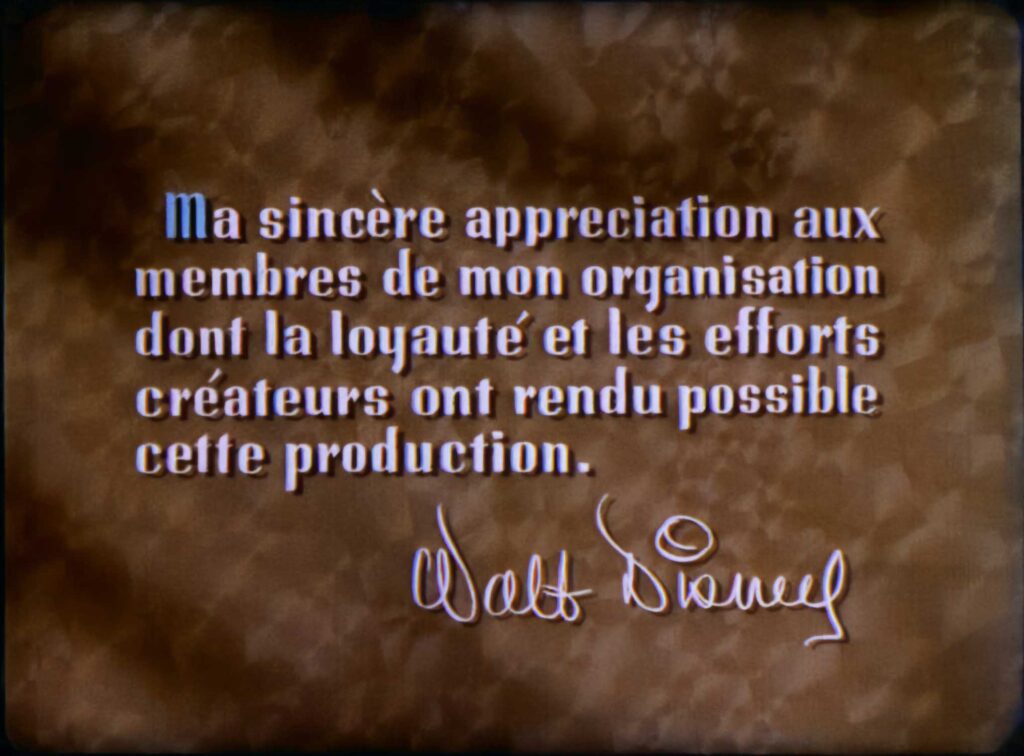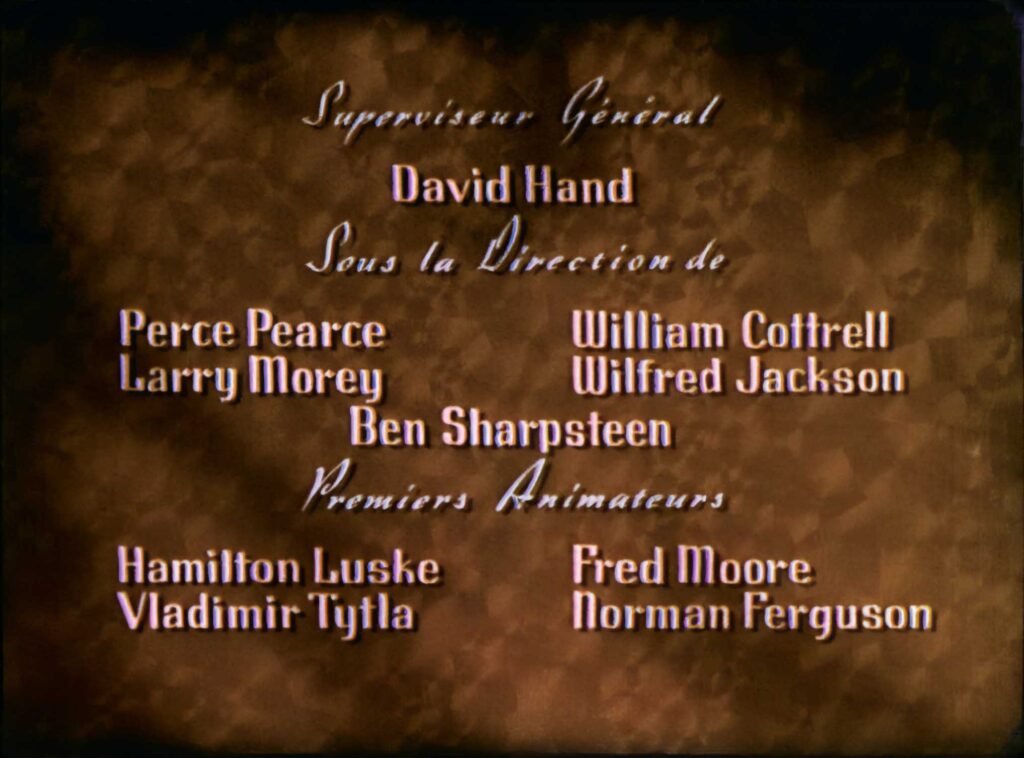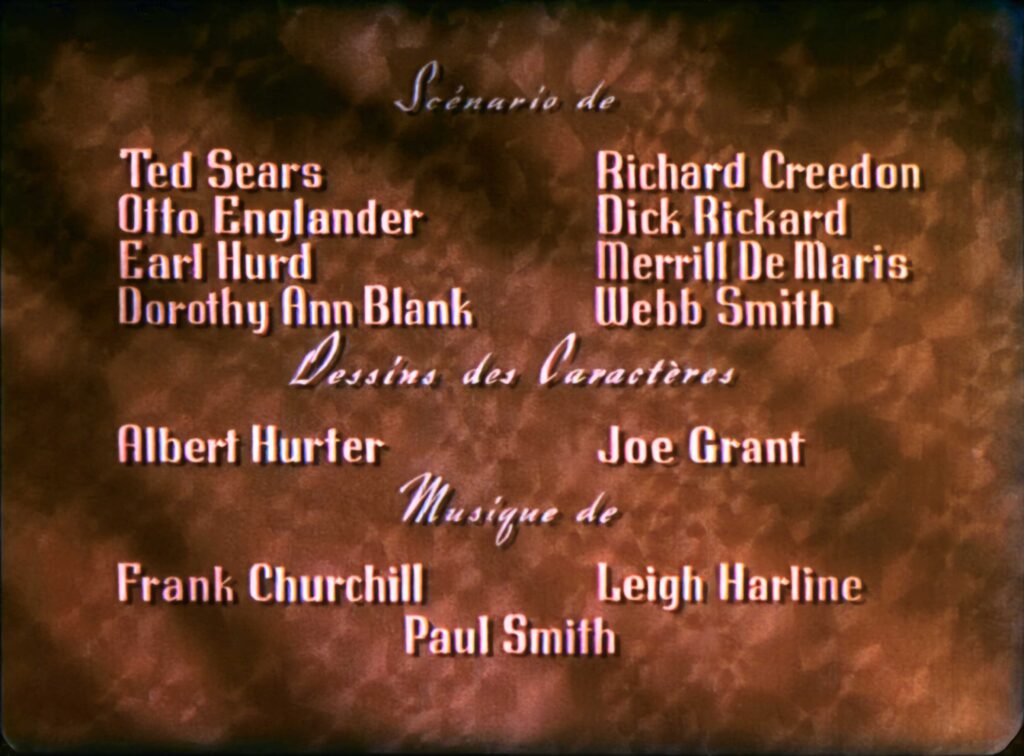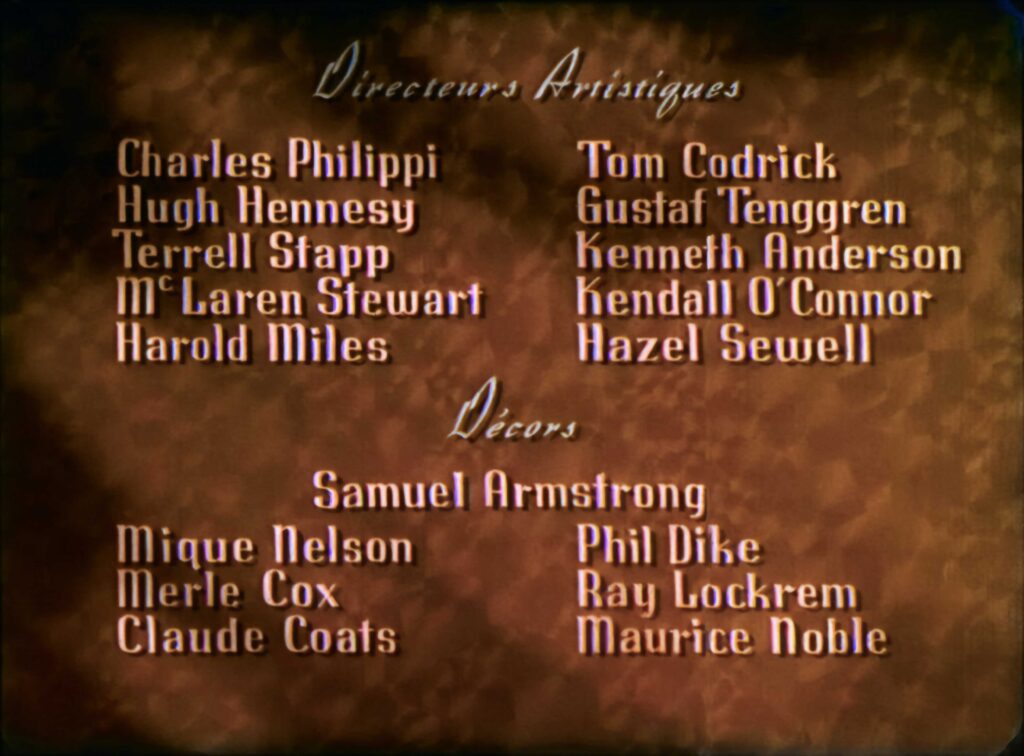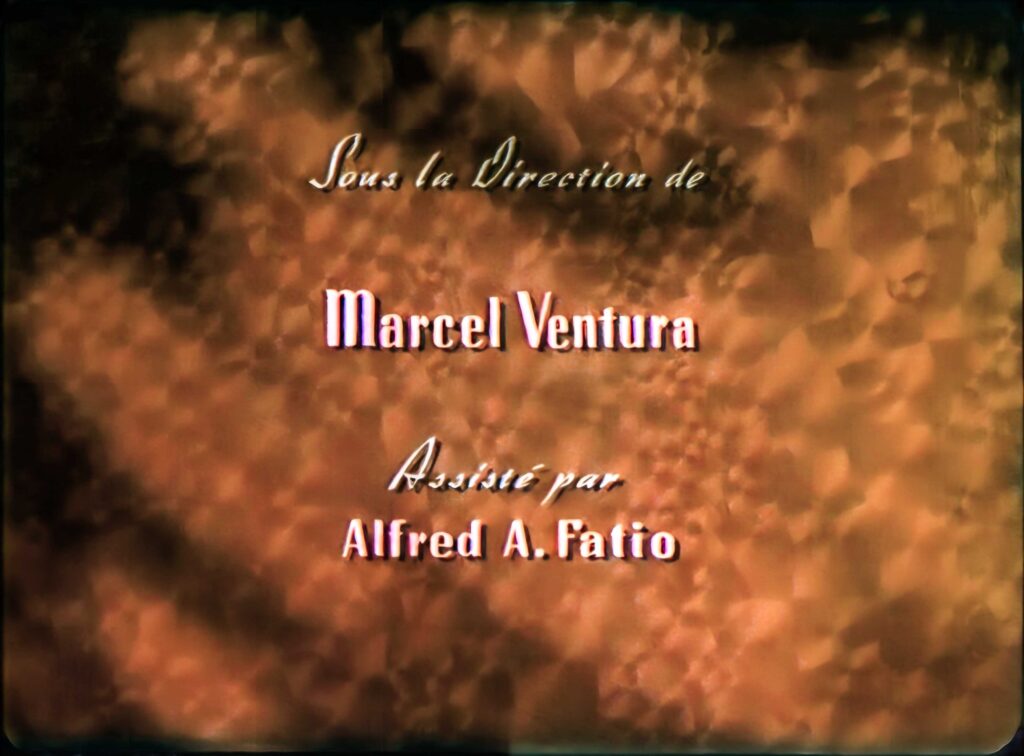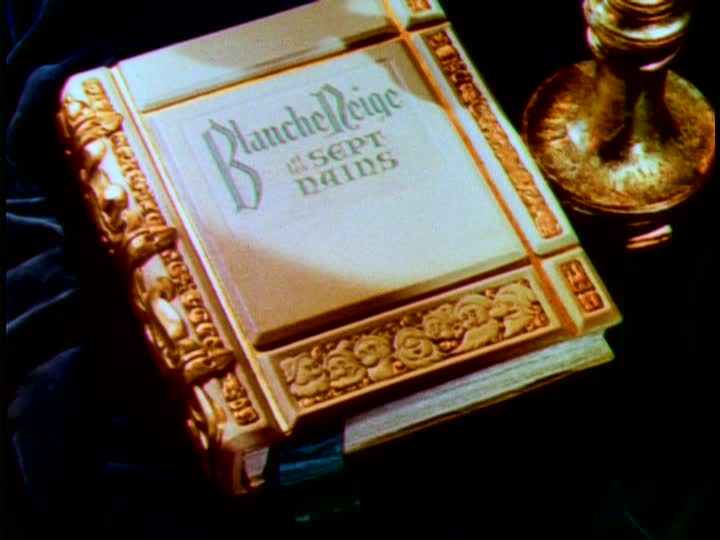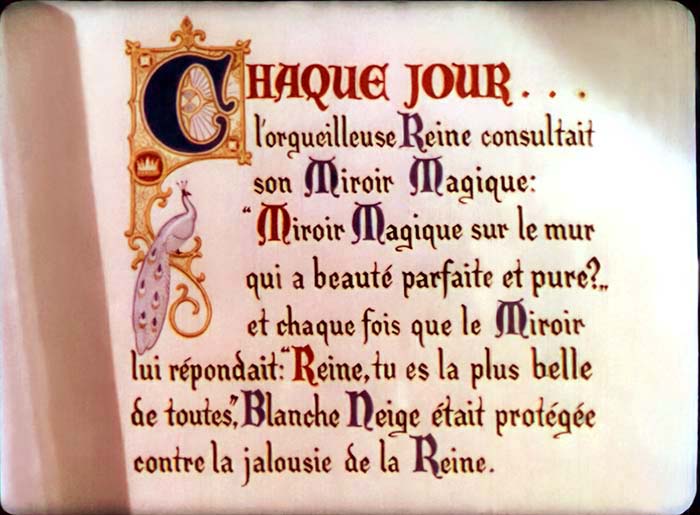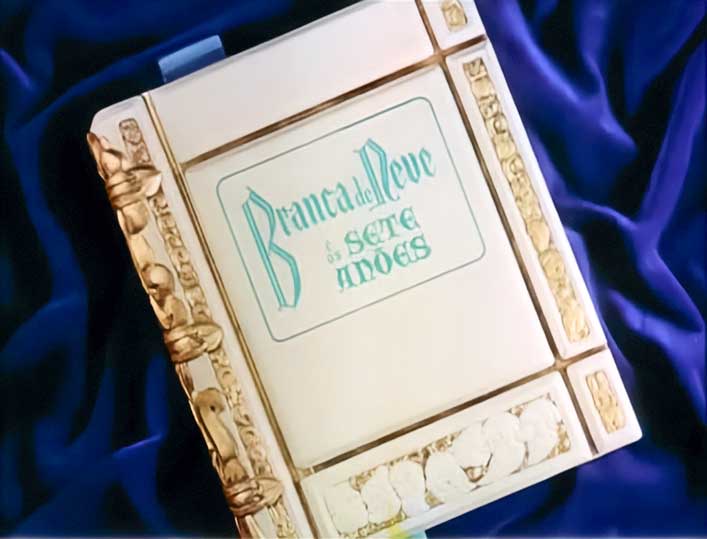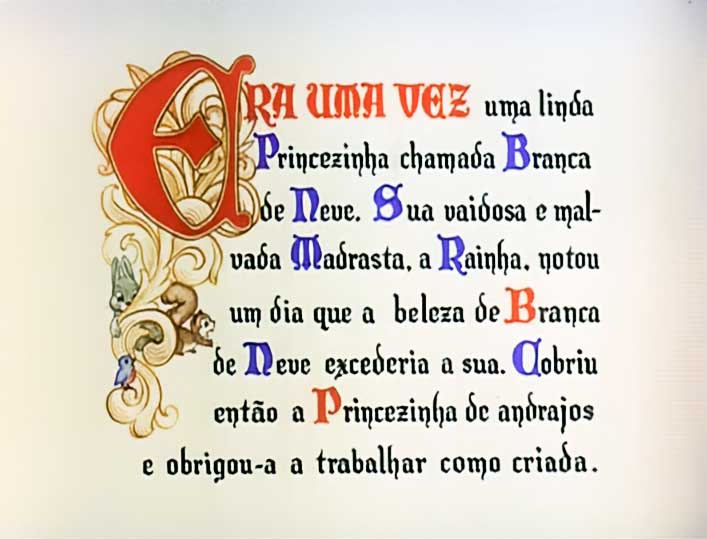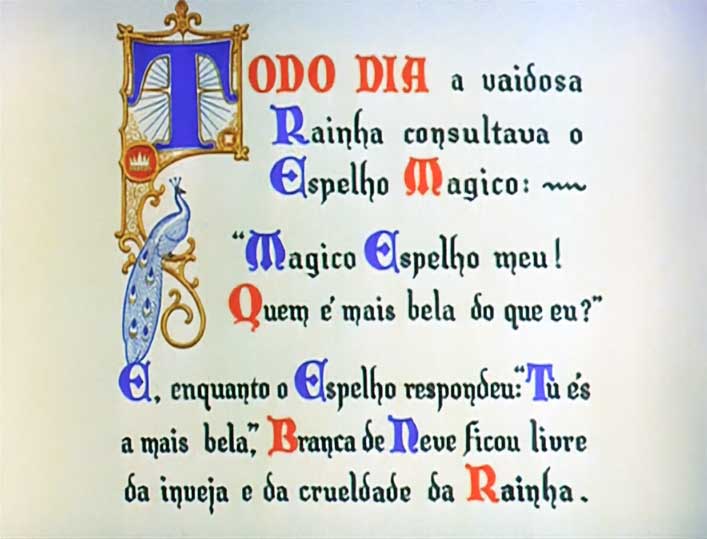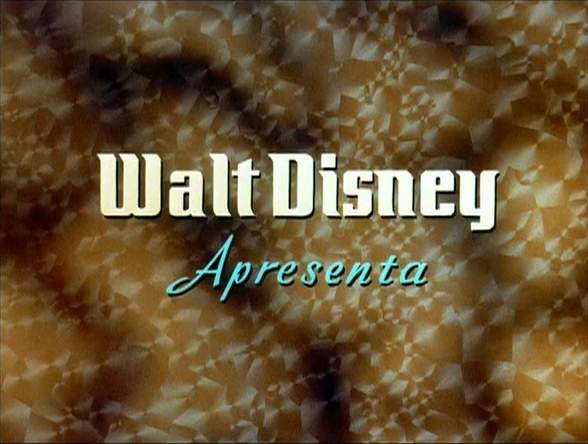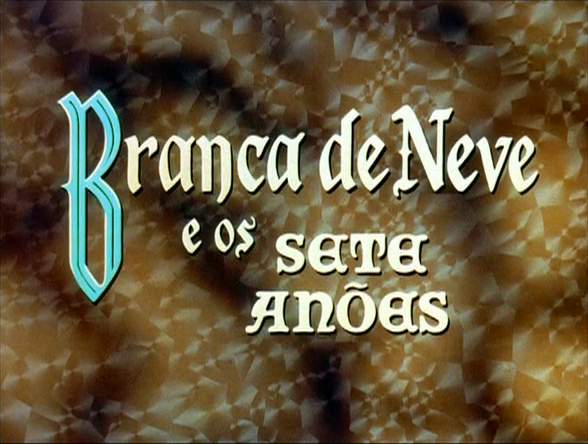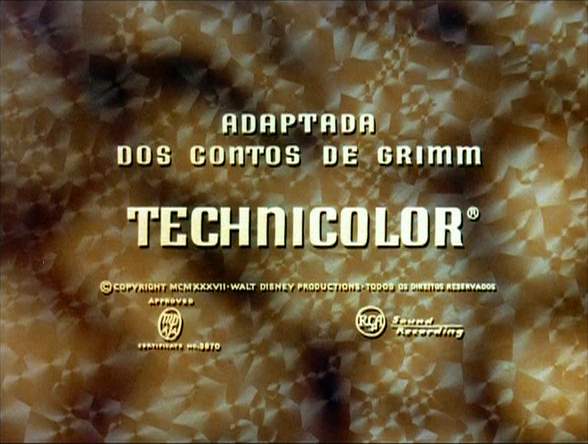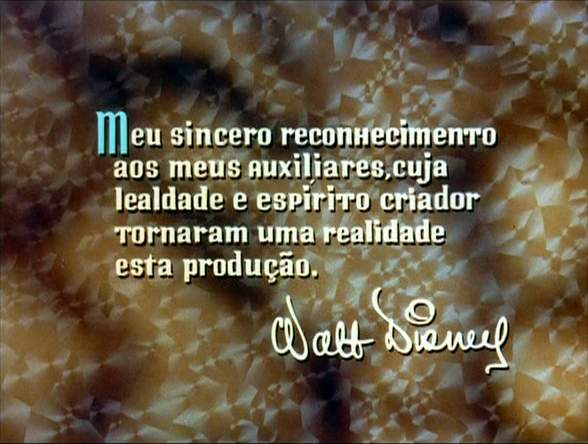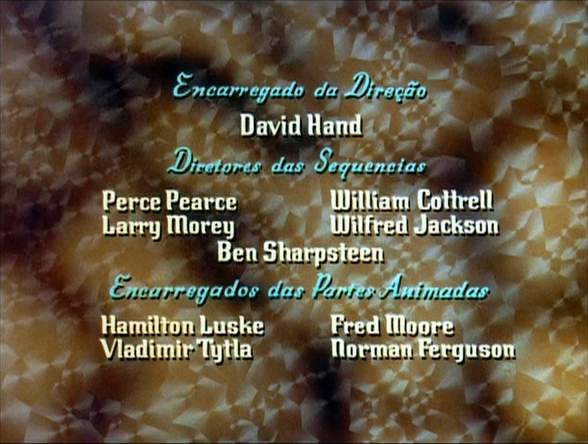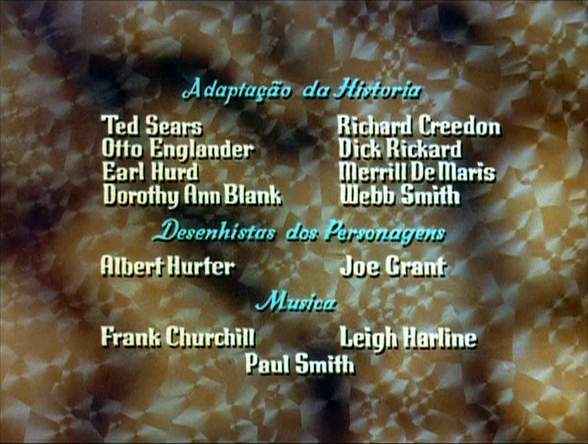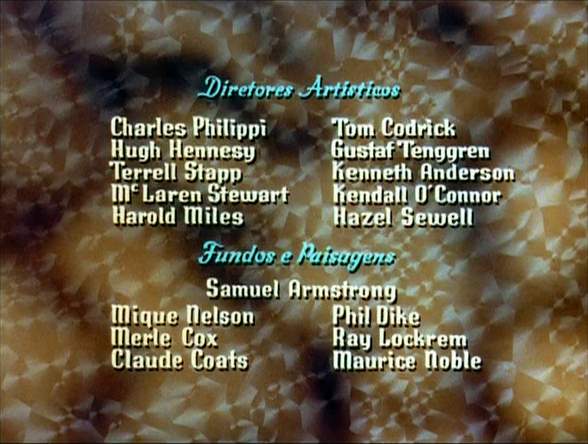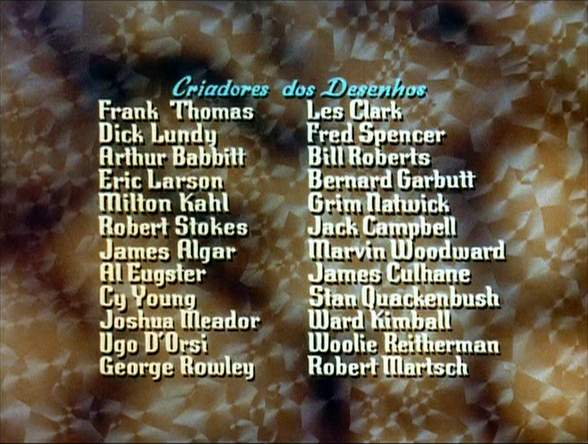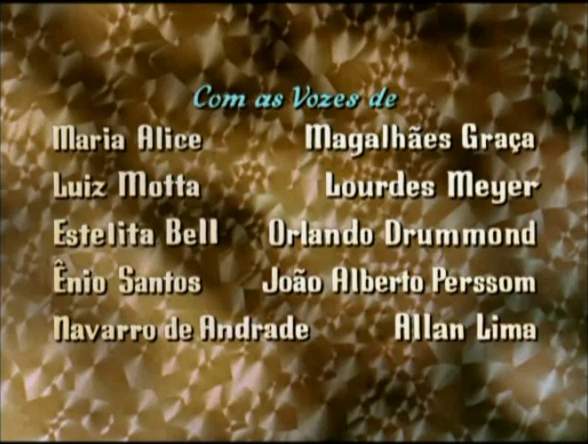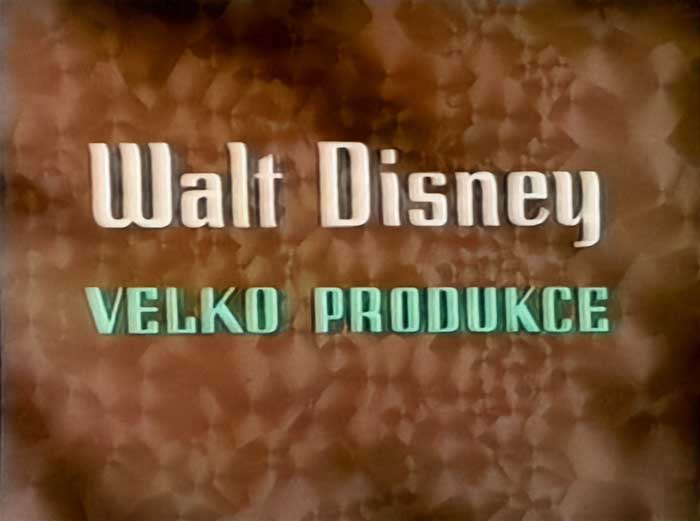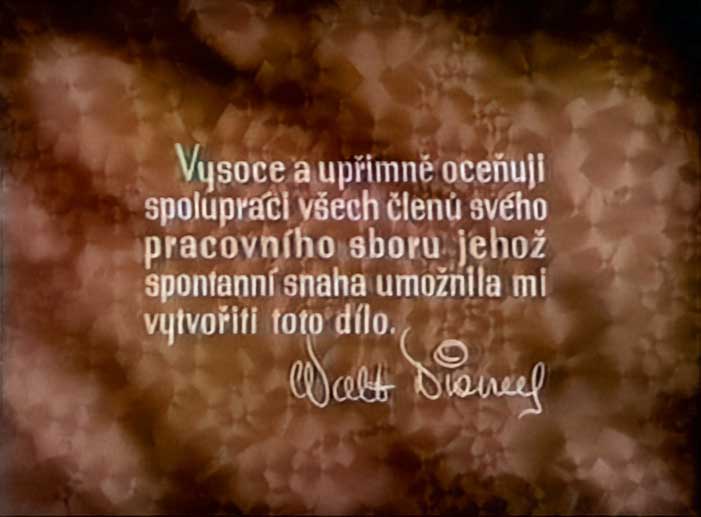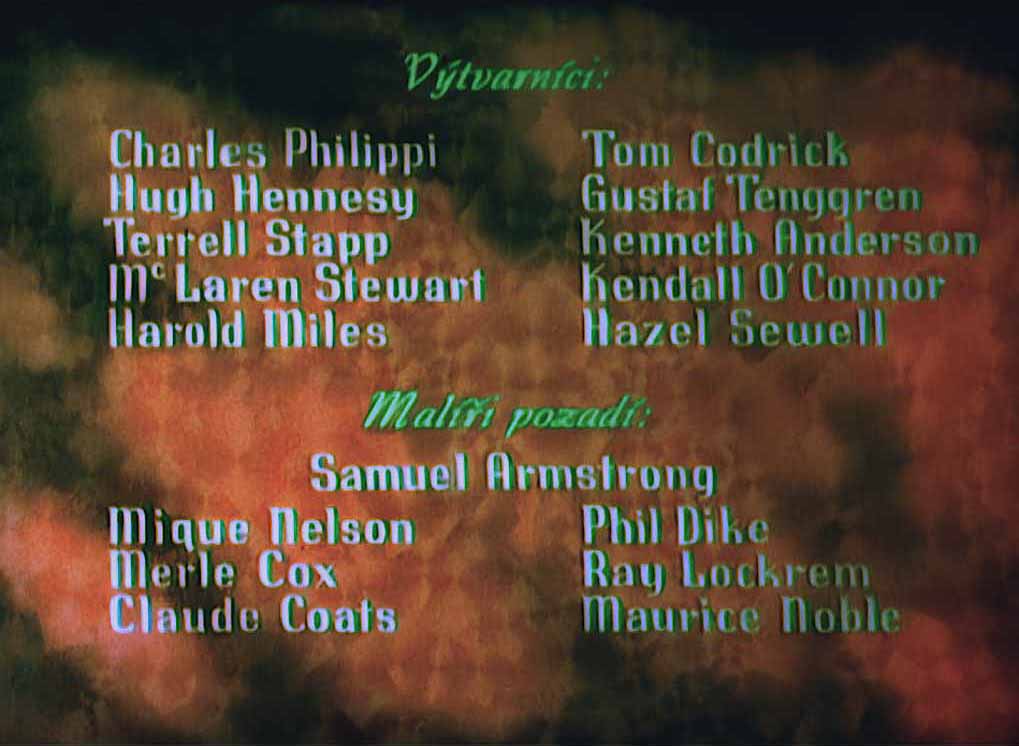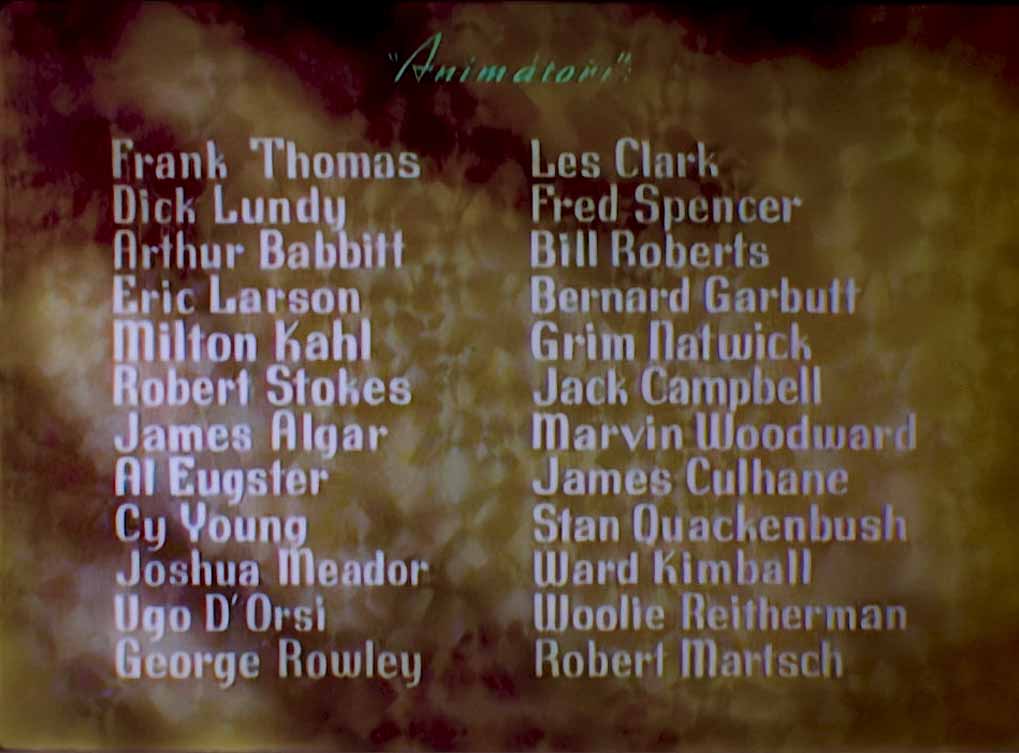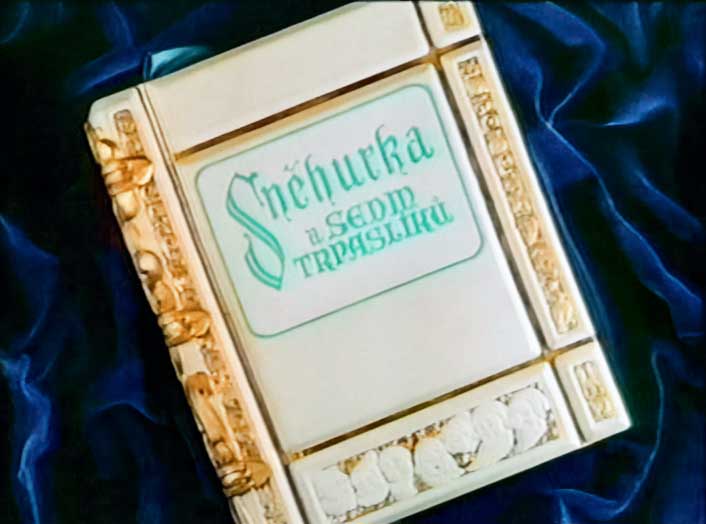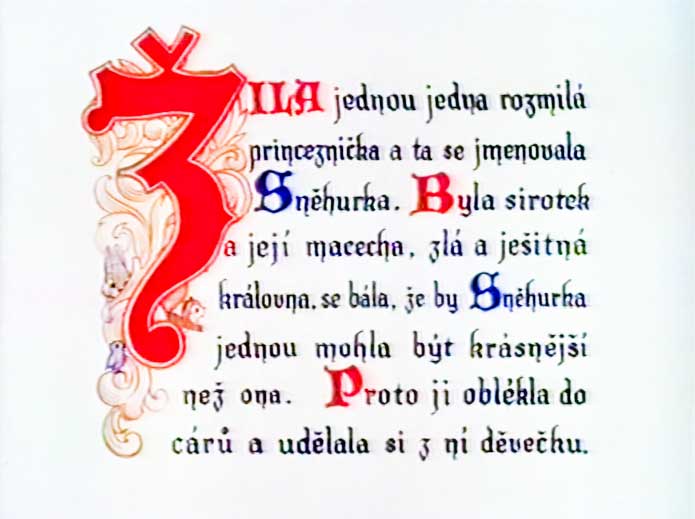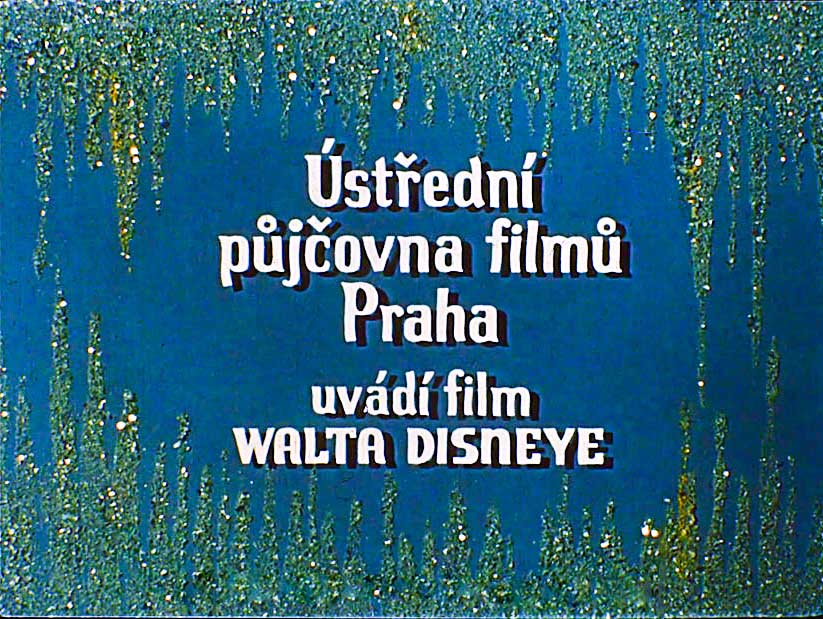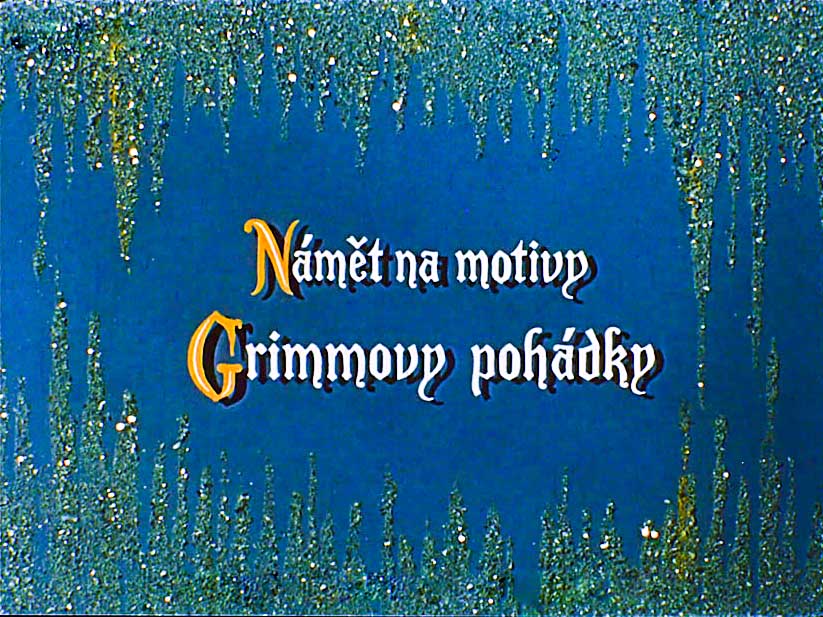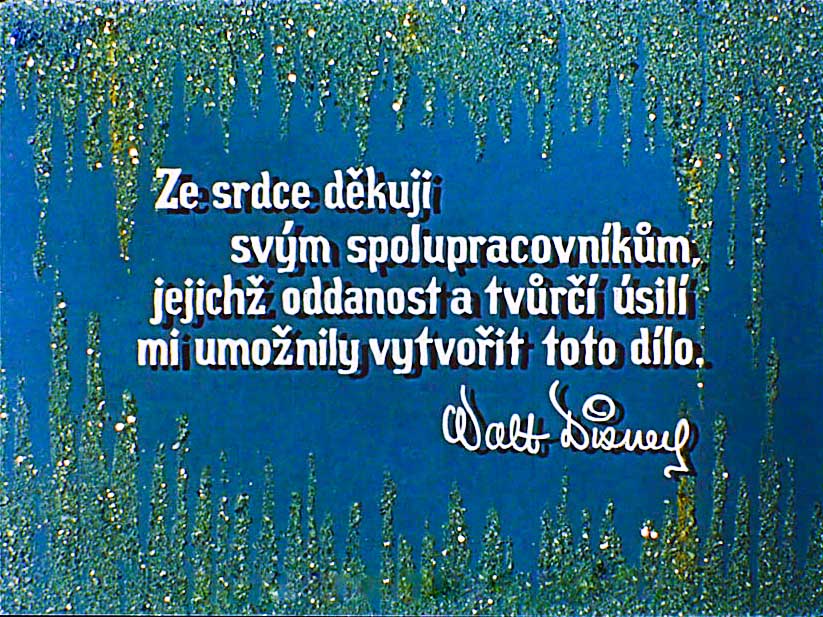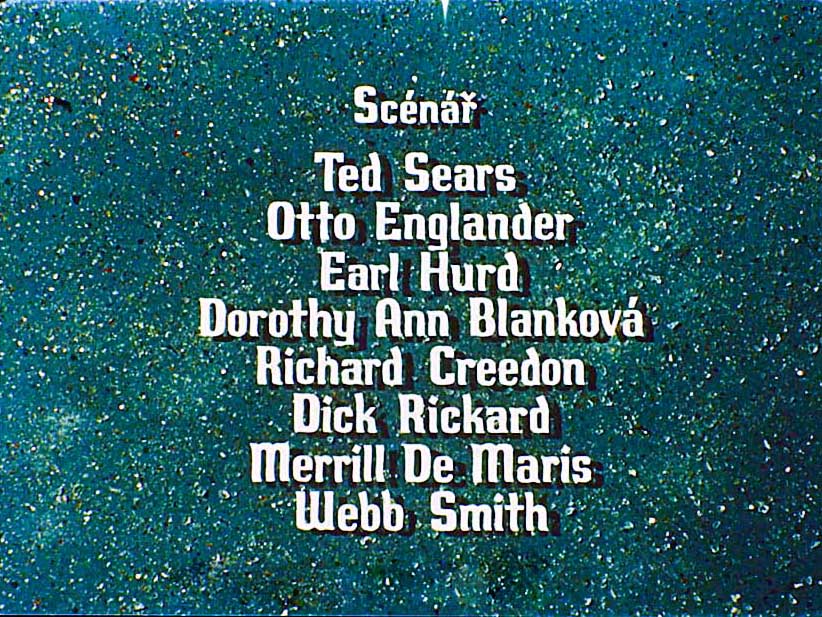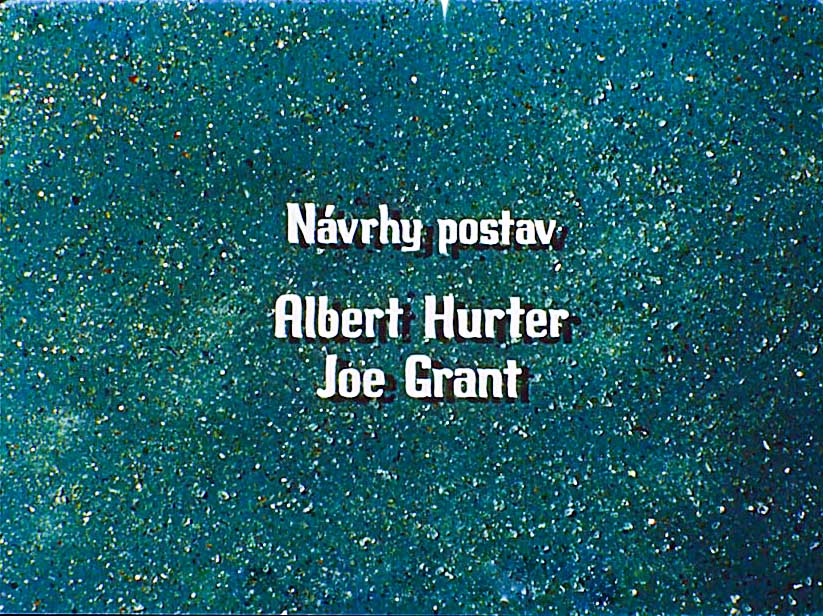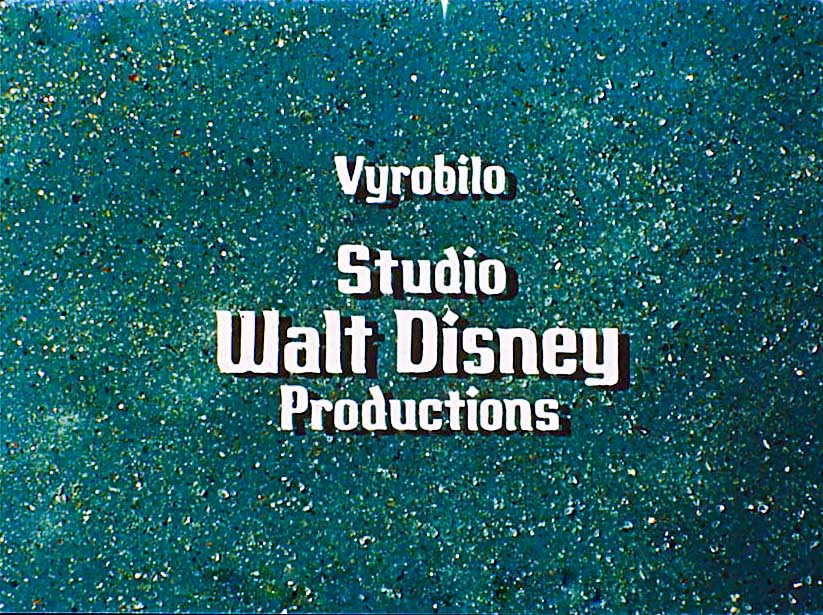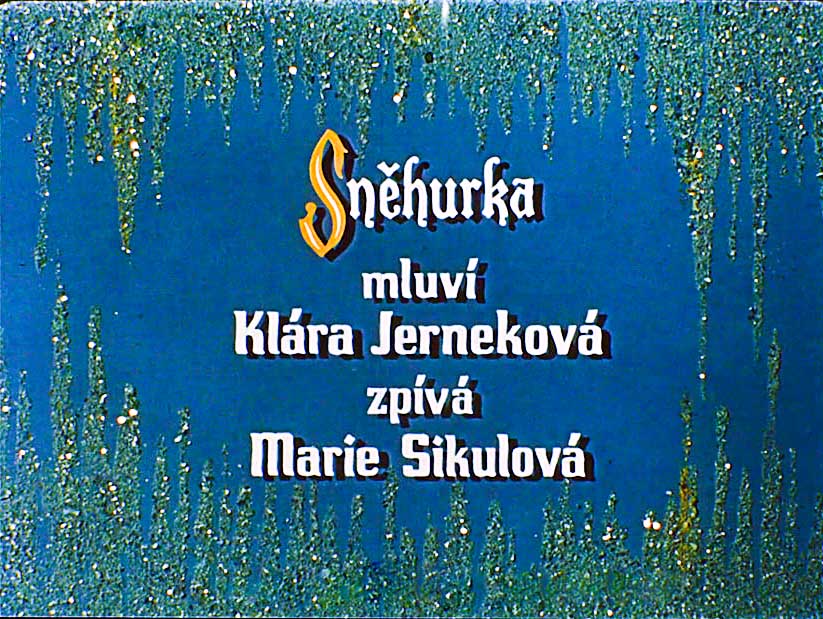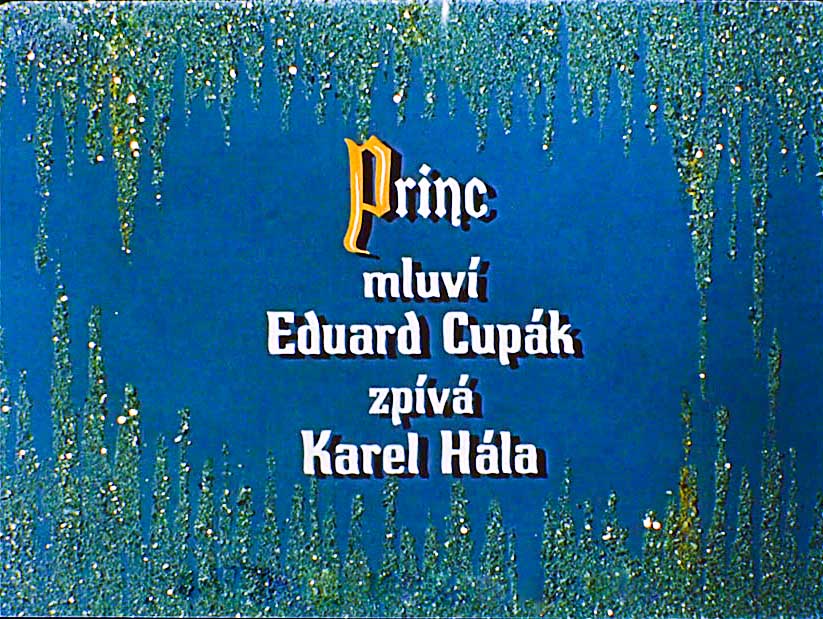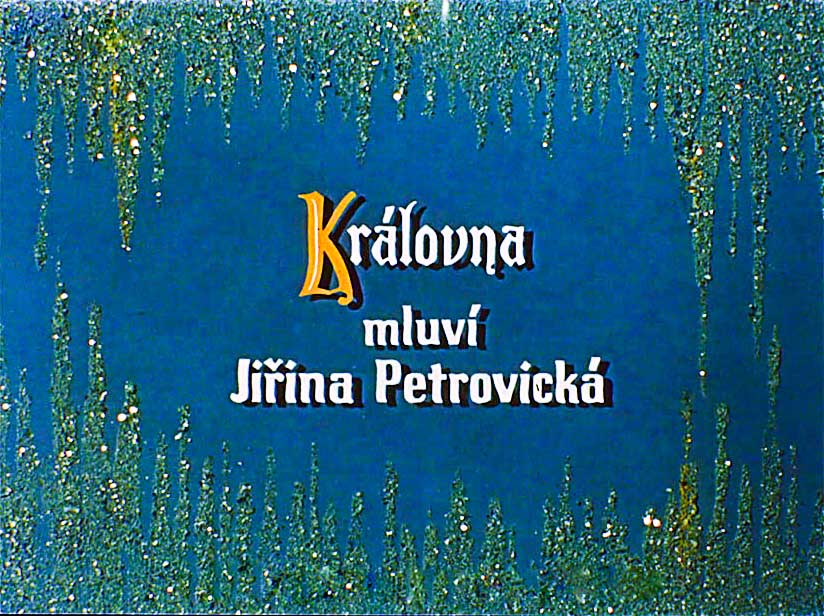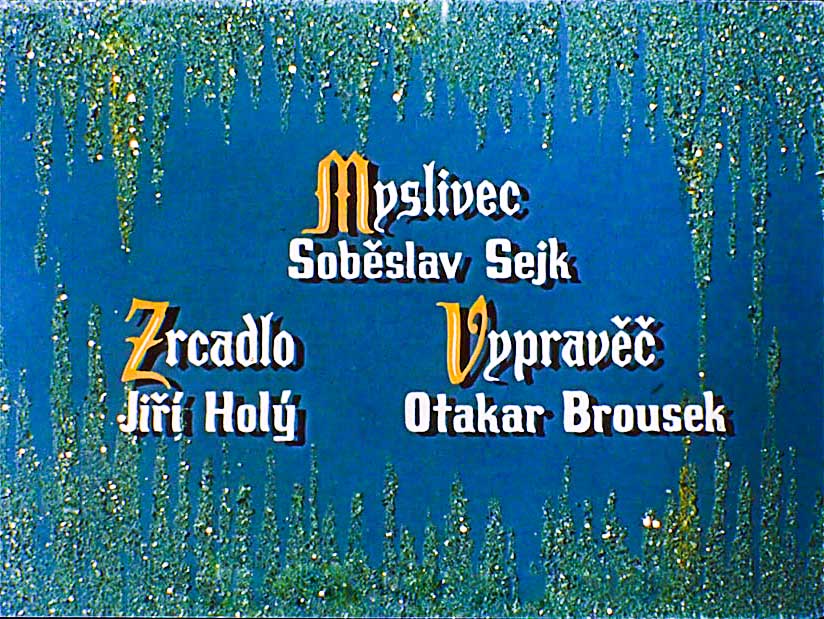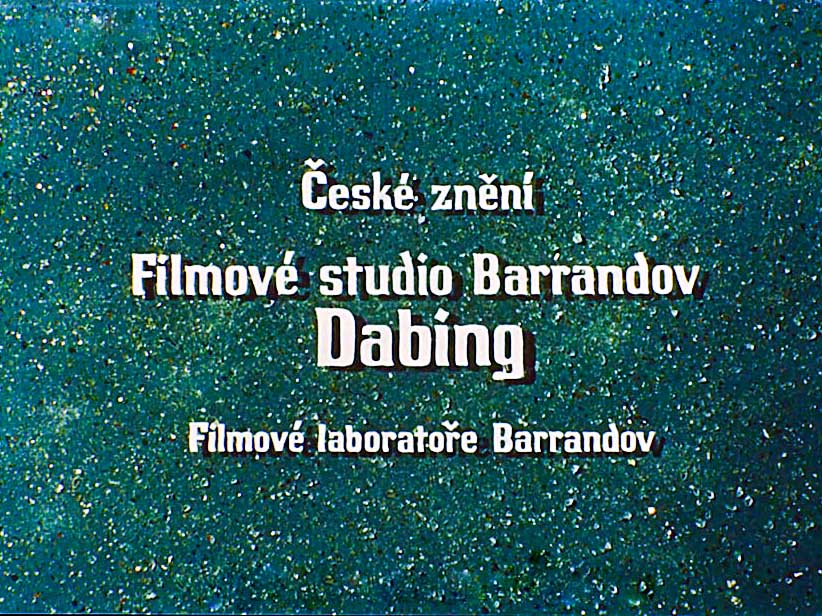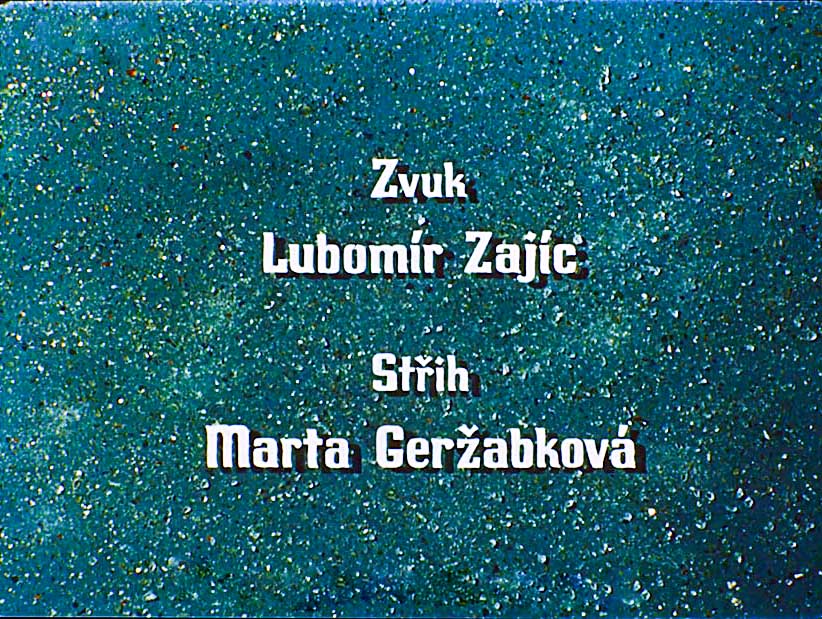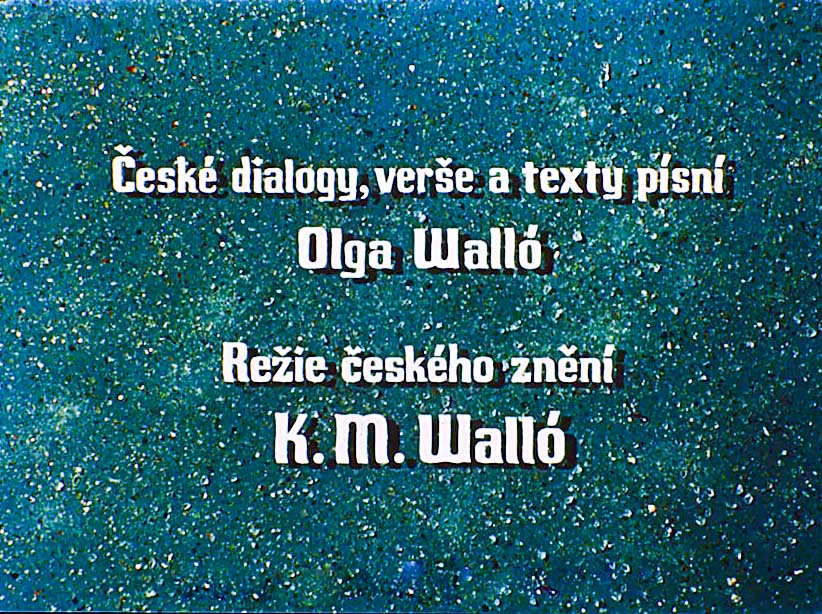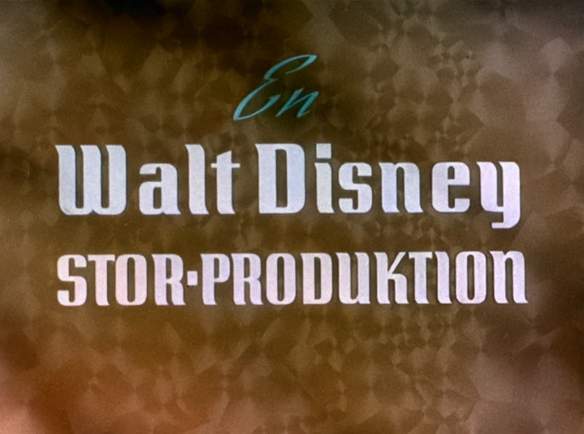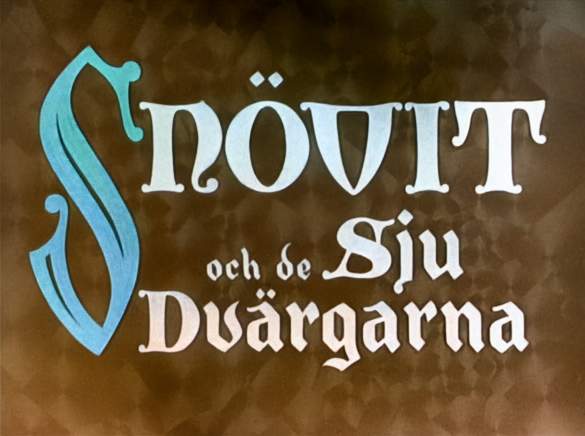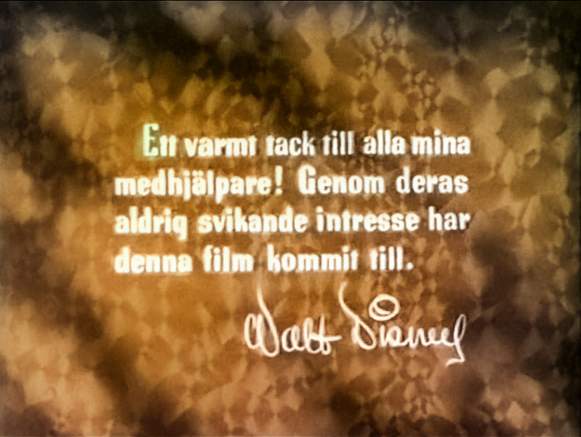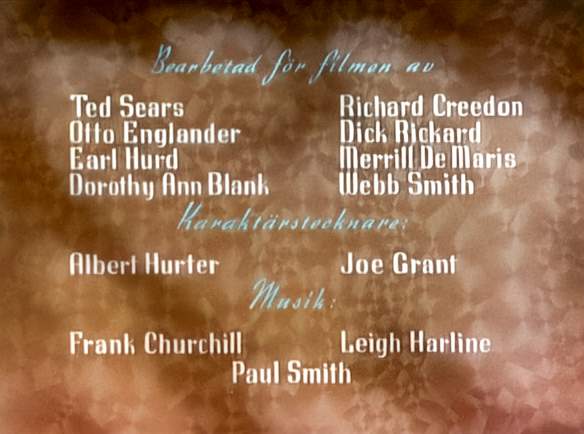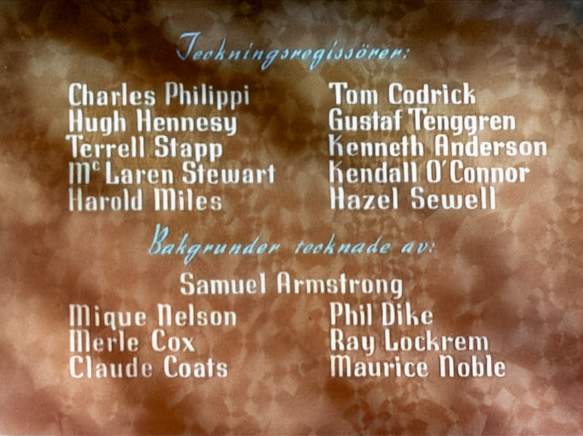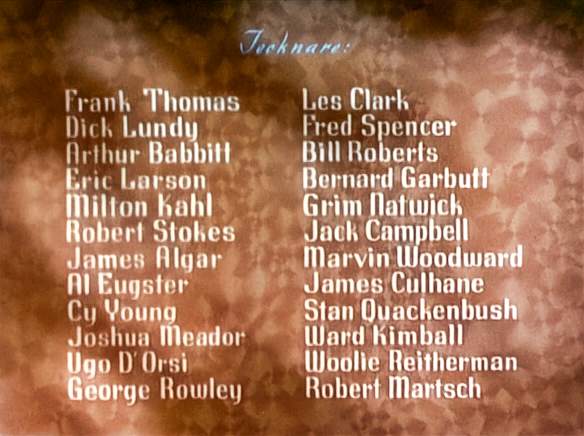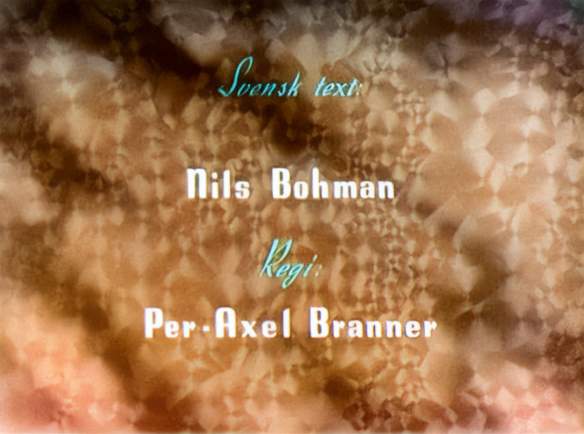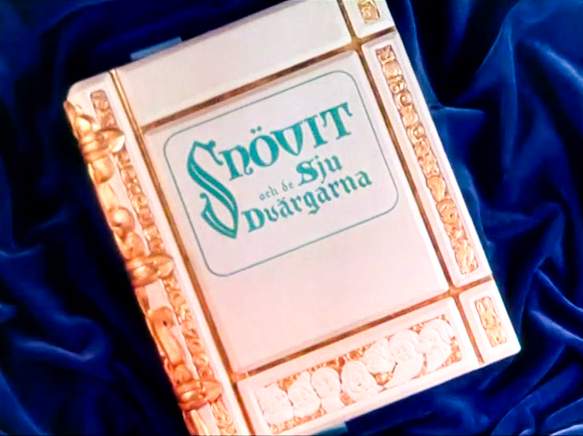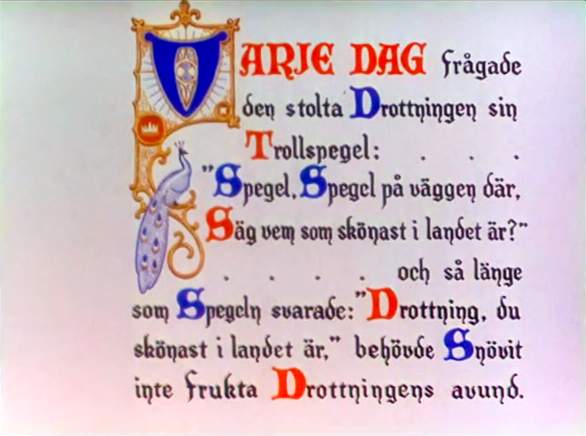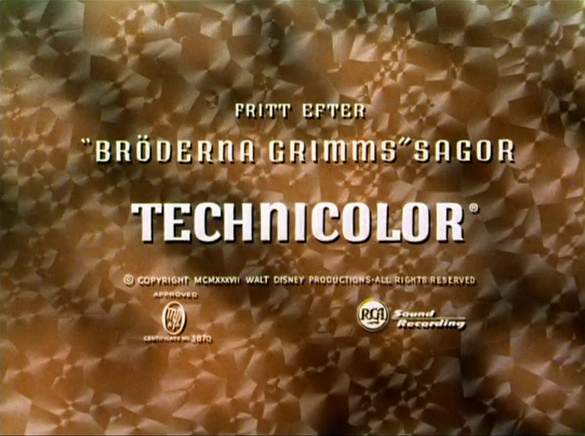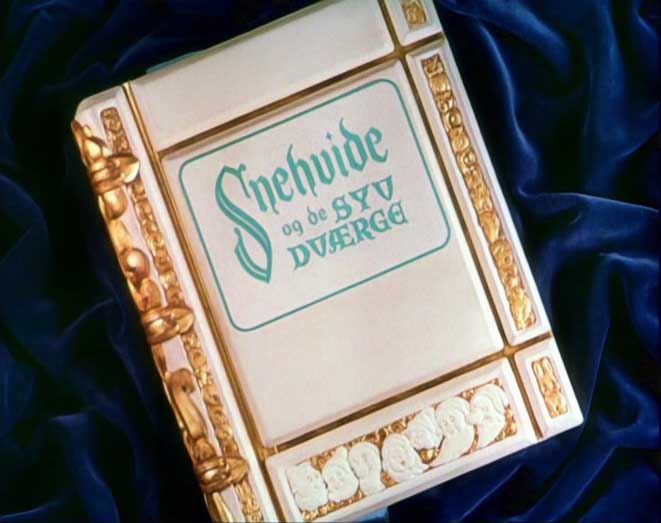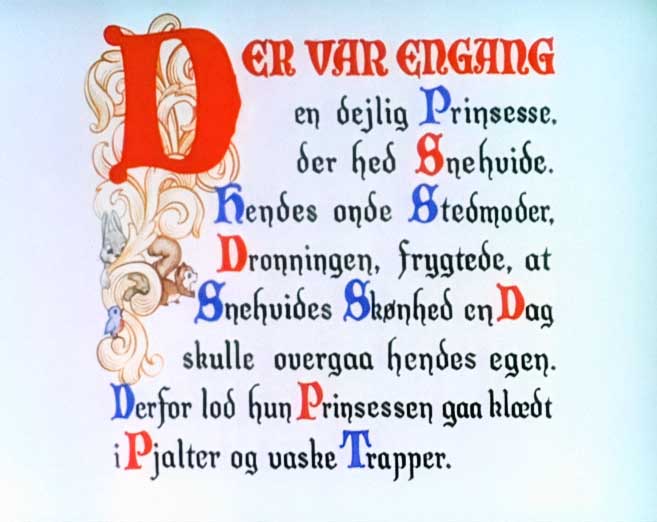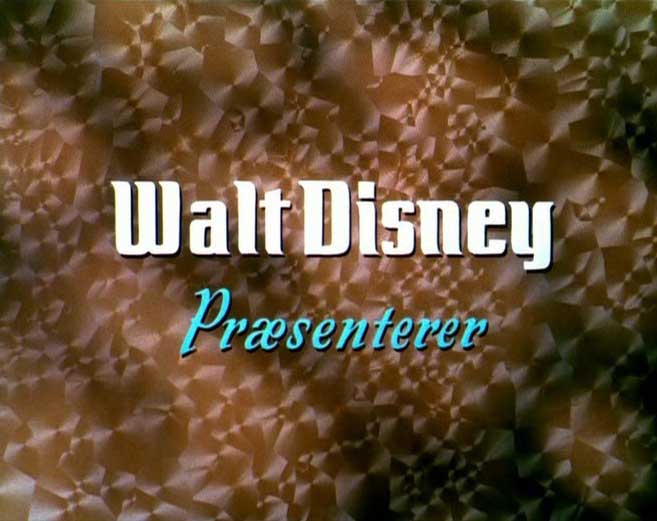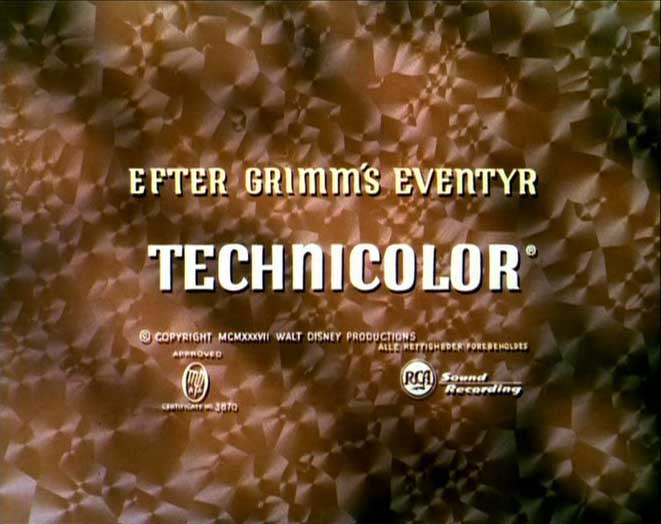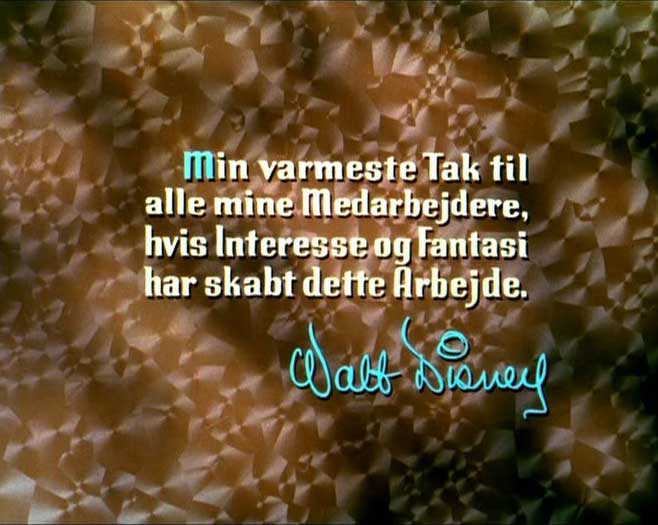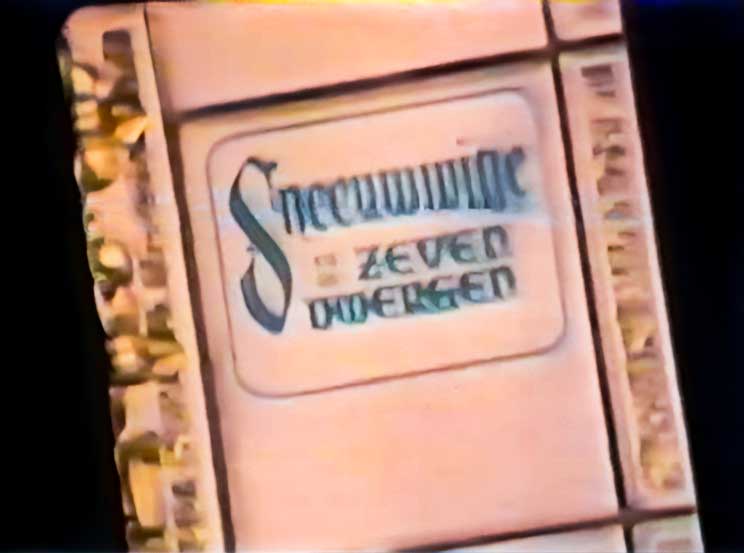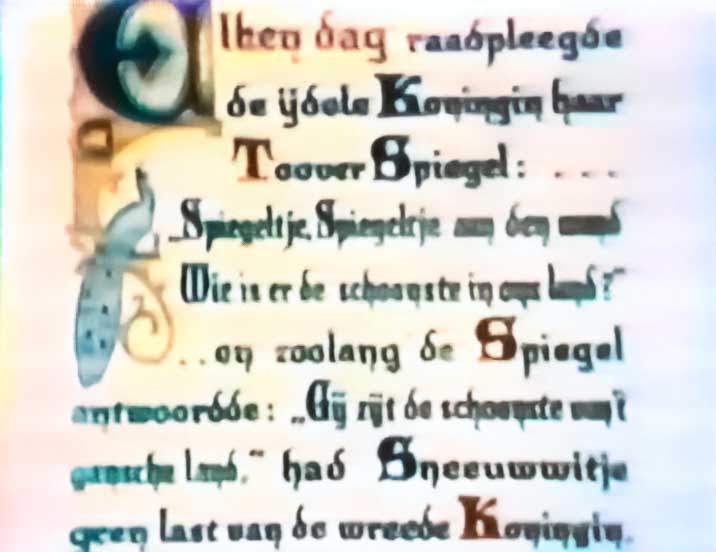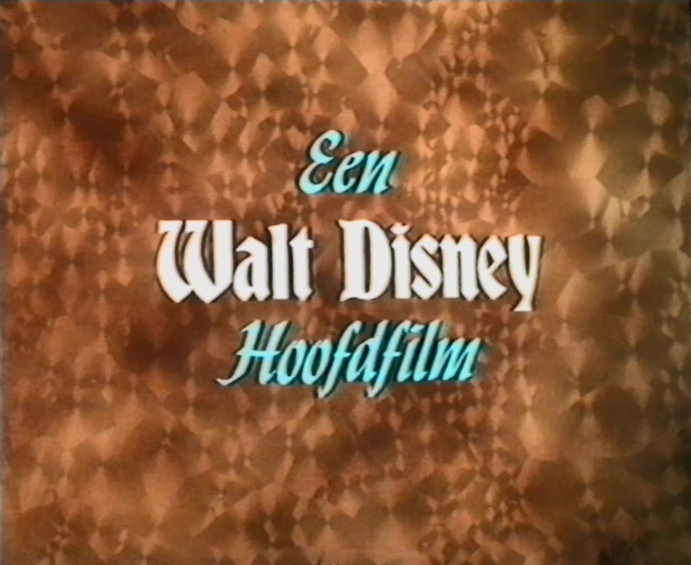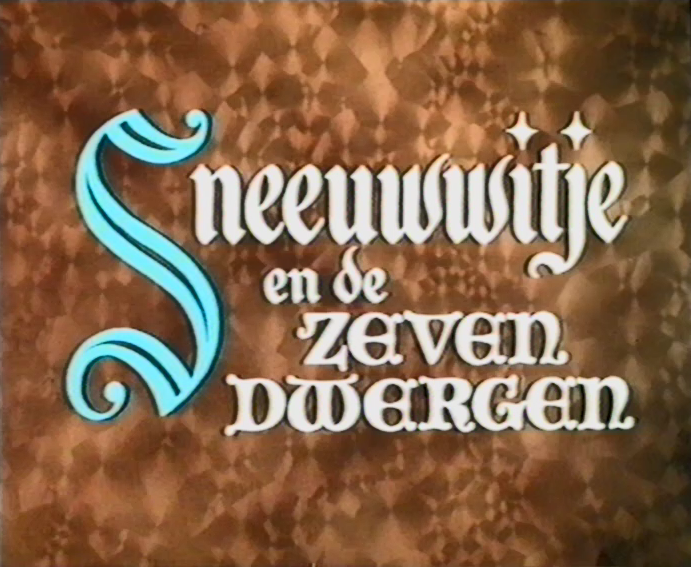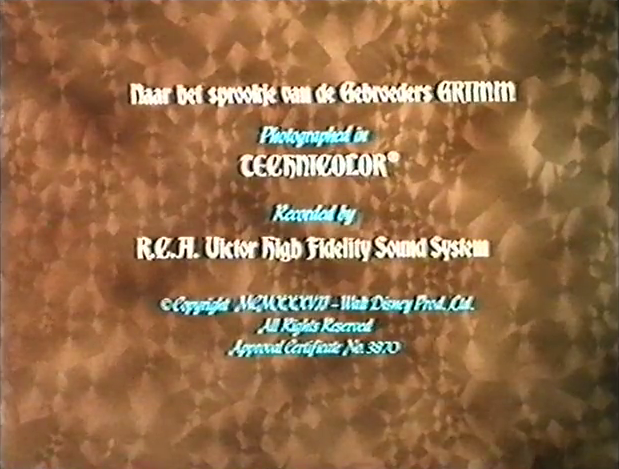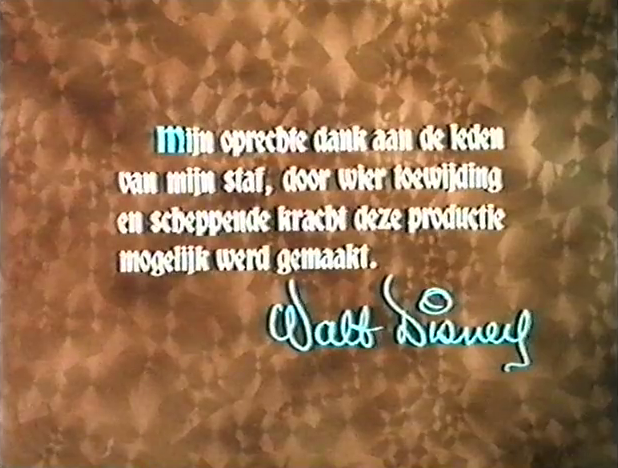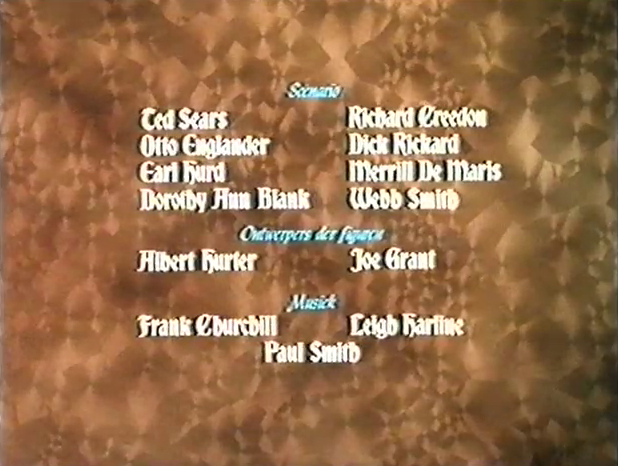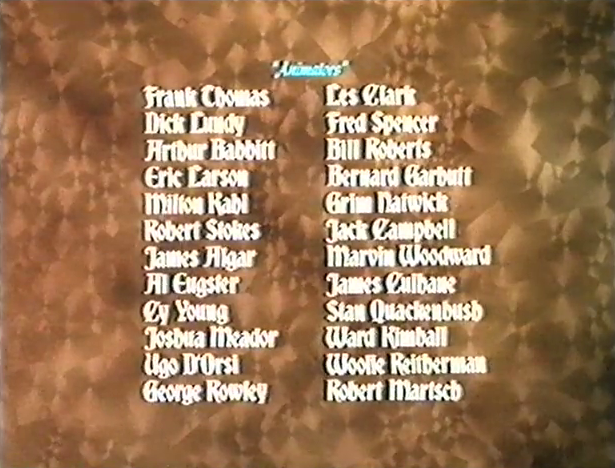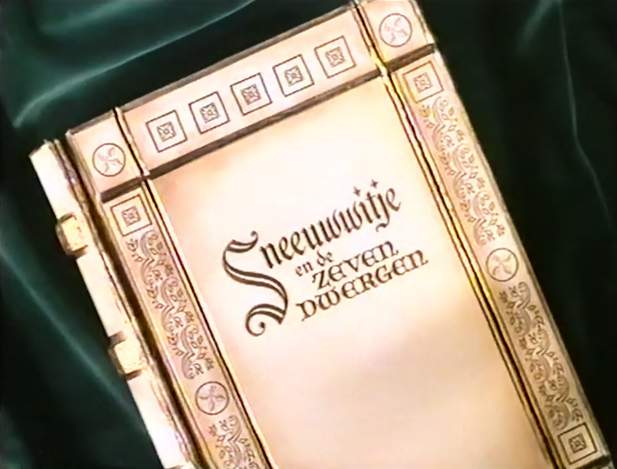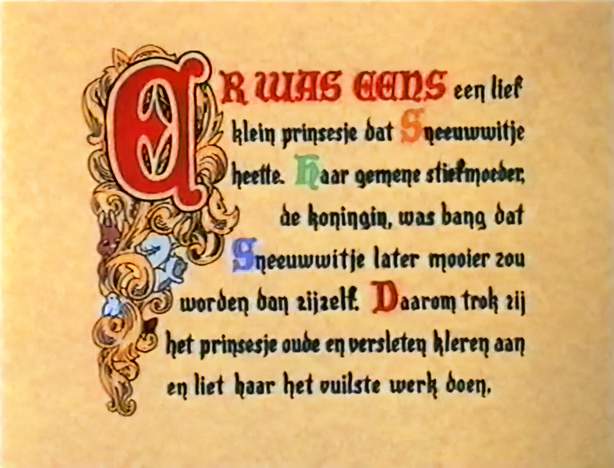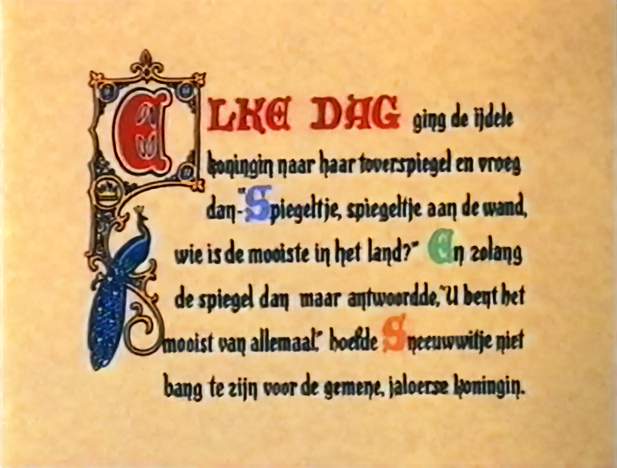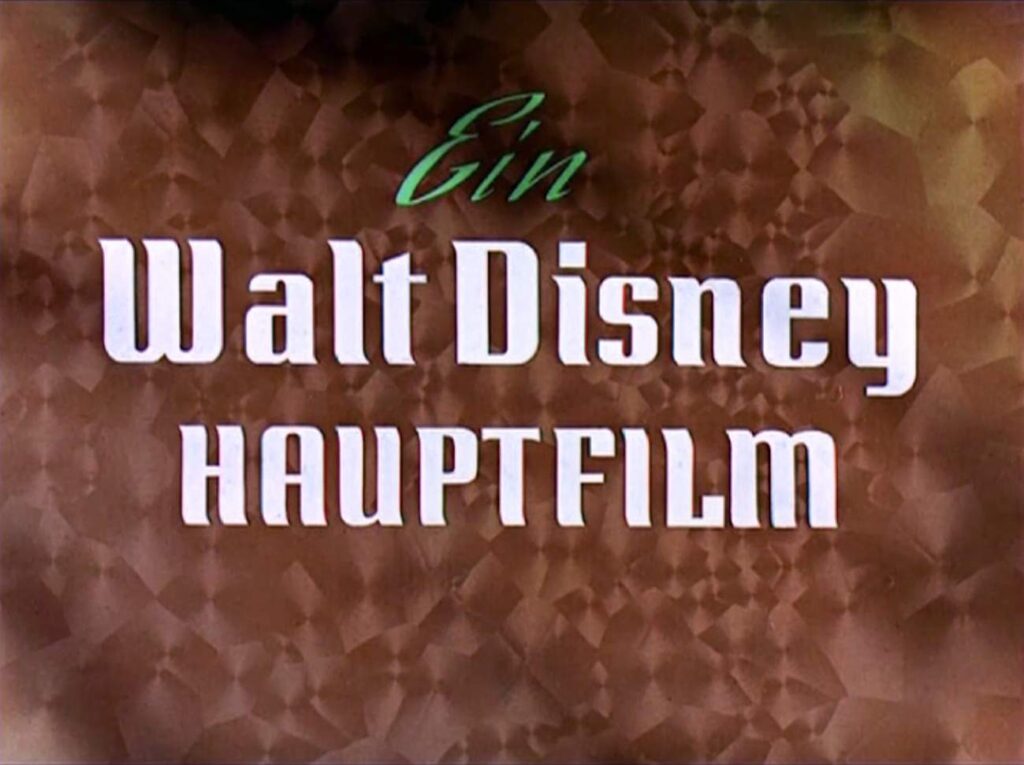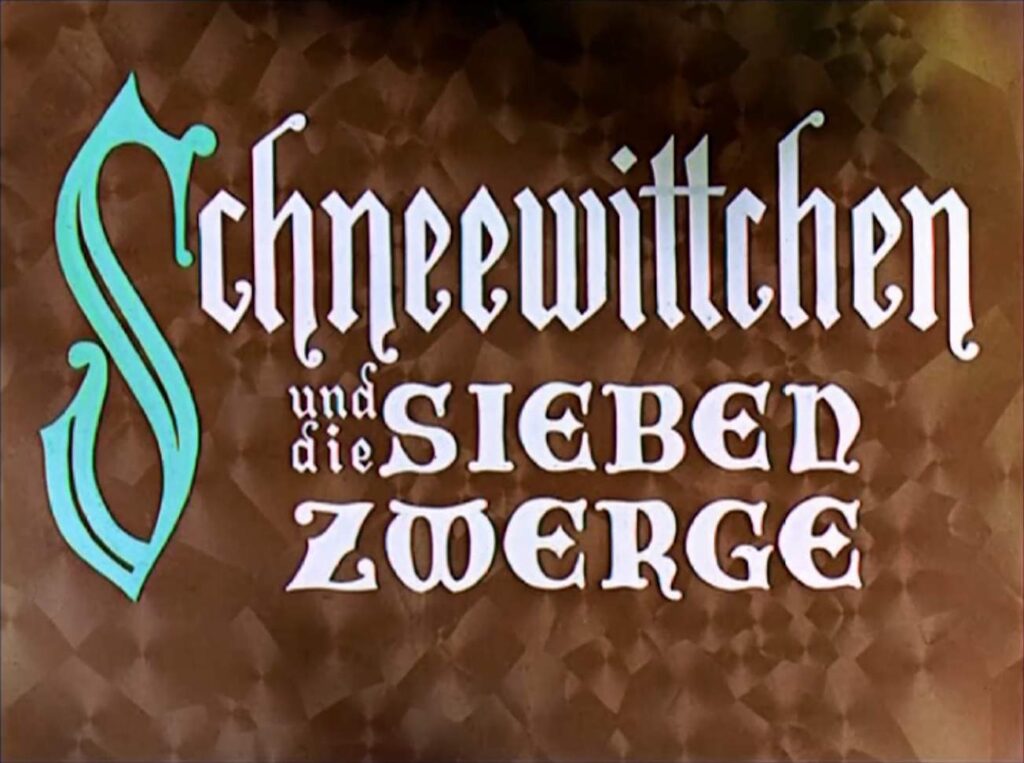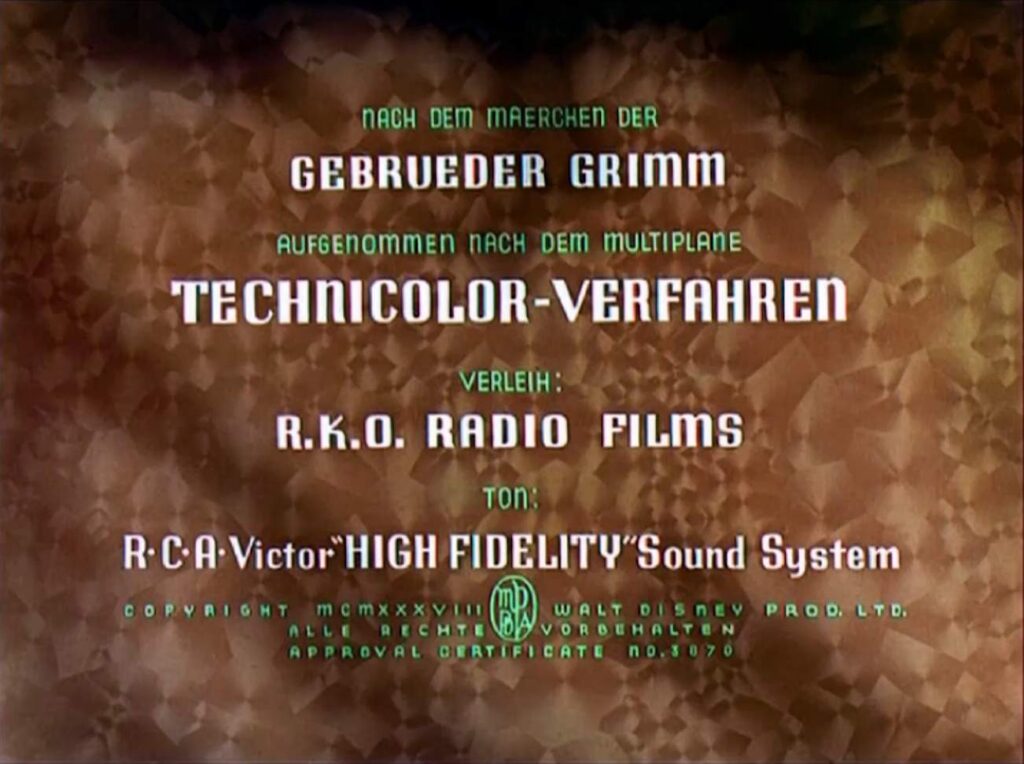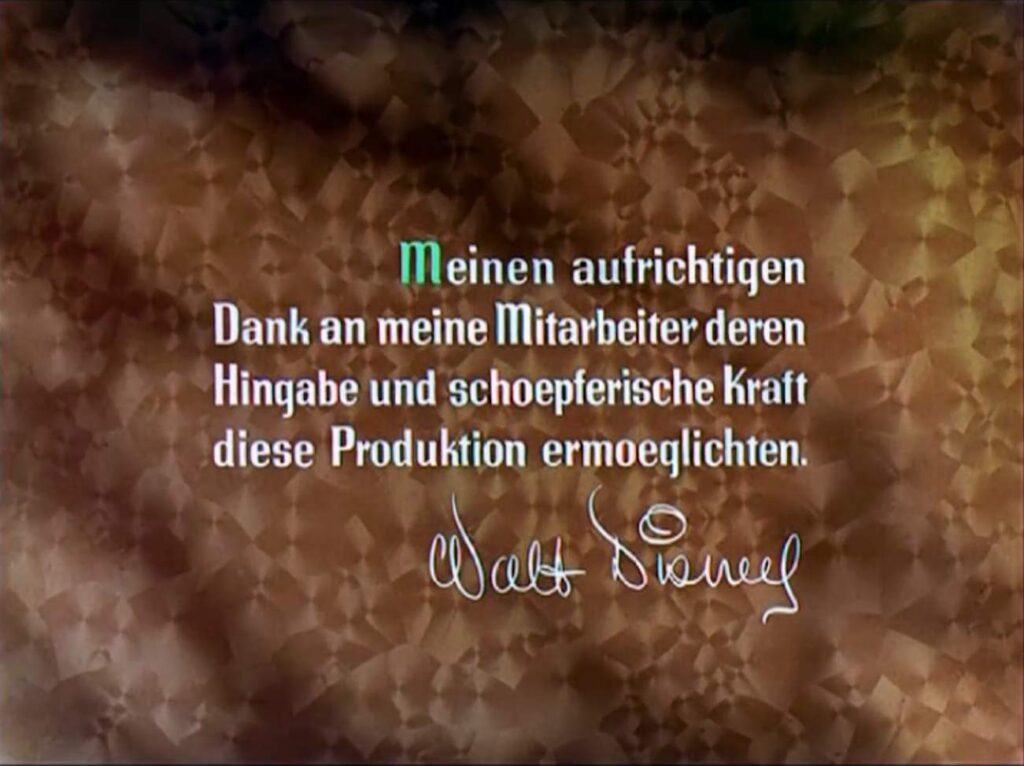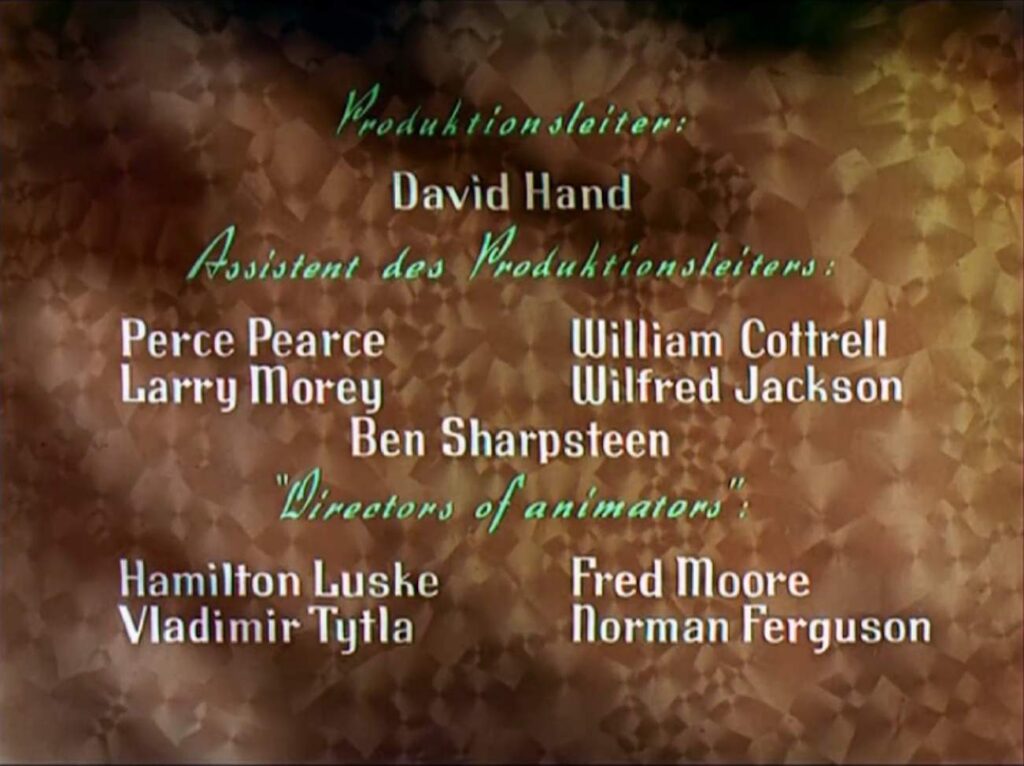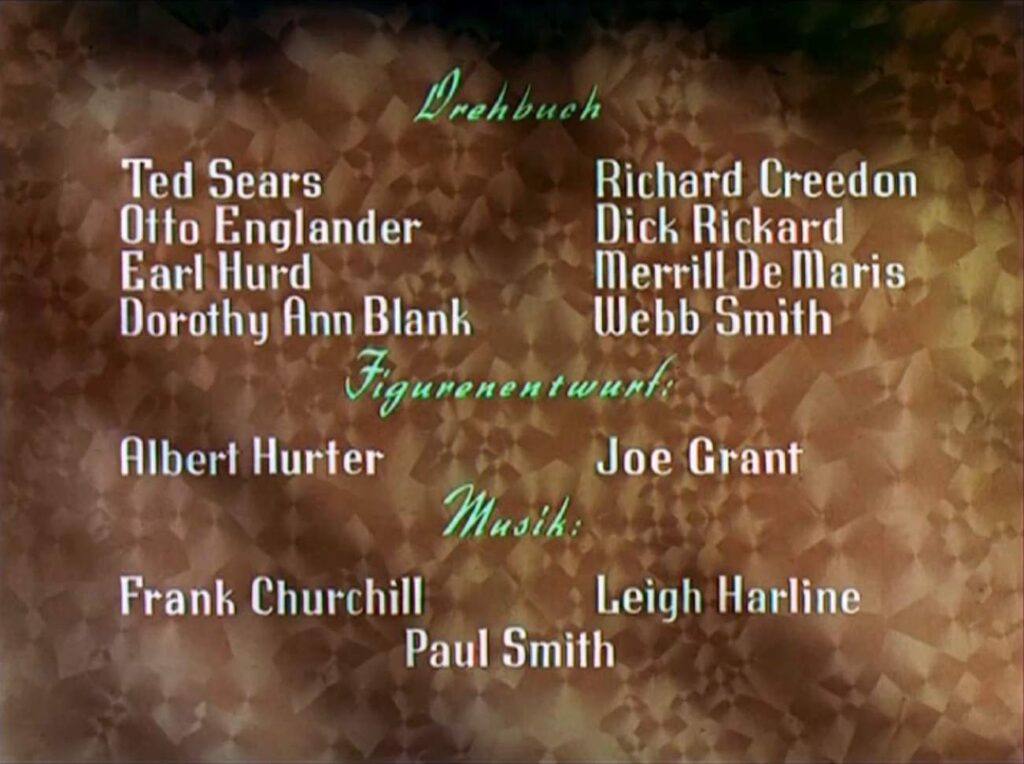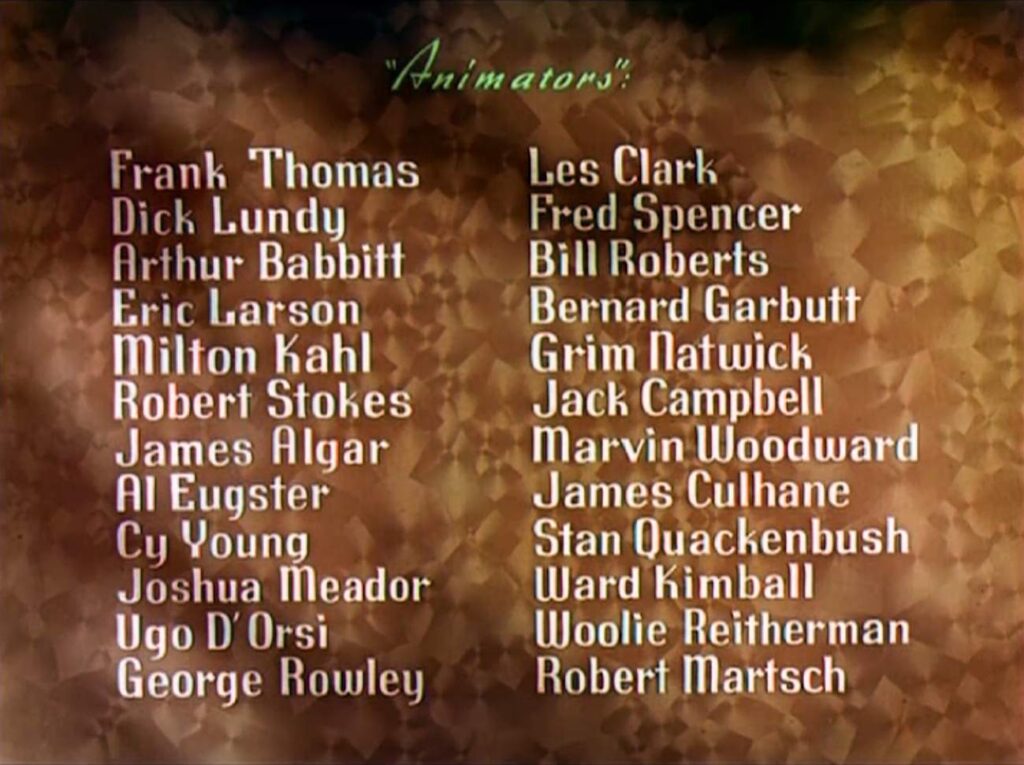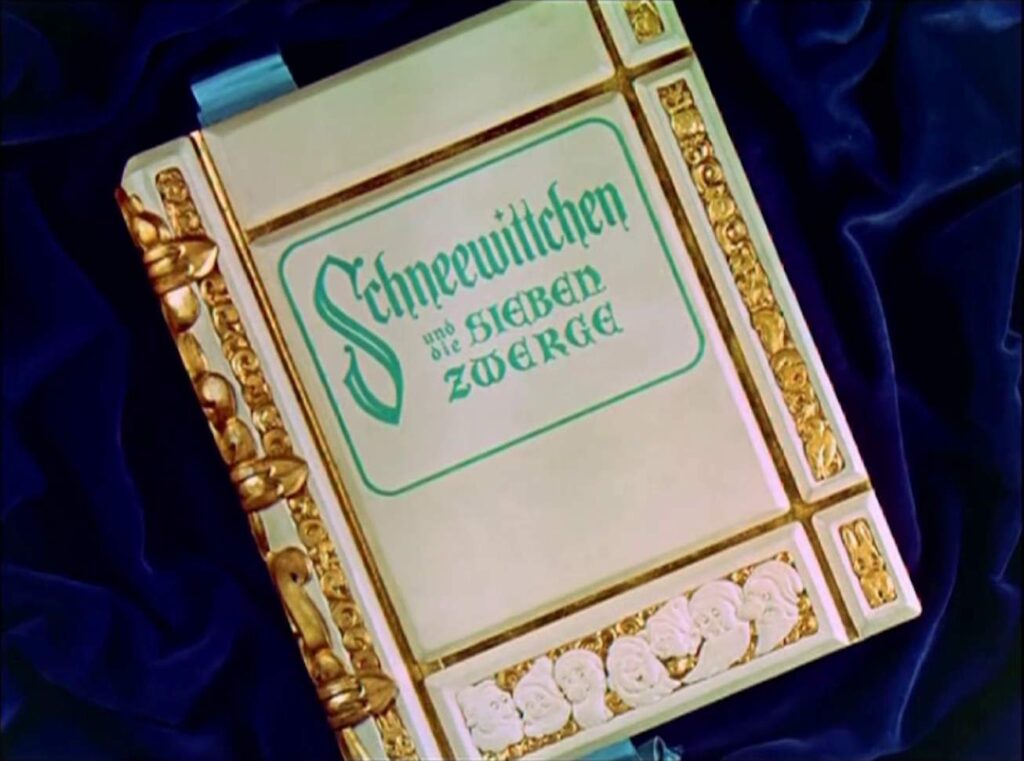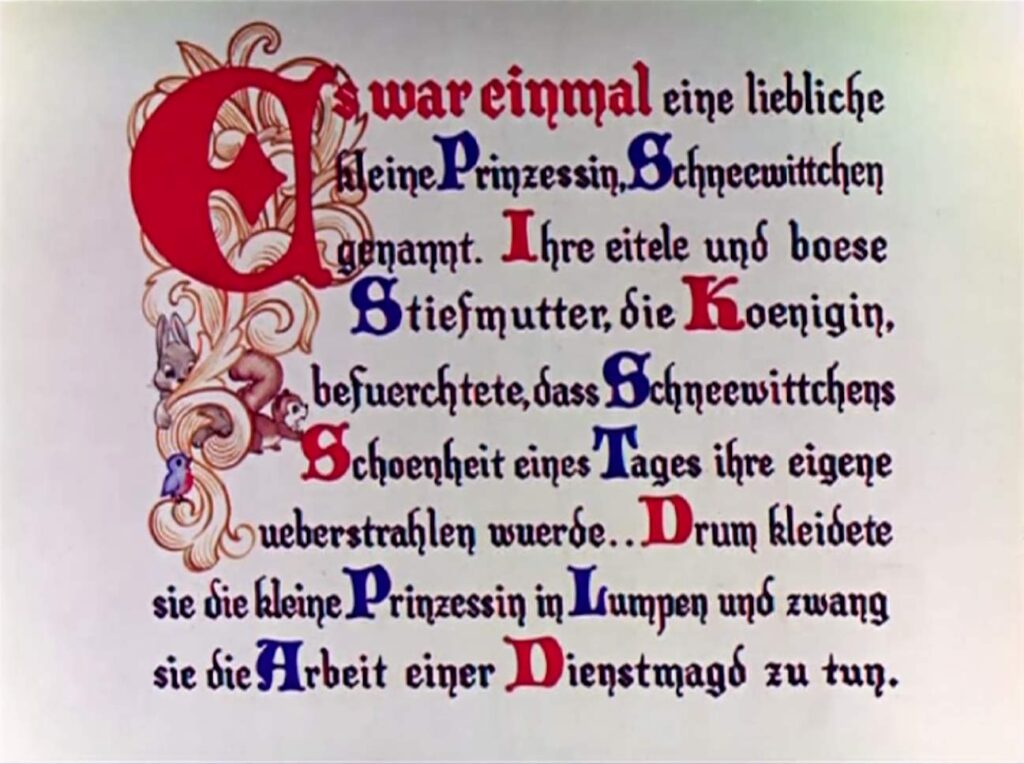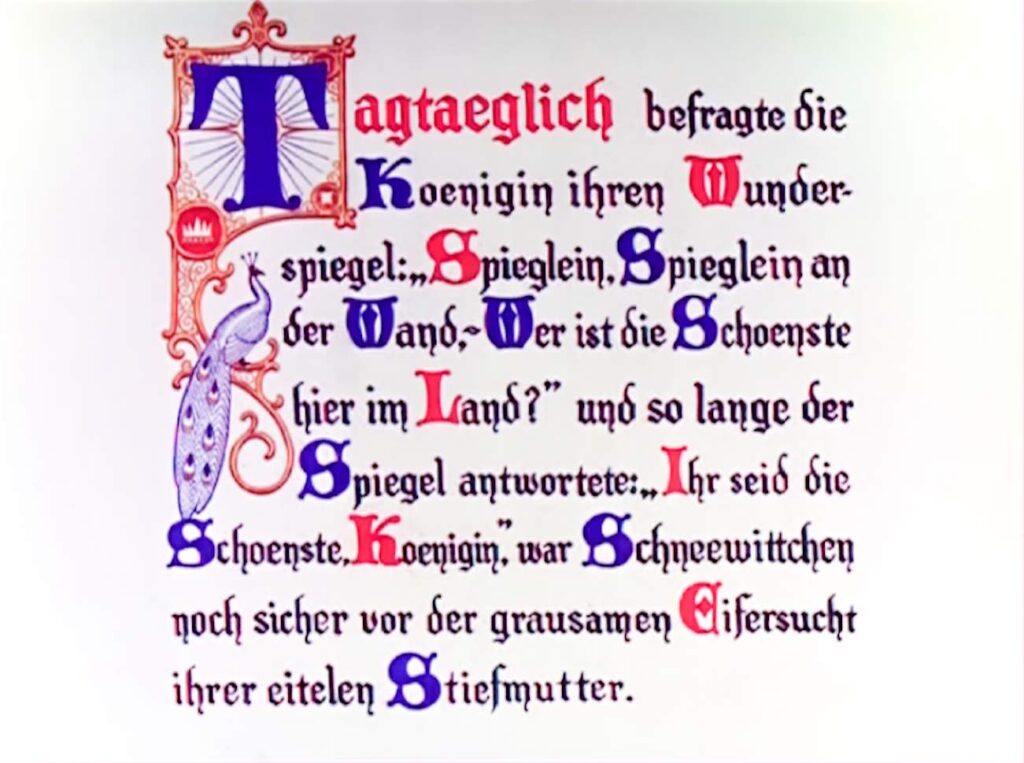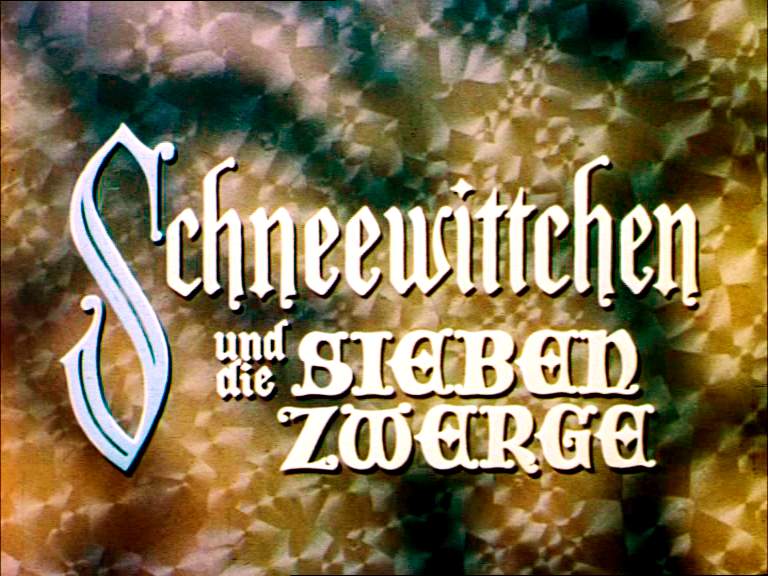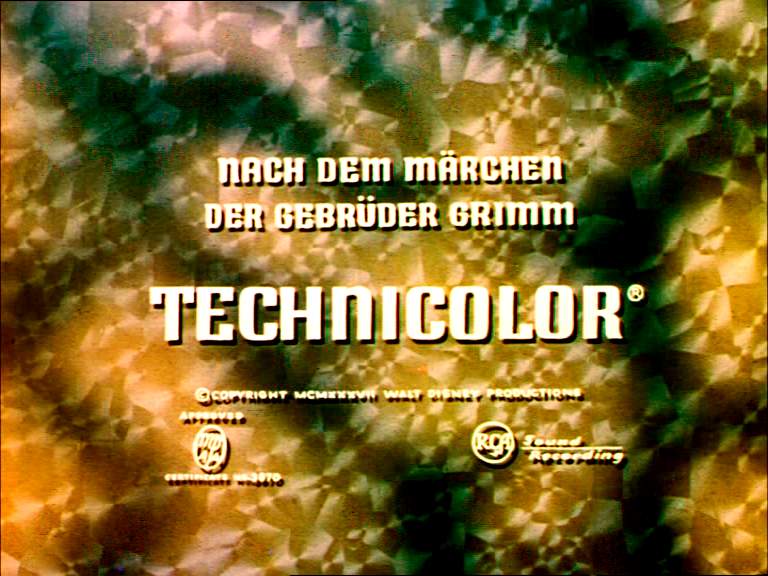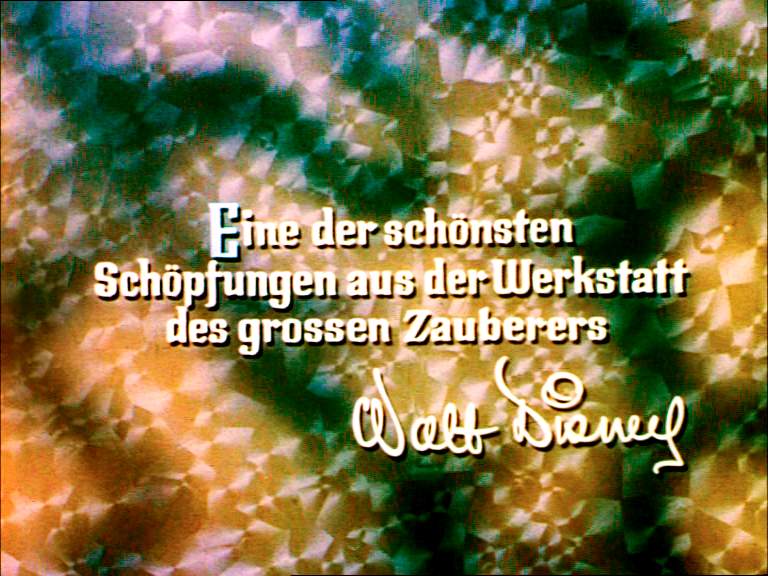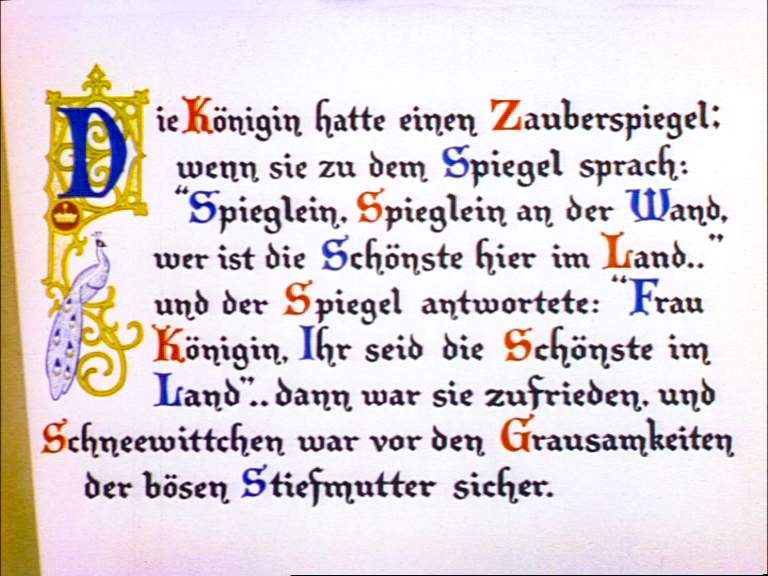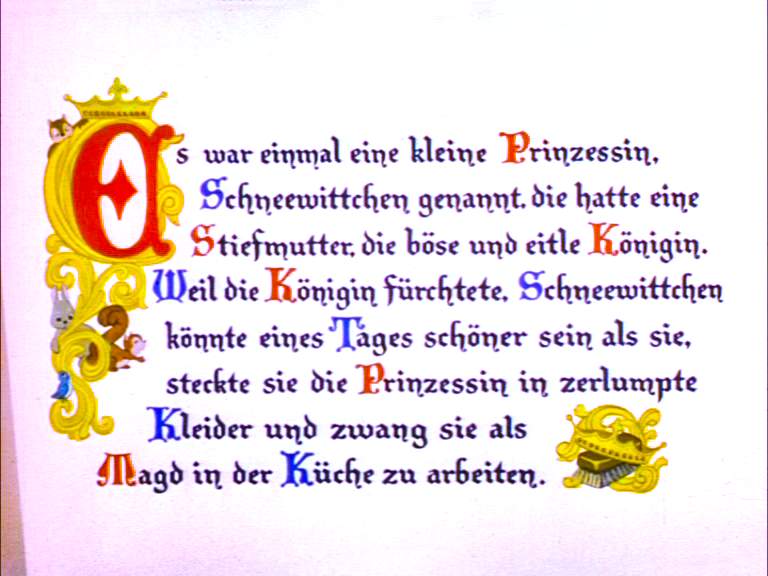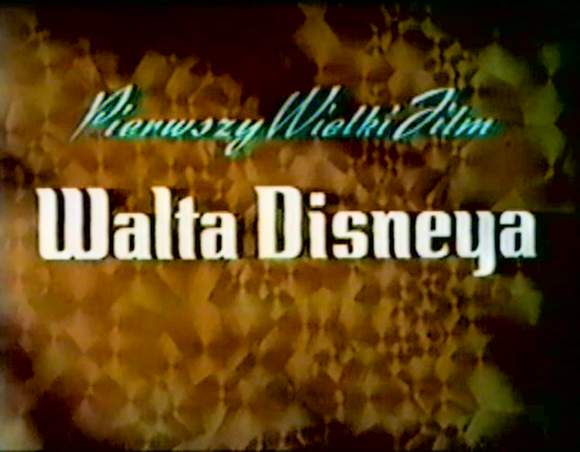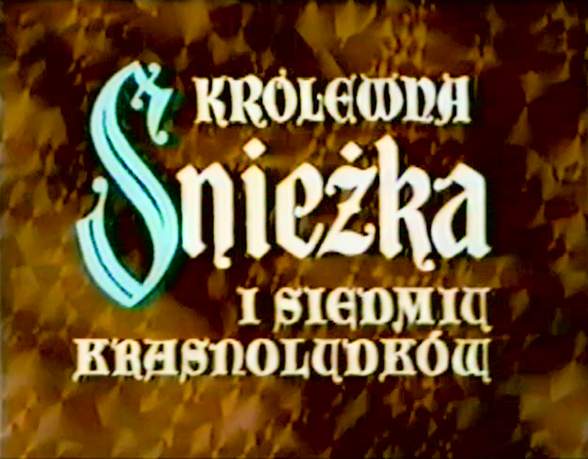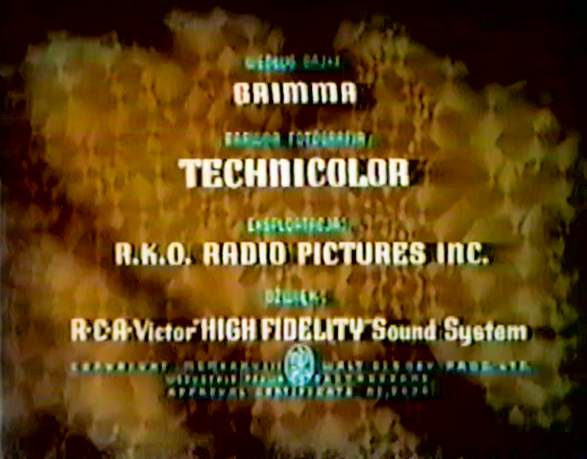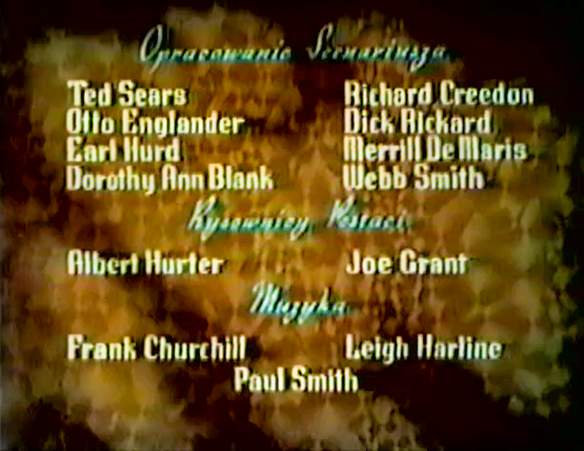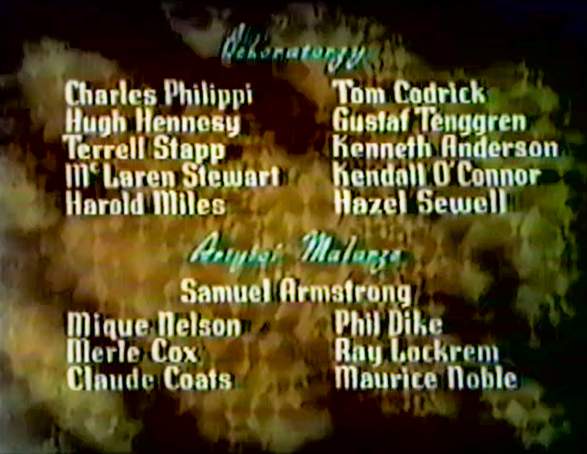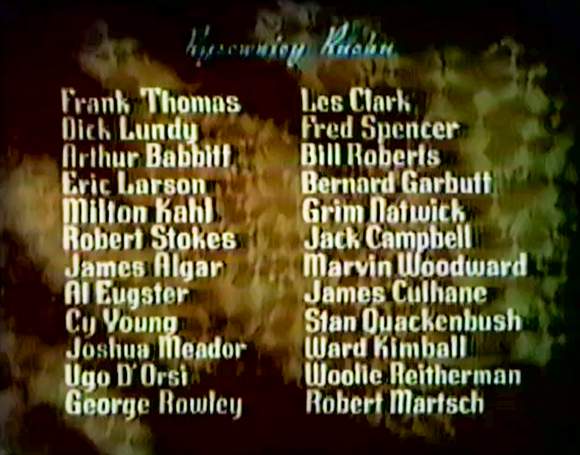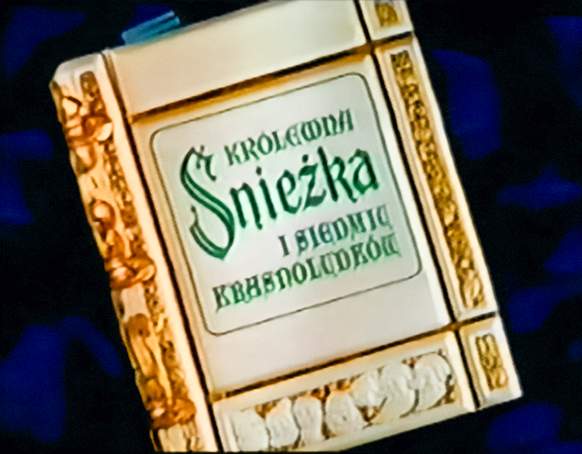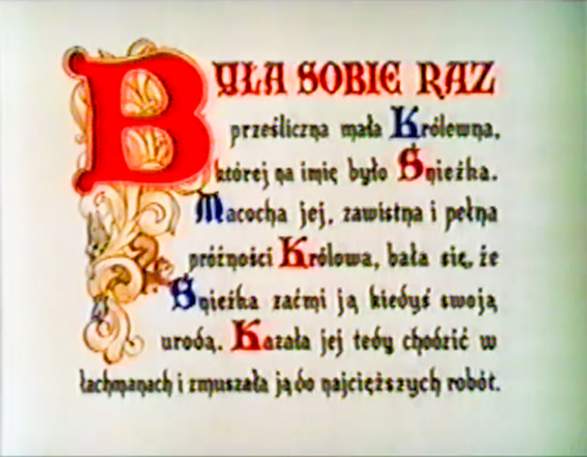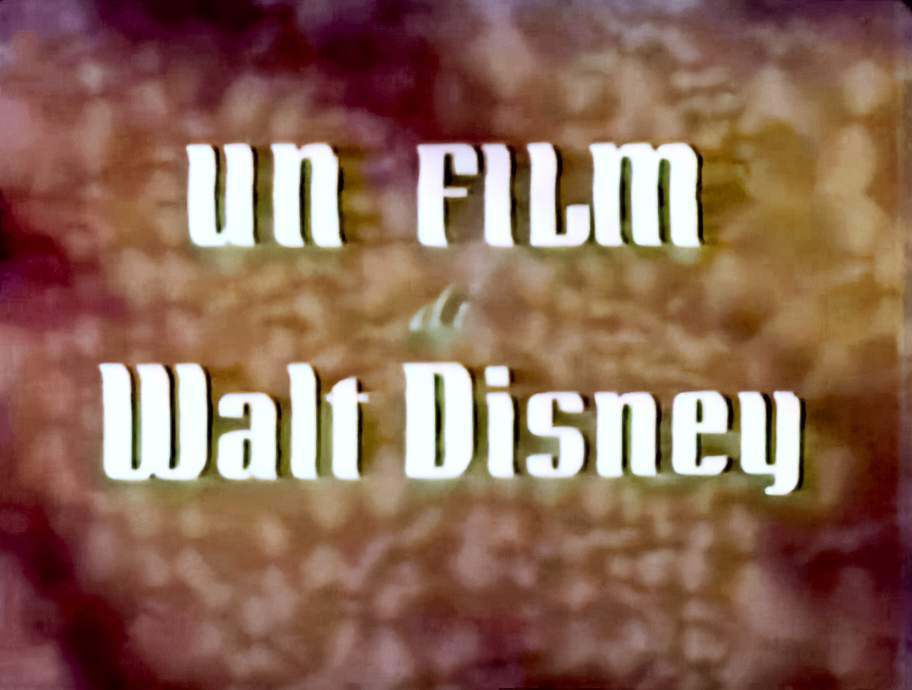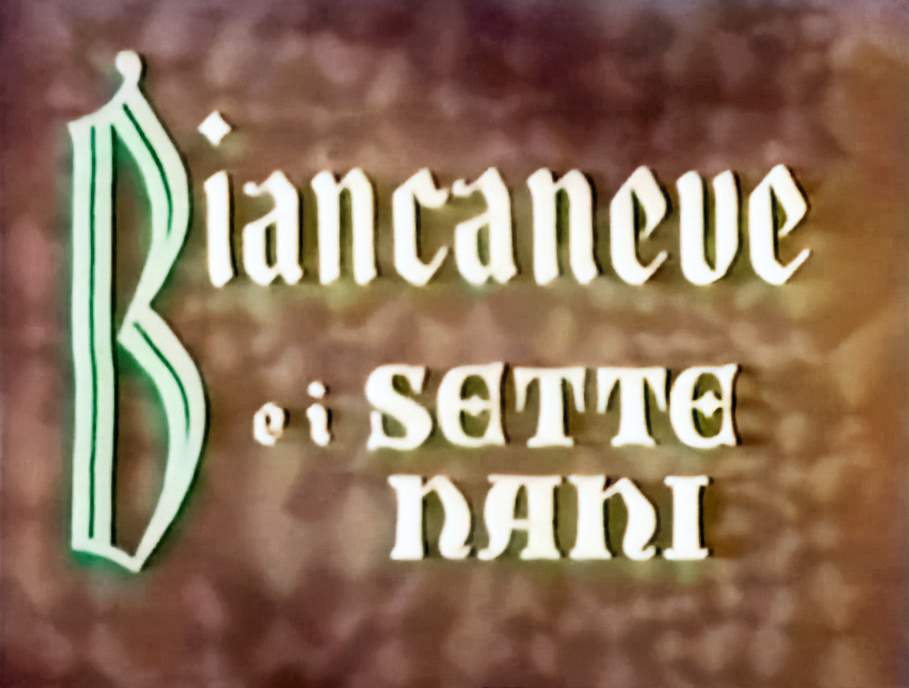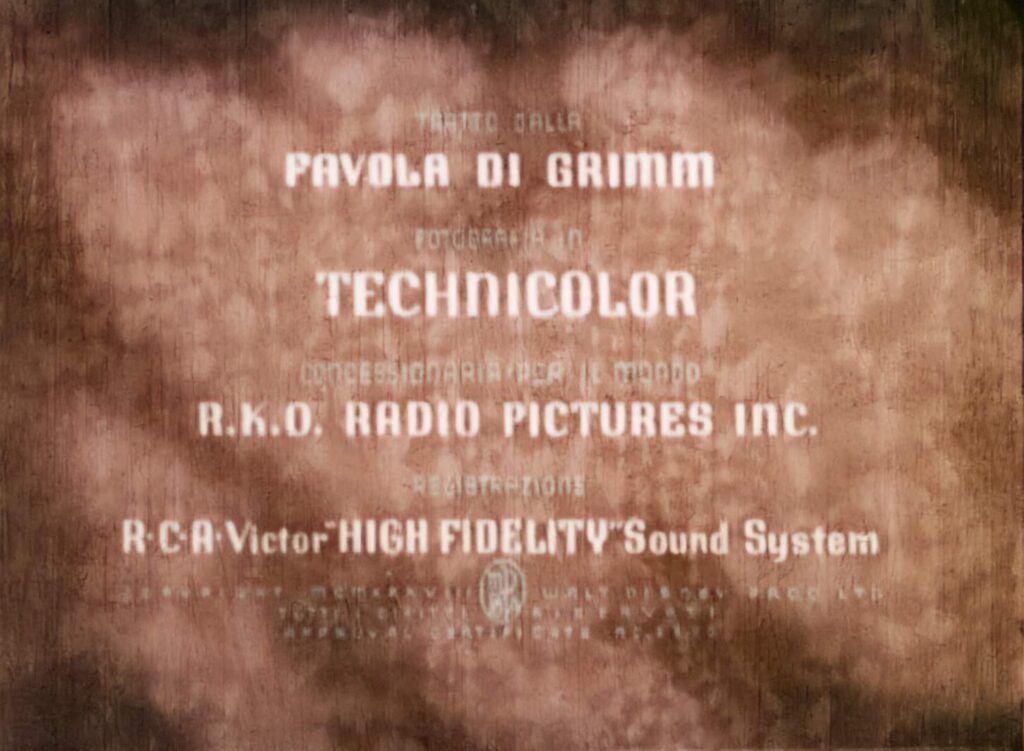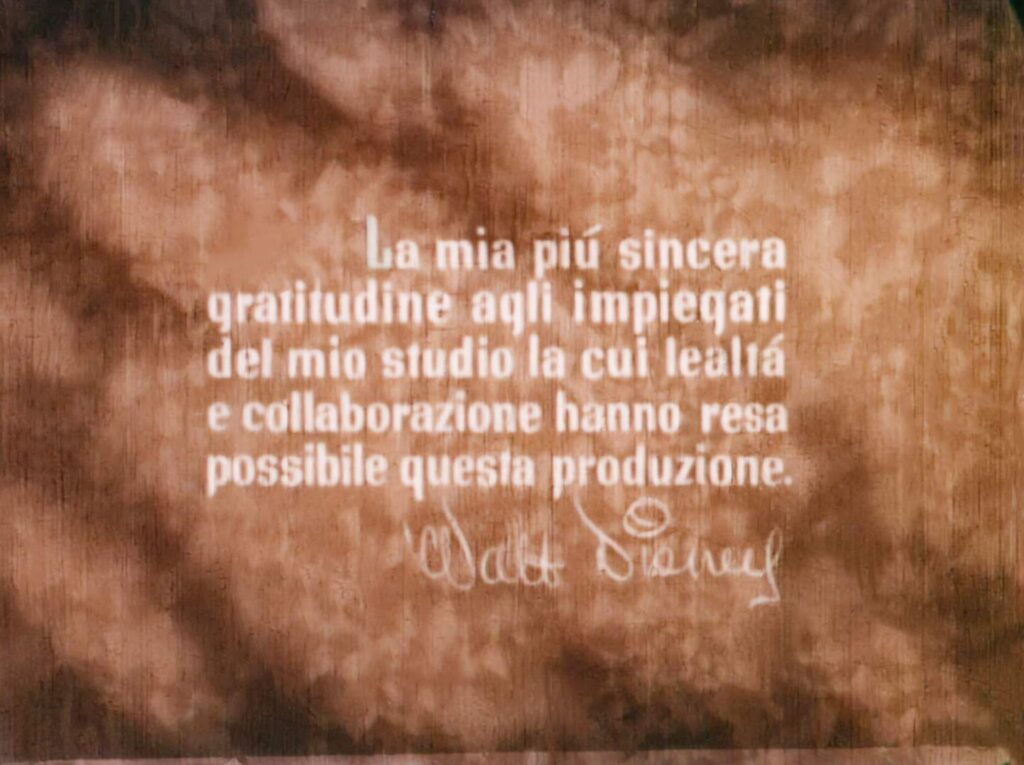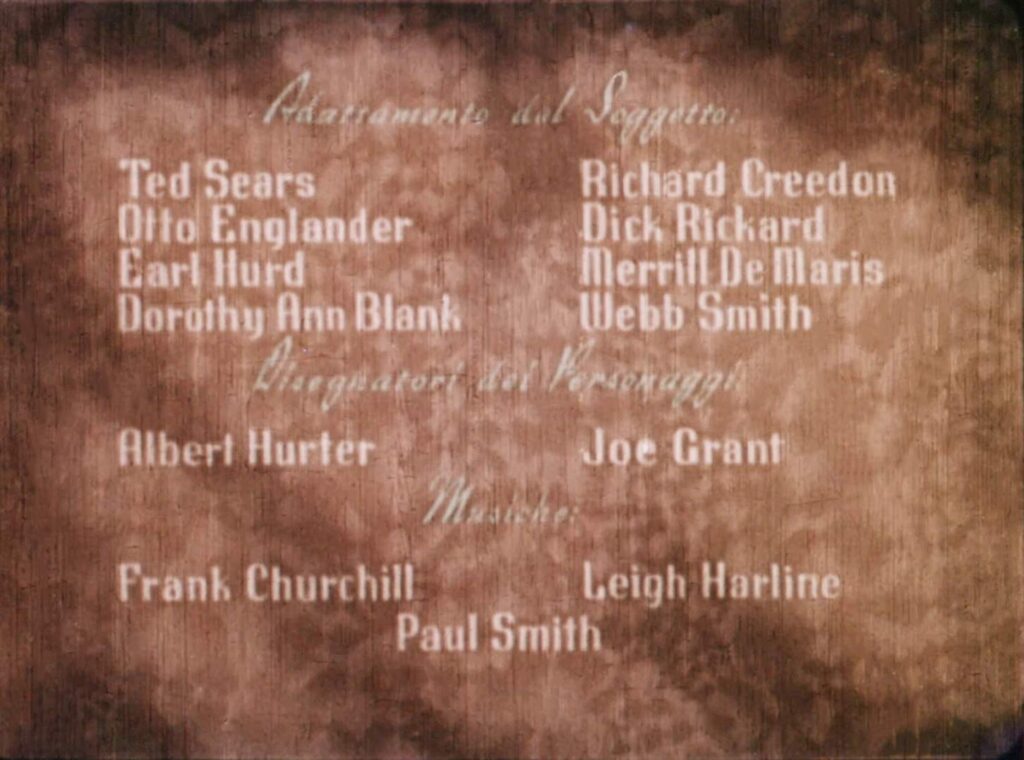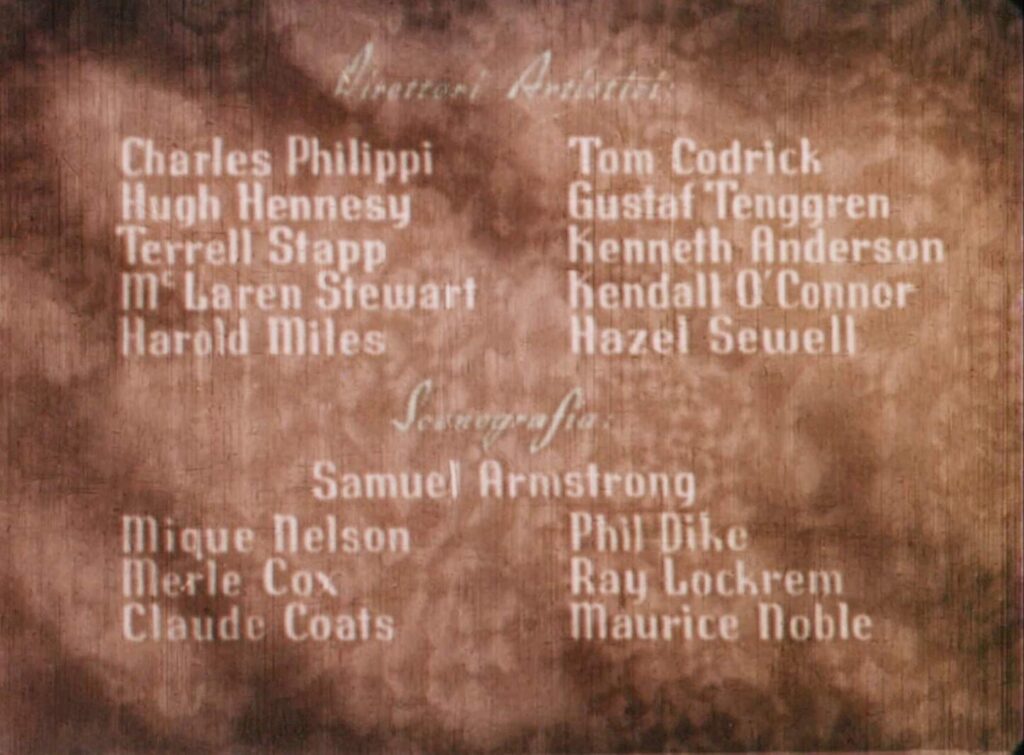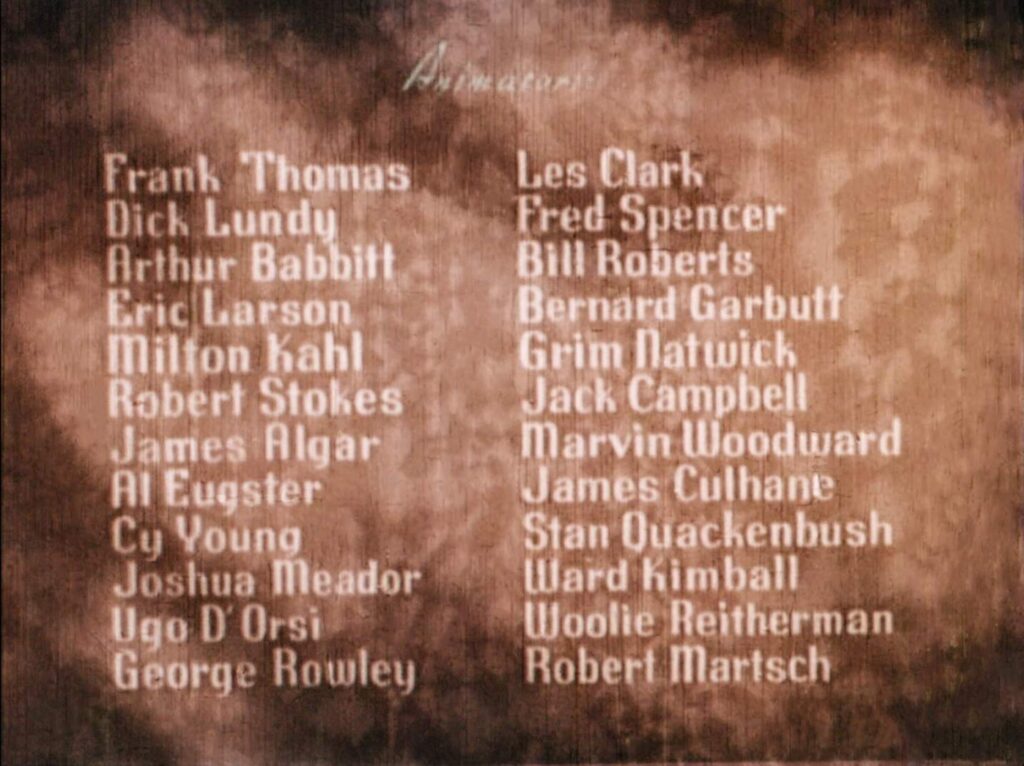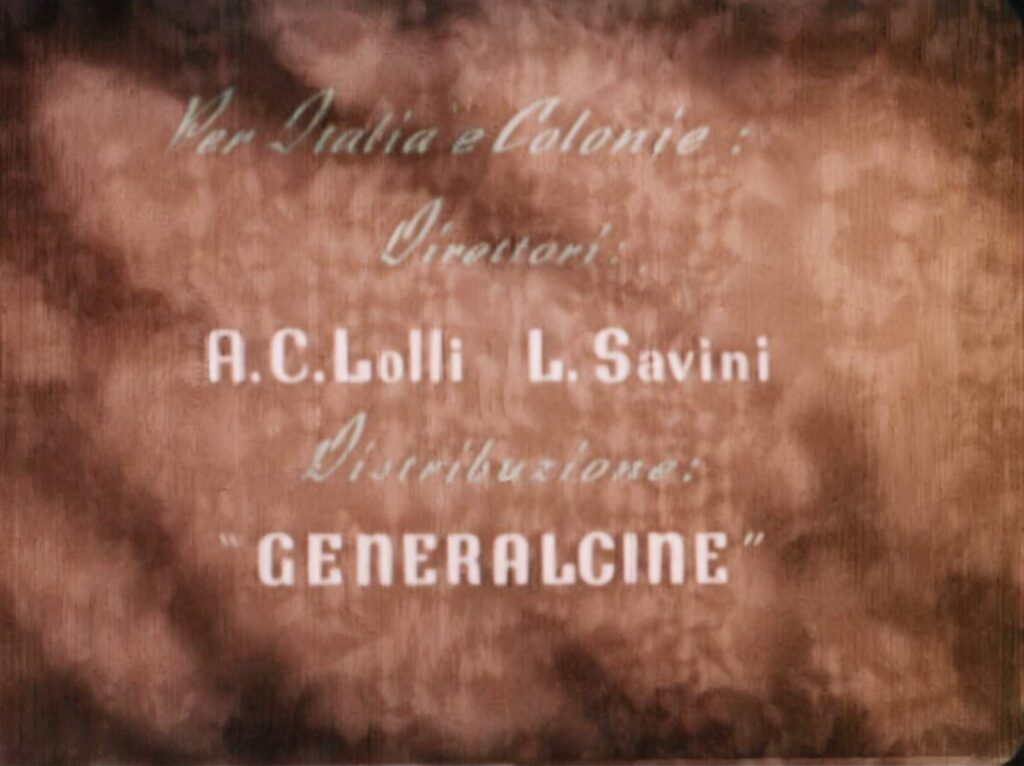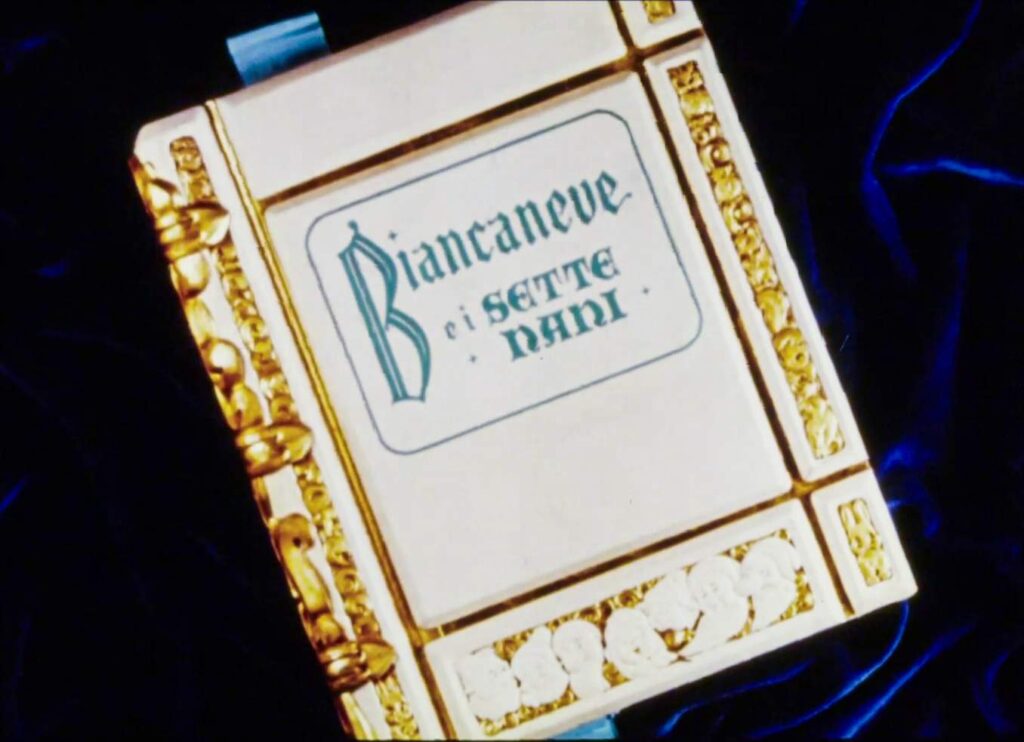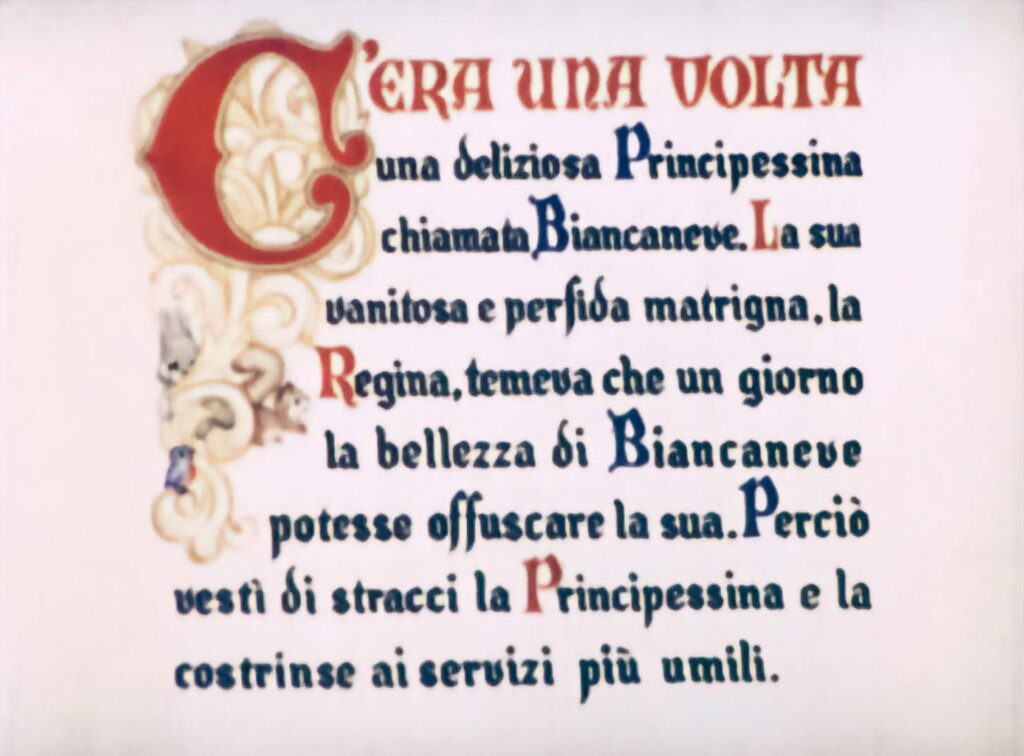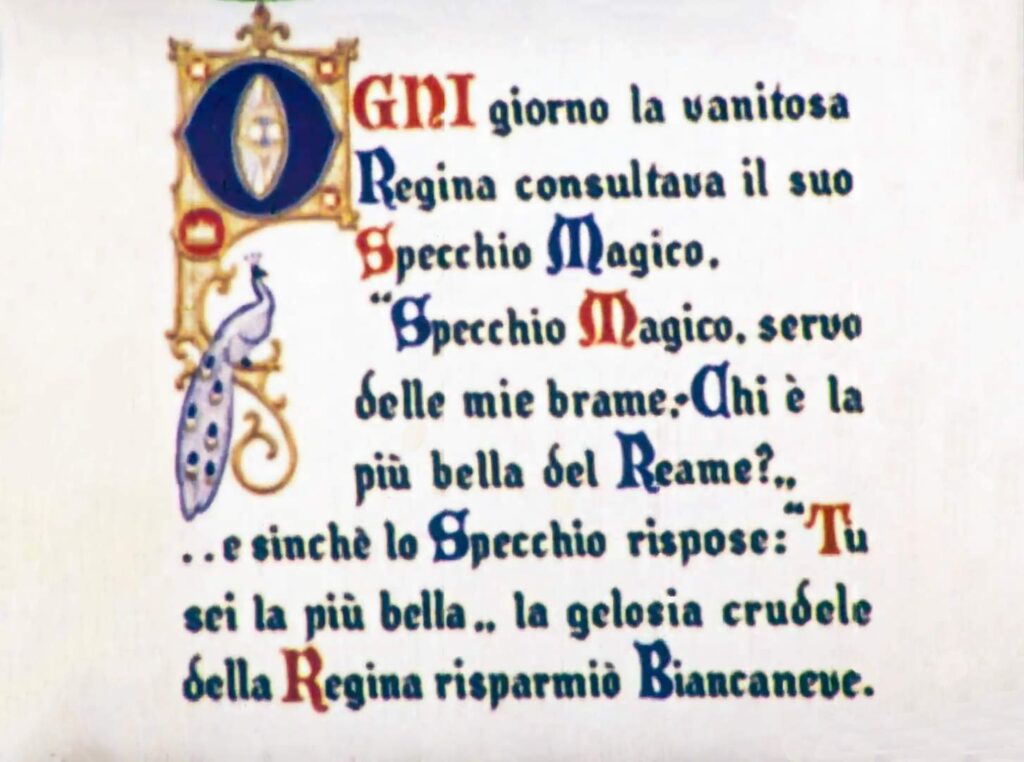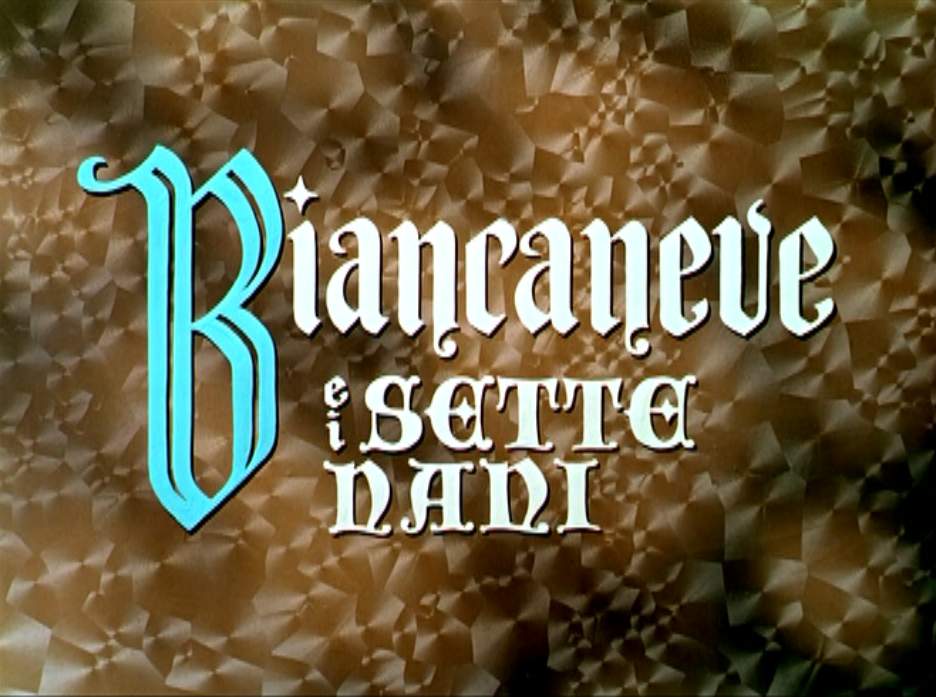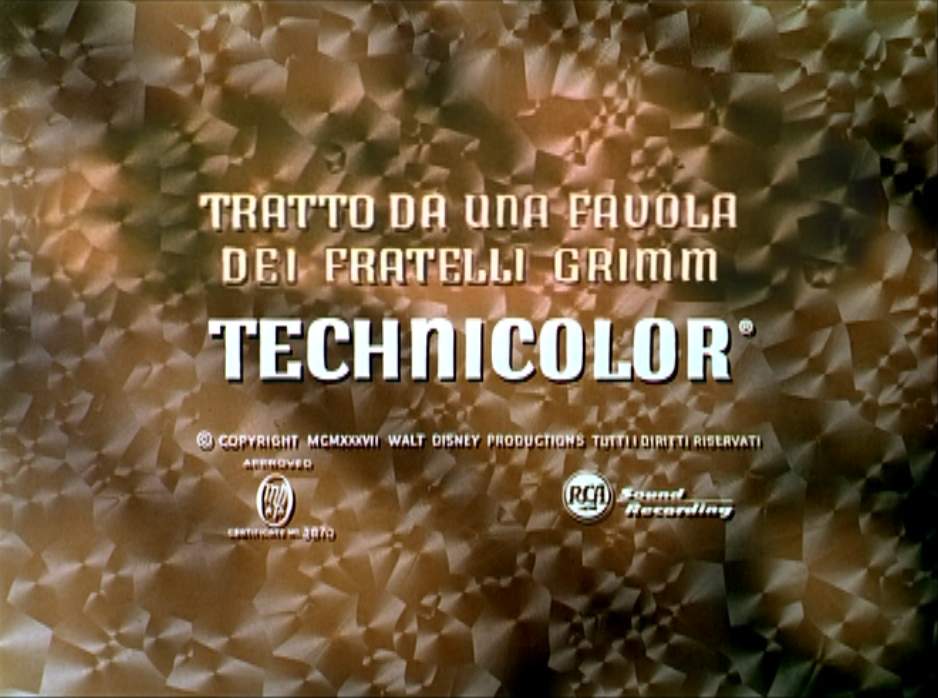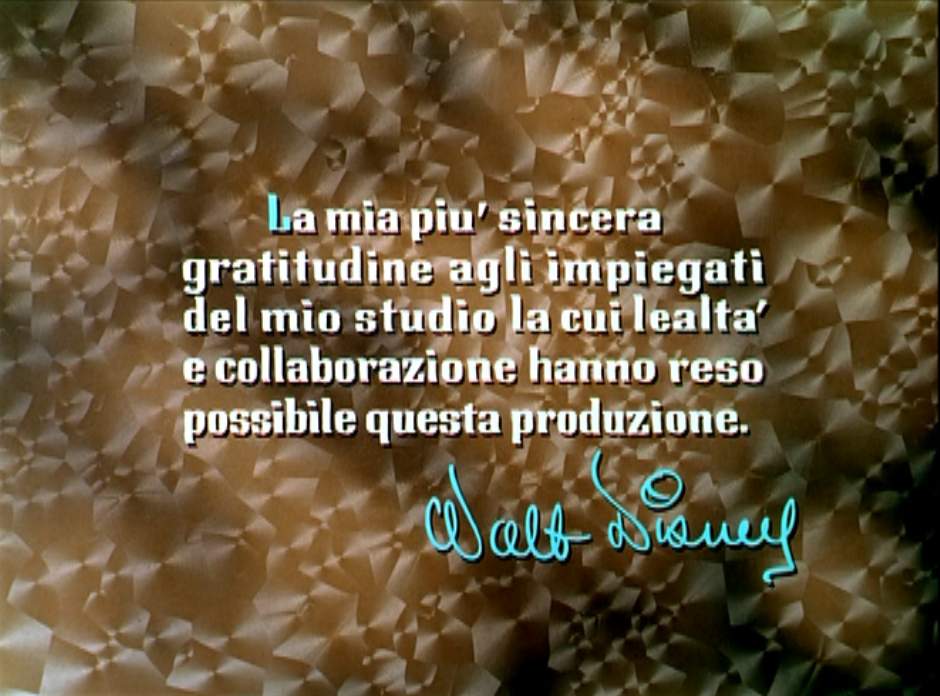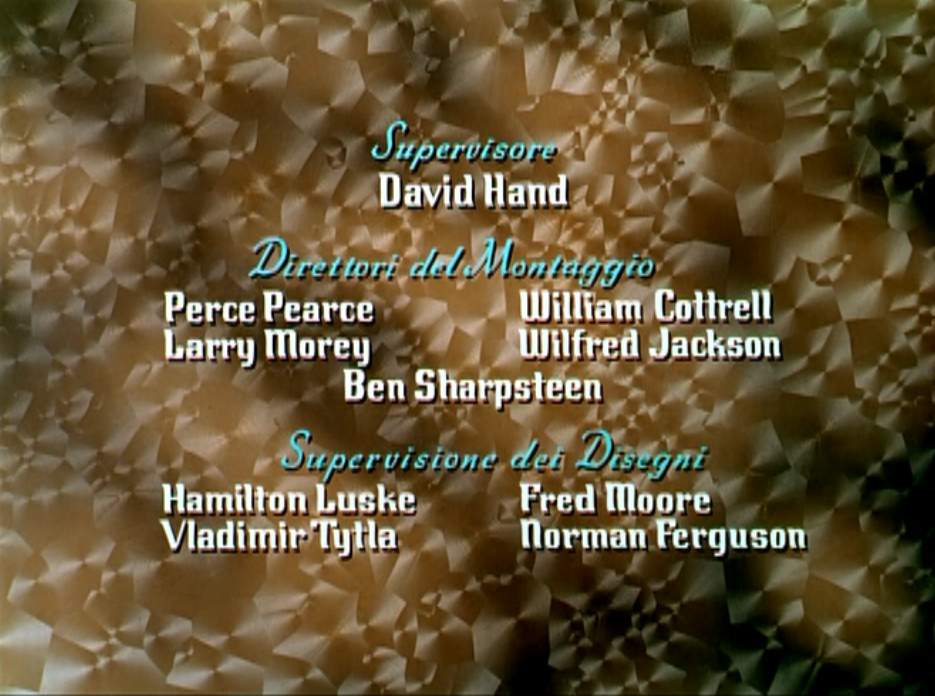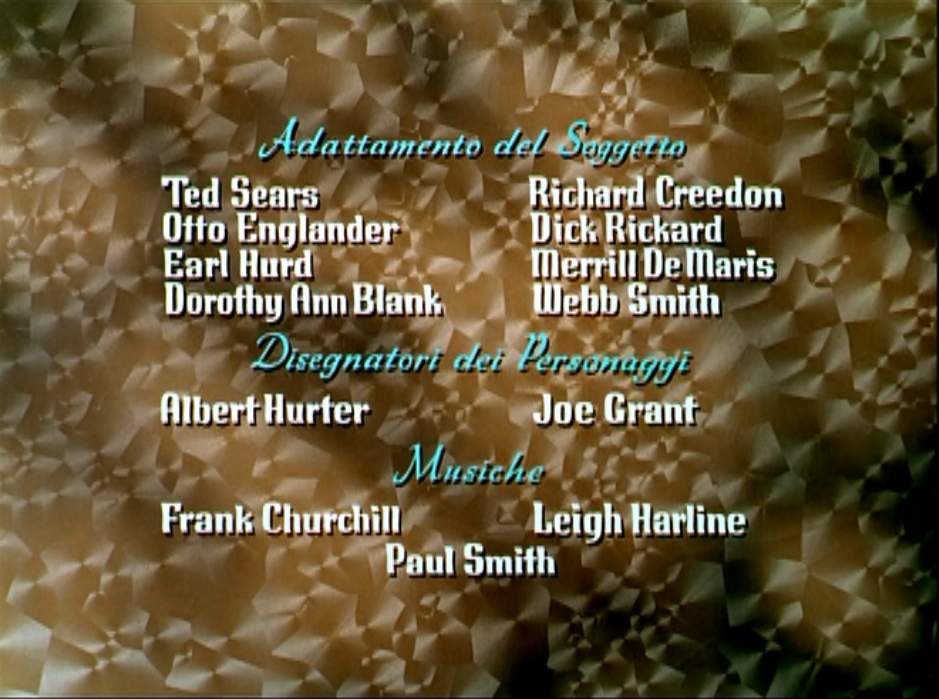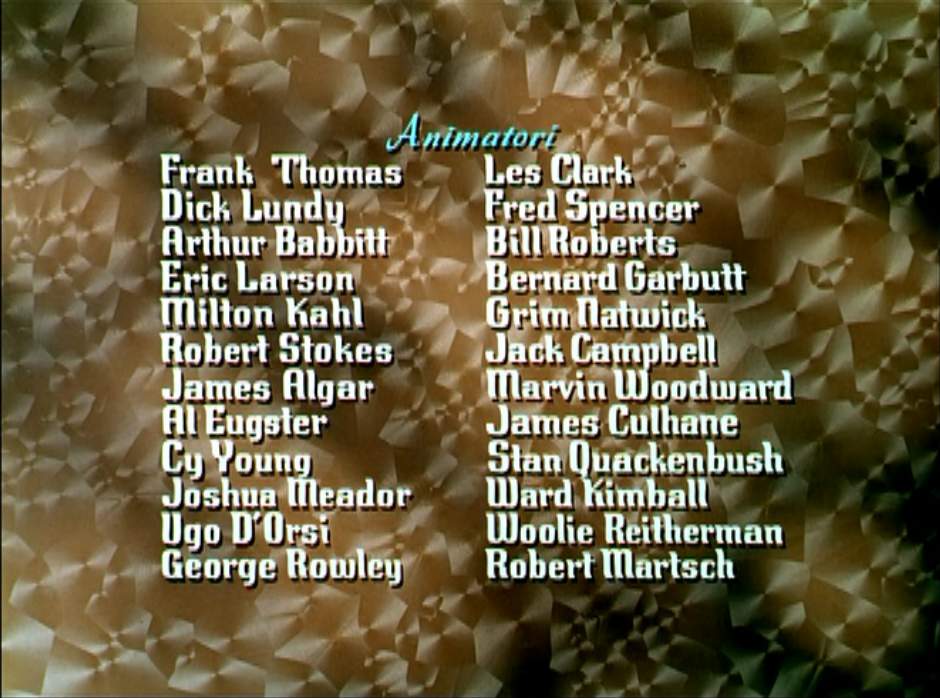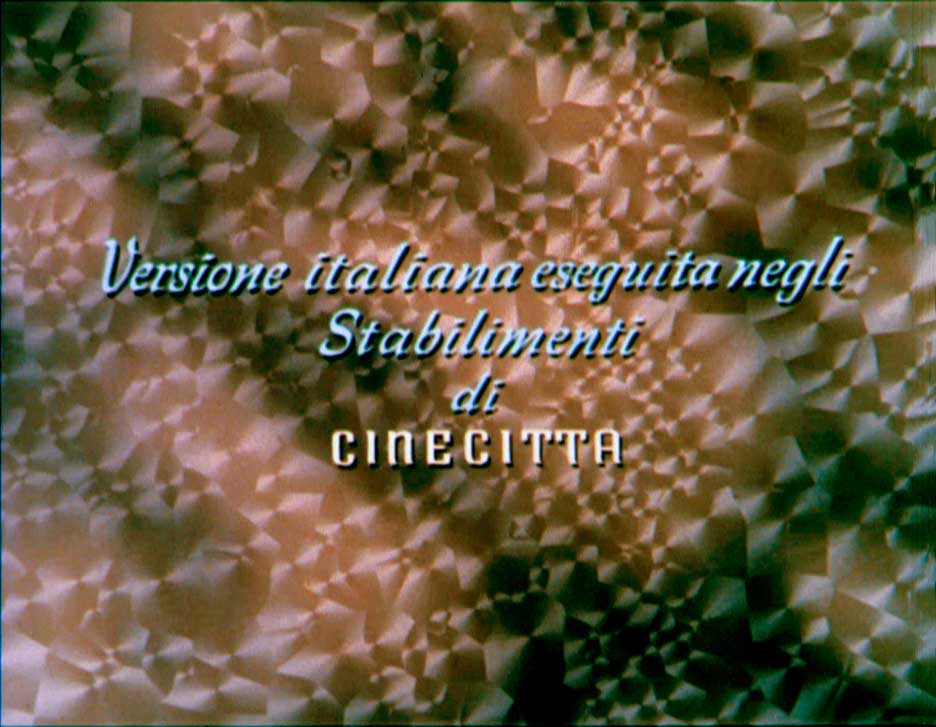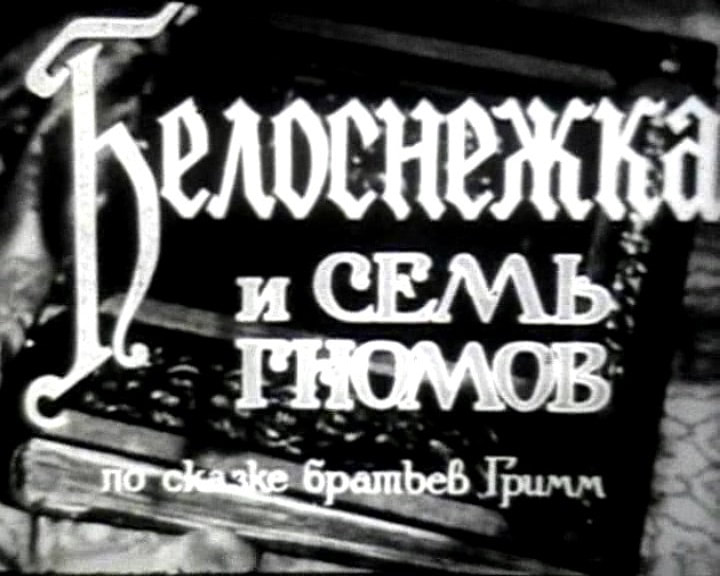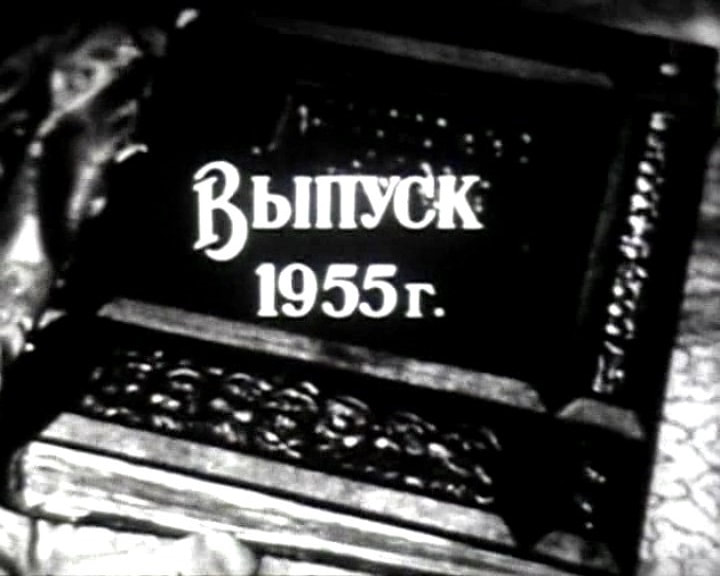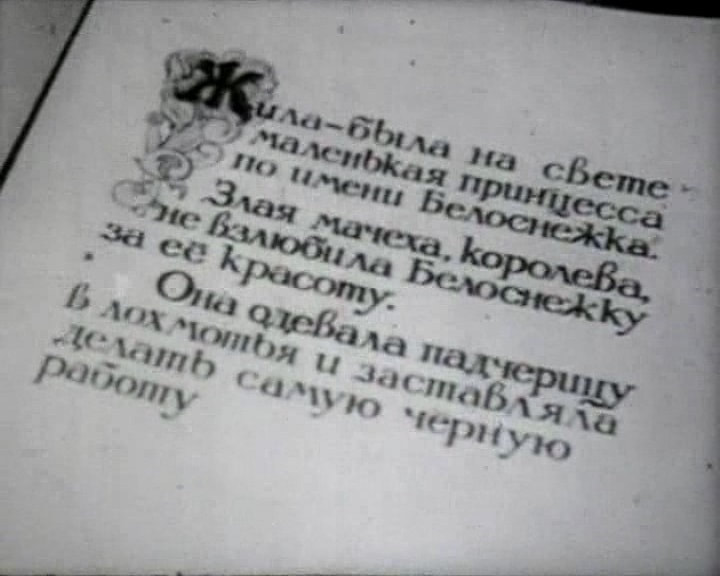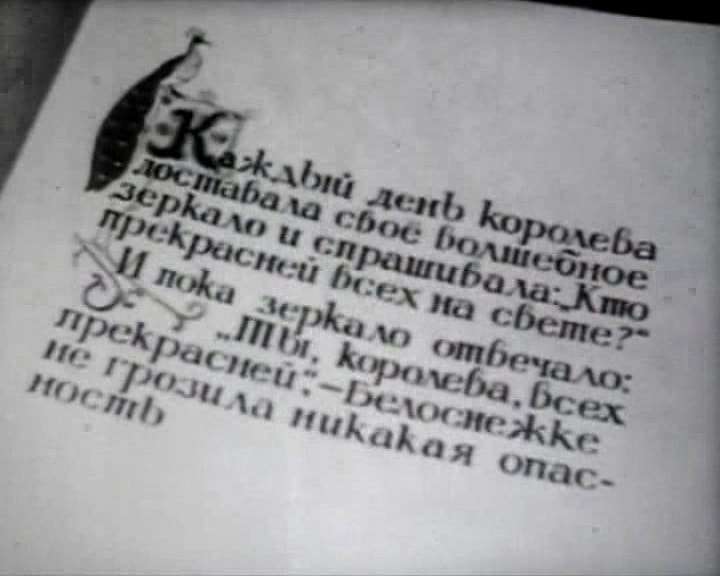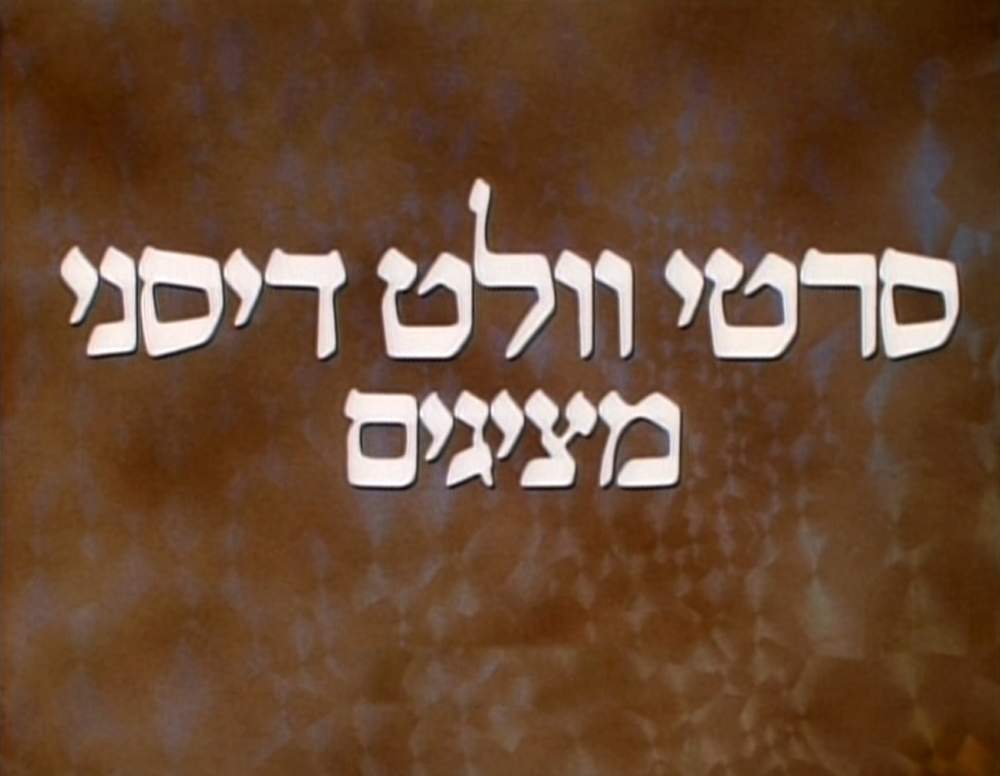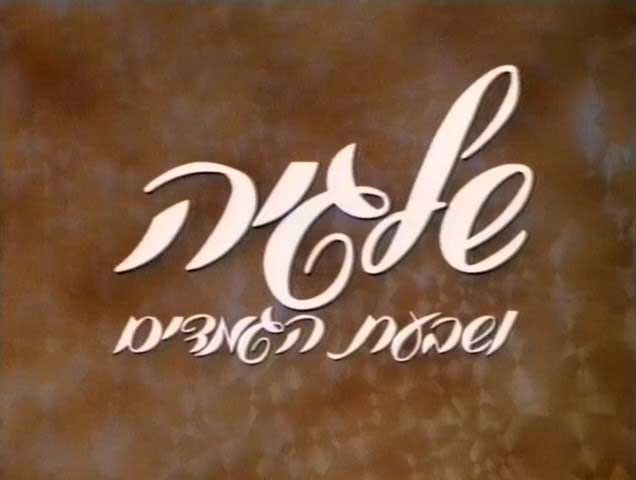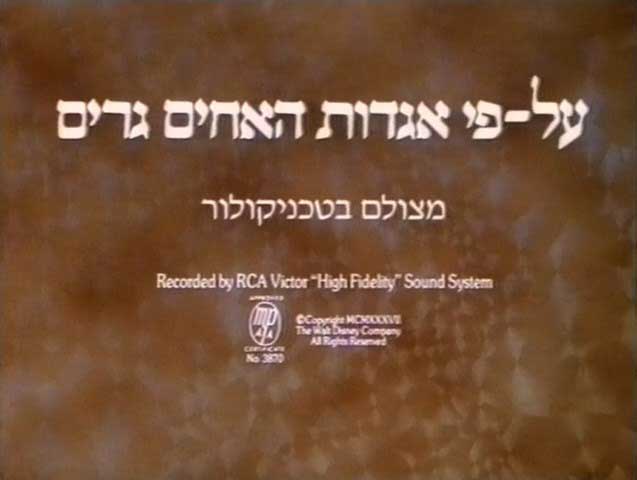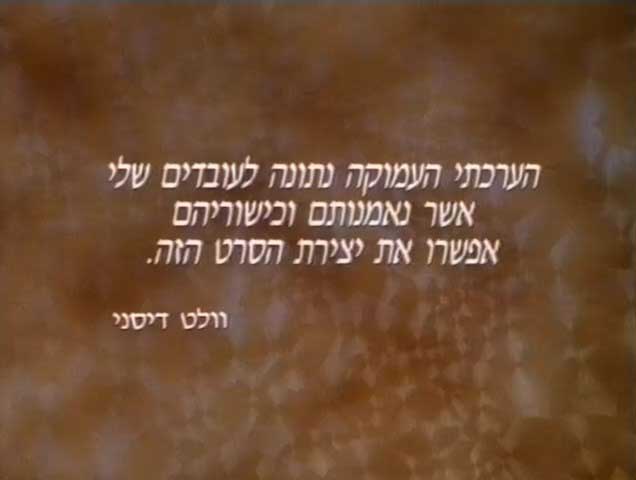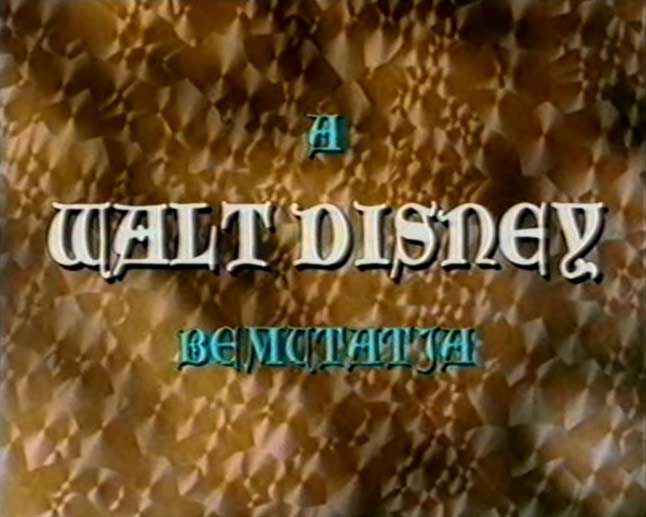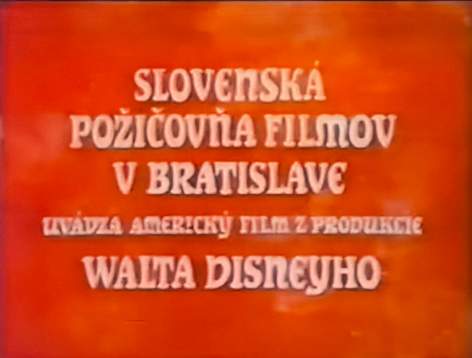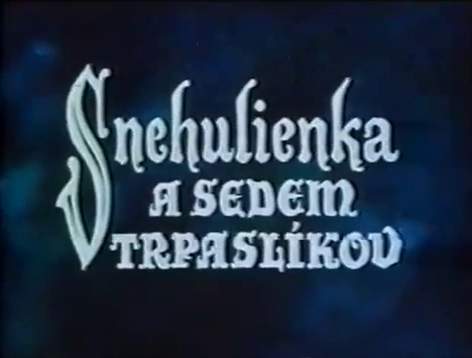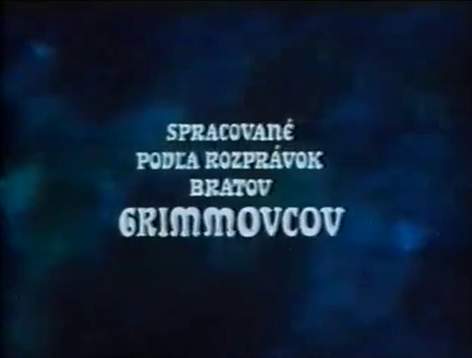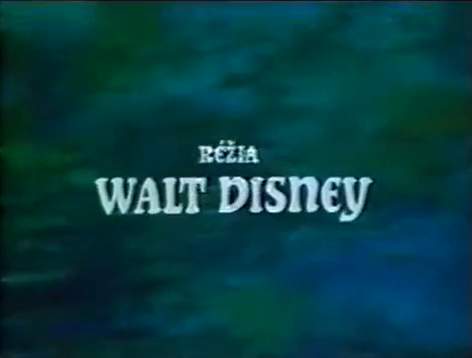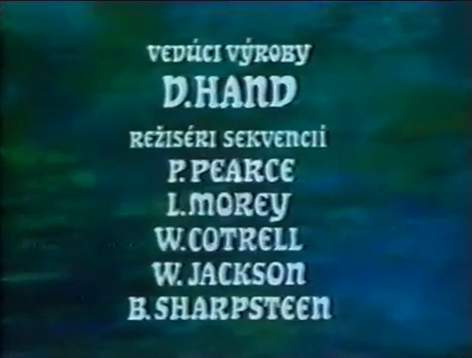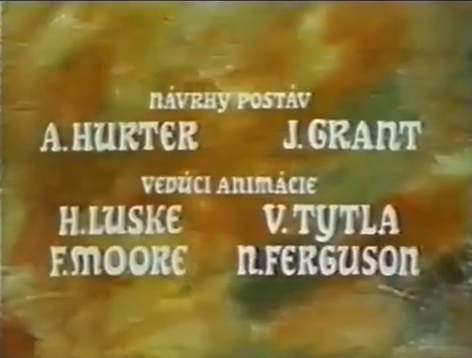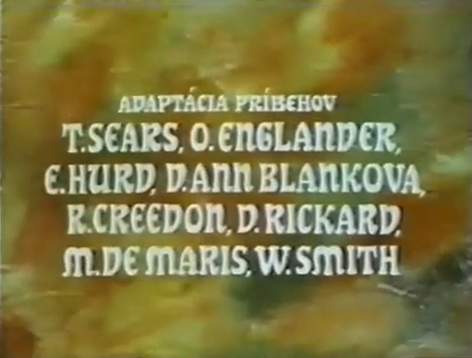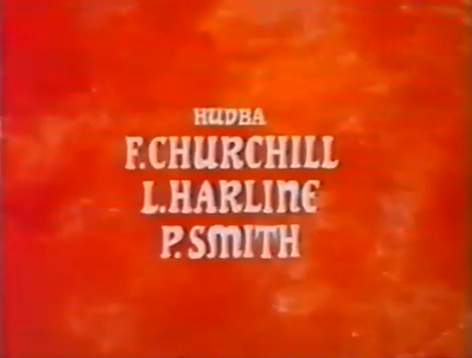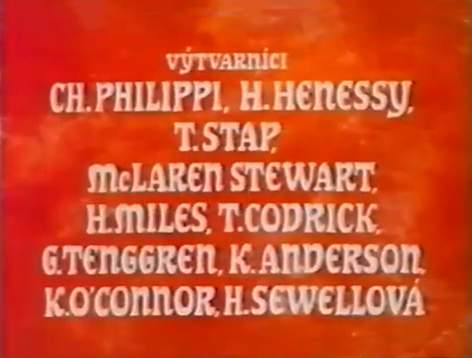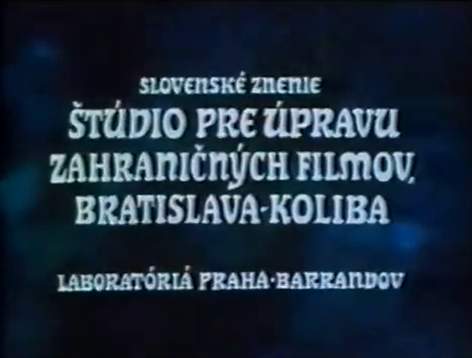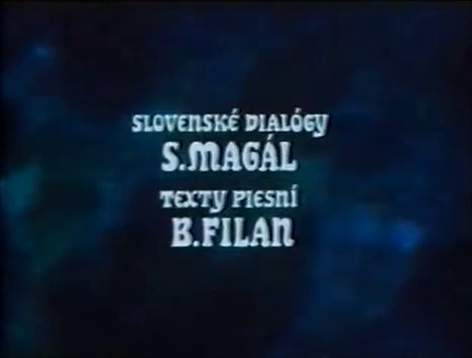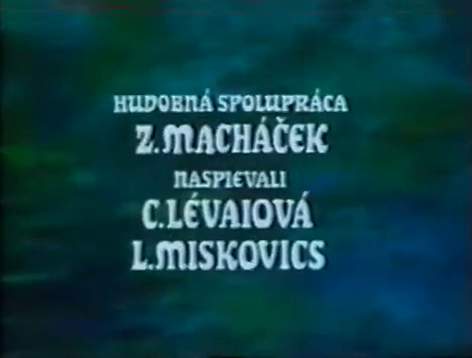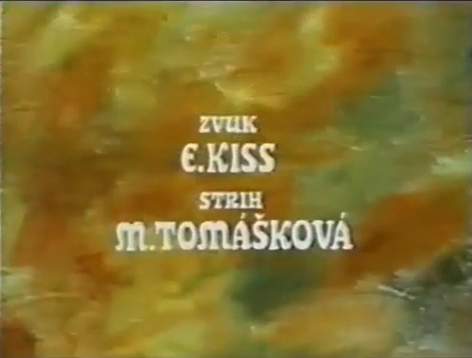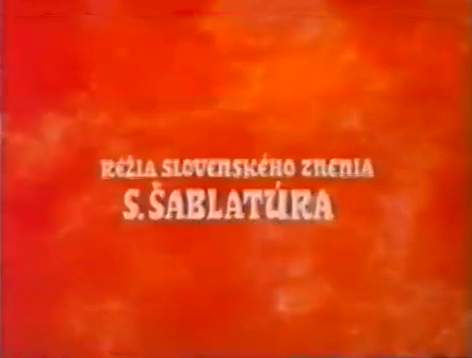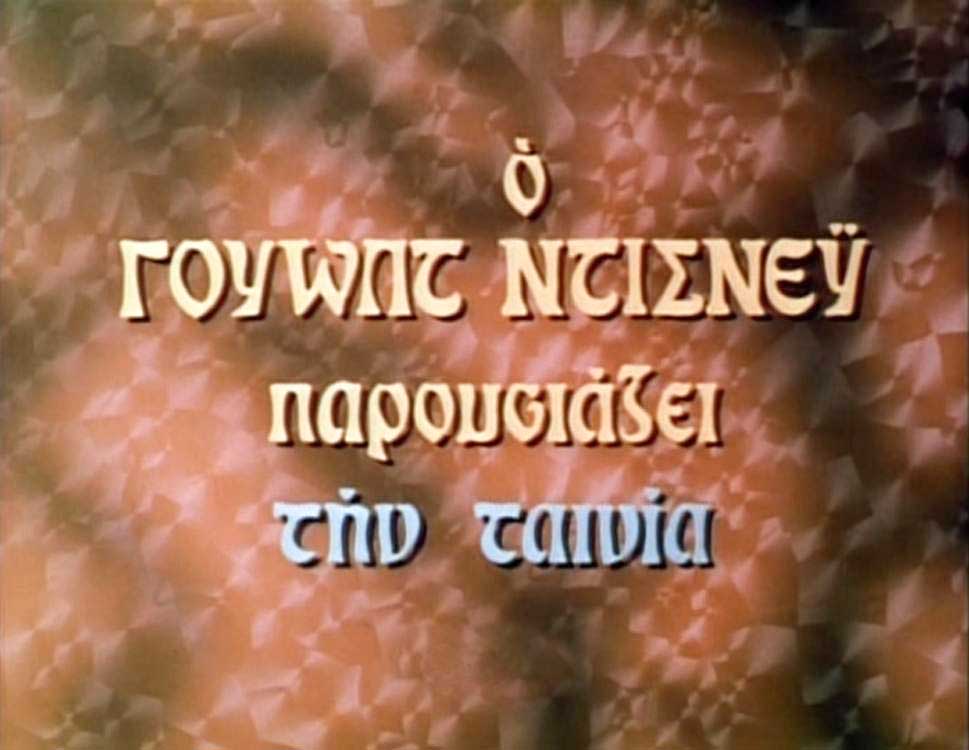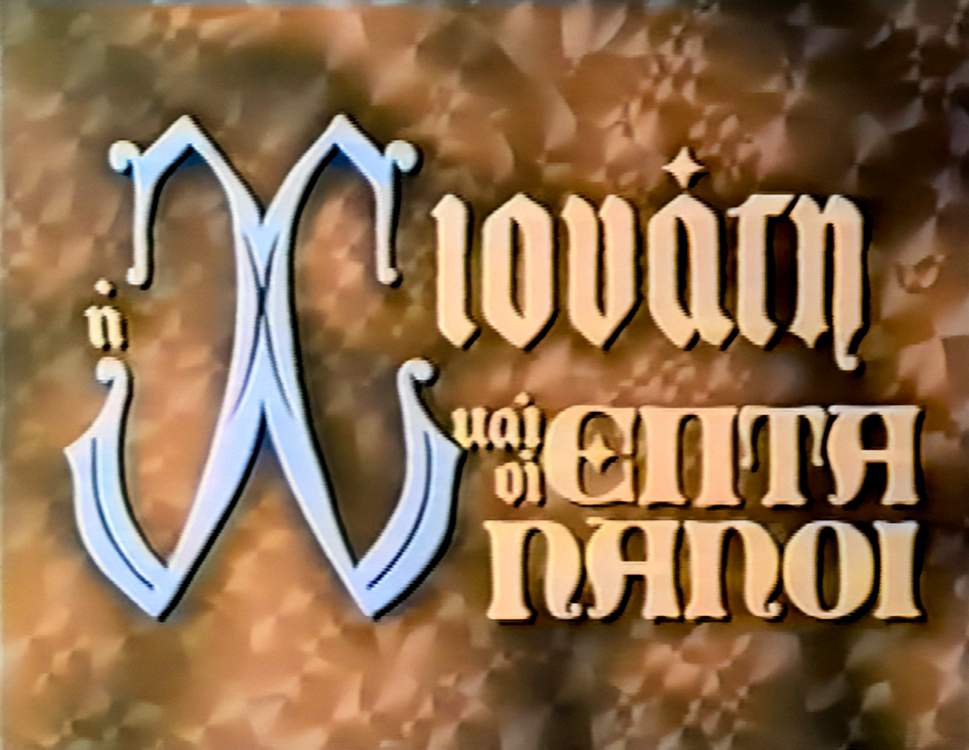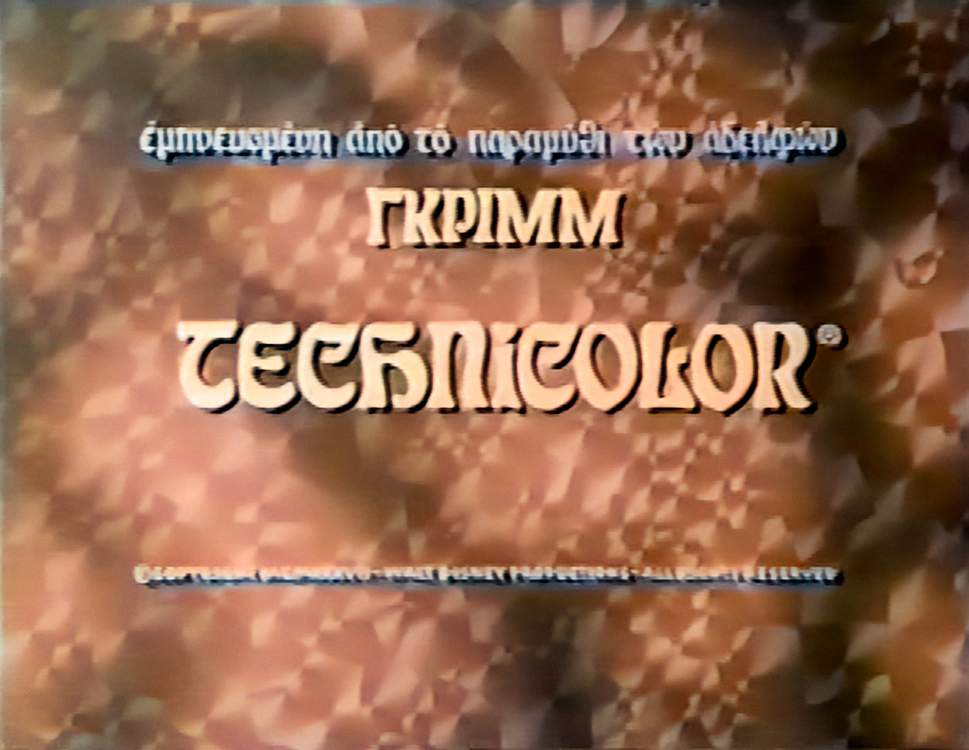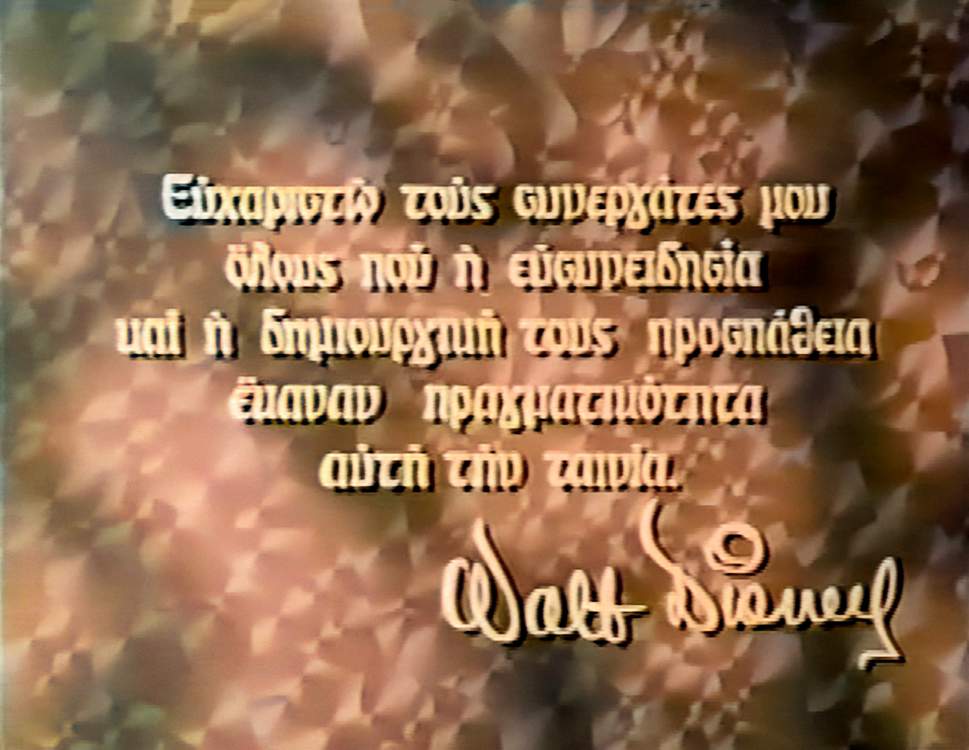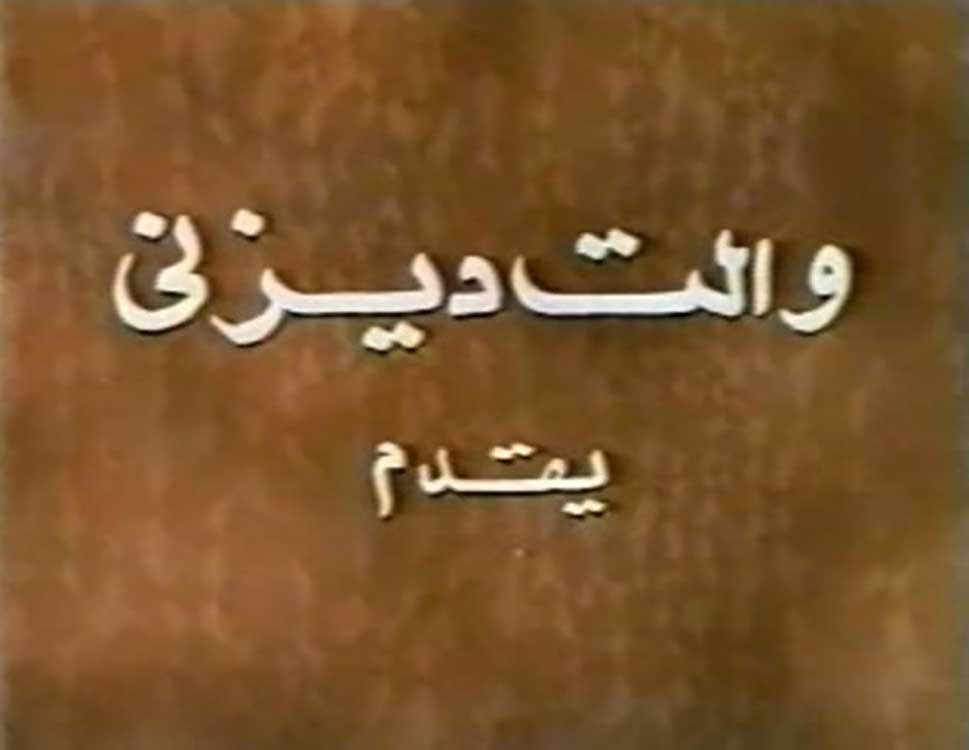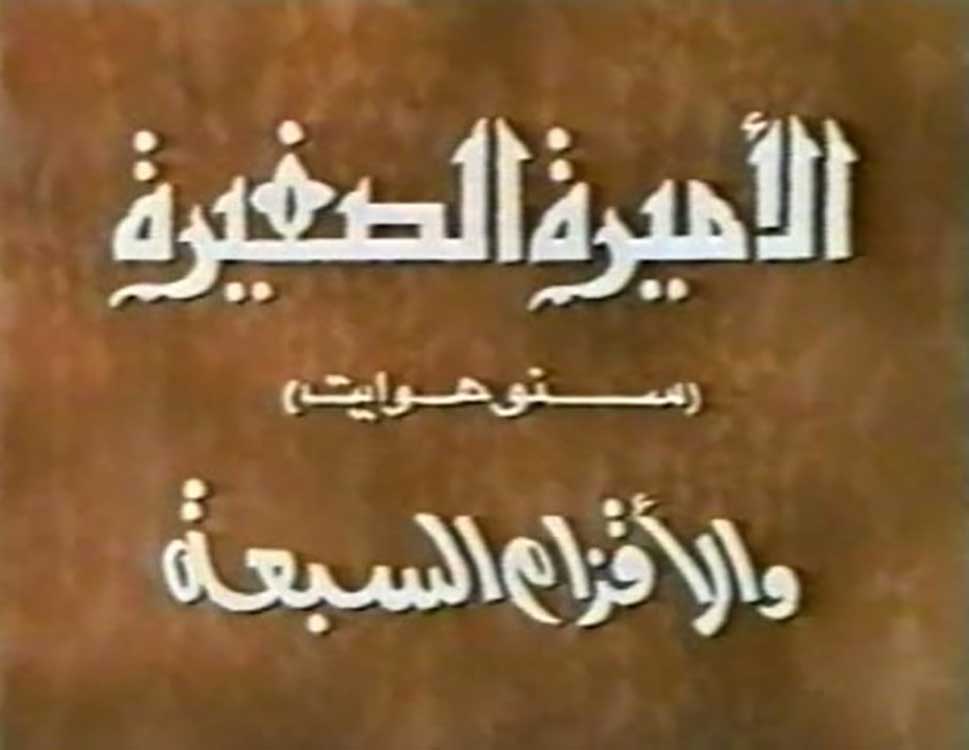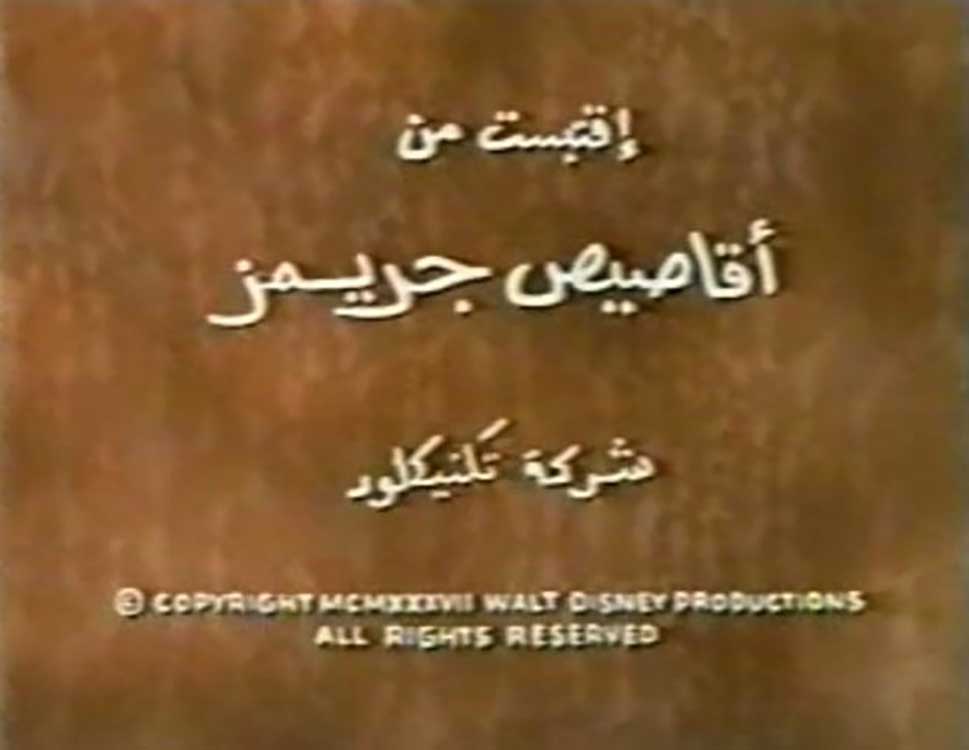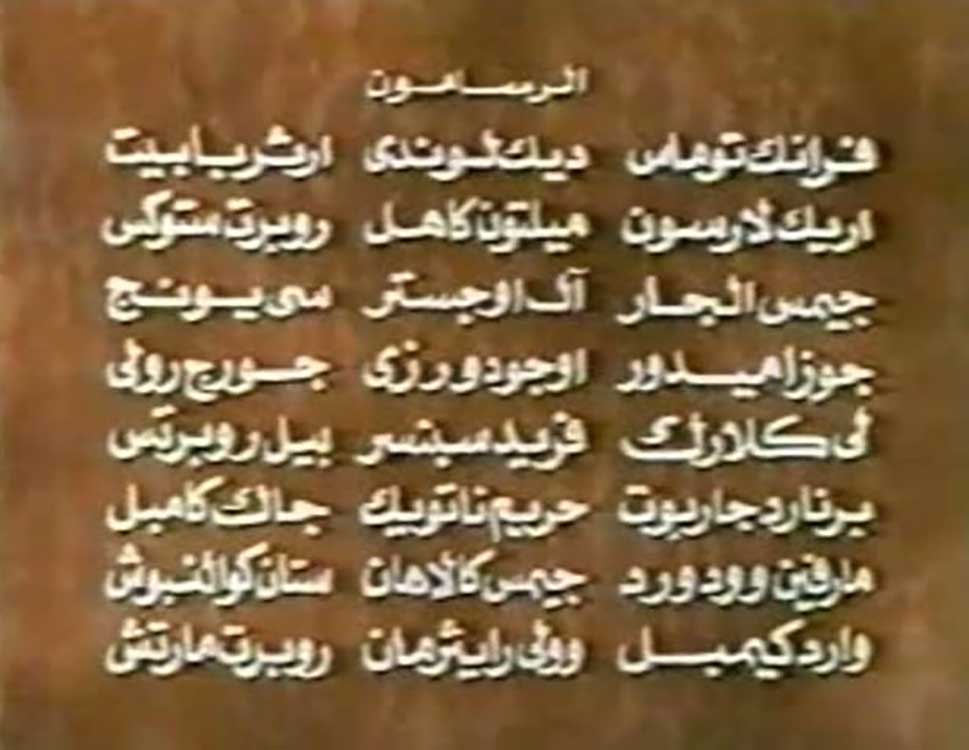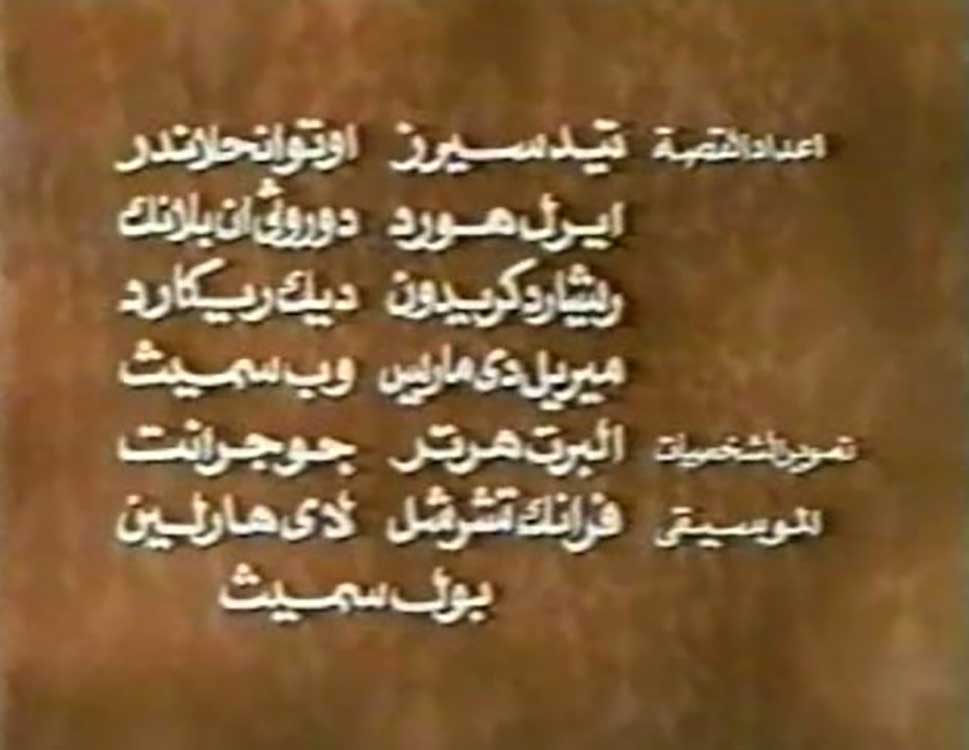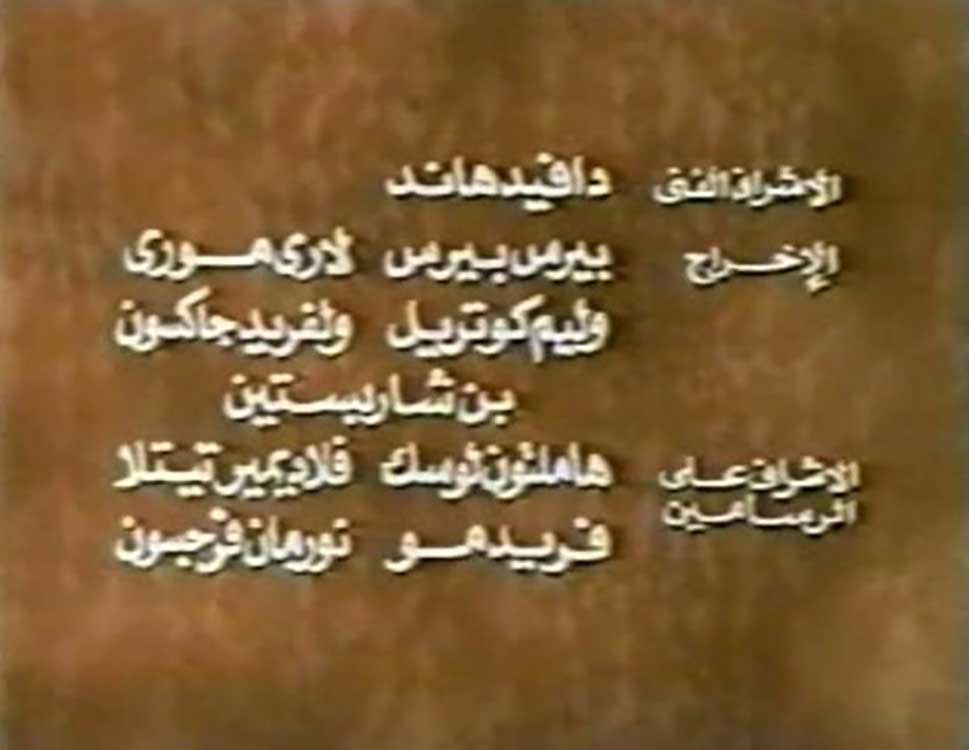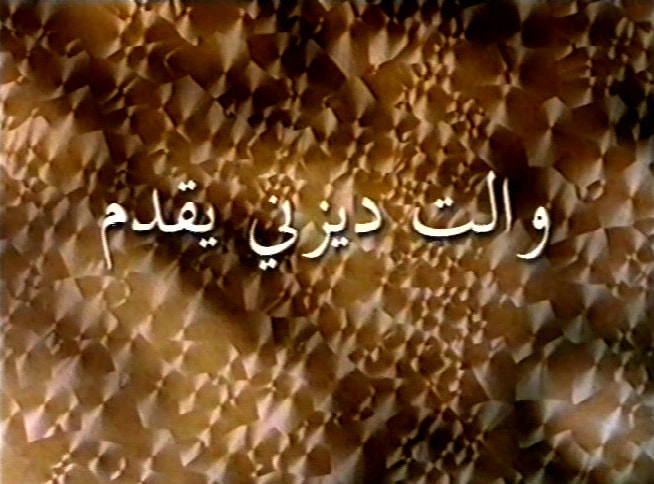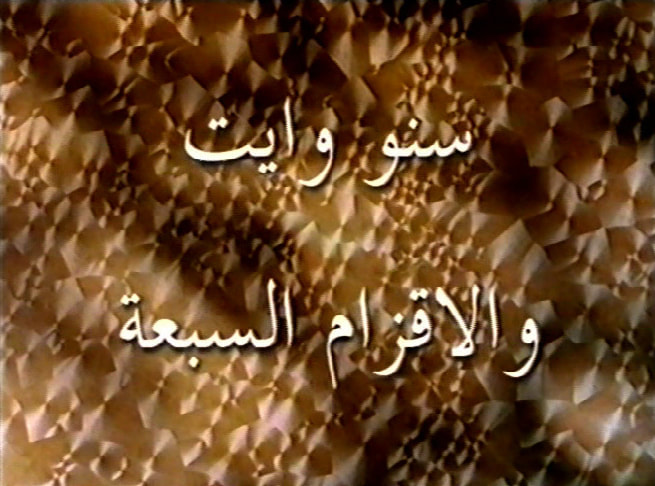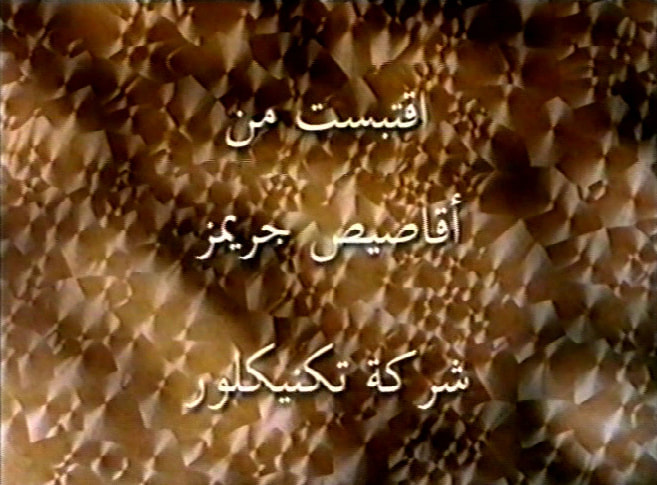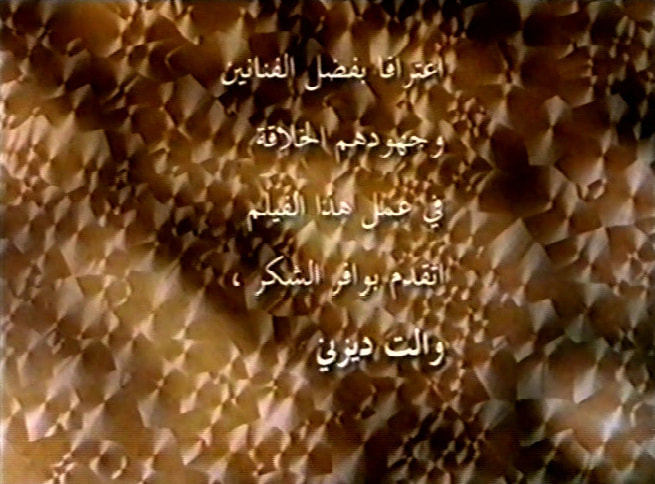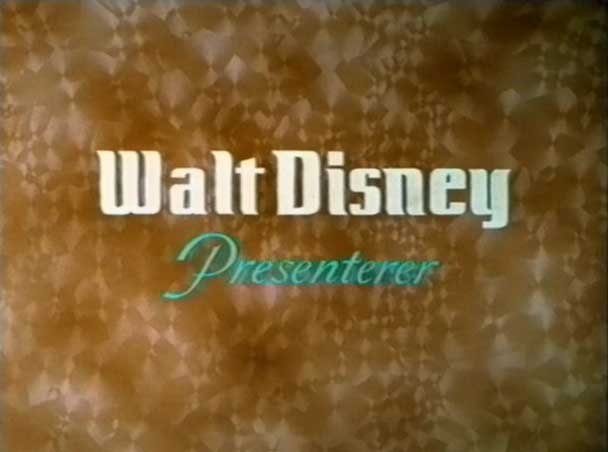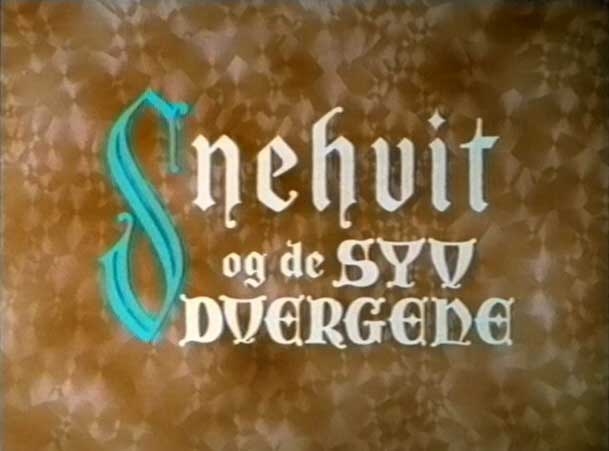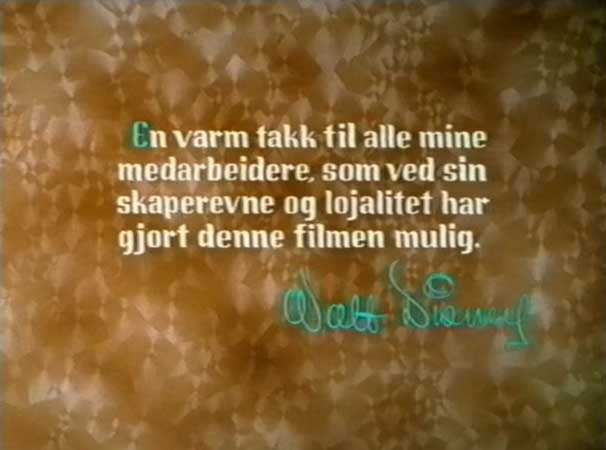This sequence, although the very start of the film, is the one that changed most over time and from country to country. Find here some production art and the various versions of the main title sequence.
The sequence number was originally for “Queen from behind shown entering her chambers”, but this has been cut, and sequence 1B now follows the credits.
Production information
Sequence number: 1A
Title and storybook lettering: Gordon Legg
Production art
The original credits
For its original release in 1938, the film was adapted into 10 languages, and the title cards were translated directly at the studio. Likewise, the book in the opening sequence was translated. This was a large book with a removable element on the cover that could be replaced by another with the title translated into the desired language. All that had to be done was to substitute the first page of the book in its translated version, and the initial shot in English could be reproduced identically. This is how the first two foreign versions, Spanish and French, were produced. The foreign pages were simply animation paper onto which a text on cel was applied.
For the Spanish version, the camera had to shoot close enough to avoid showing the peg holes of the animation paper, so it panned down on each page for the whole text to appear. And of course, the fake pages could not turn like in the English version, so a cross-fade was used.
For the French version, they figured they could avoid panning the camera if they hid the peg holes with something that resembled the previous page.
To reduce costs for subsequent versions, the book no longer opened. It’s even possible that a photograph of the book with a blank cover was used, with a celluloid of the translated title on top. This is probably why, in all these other versions, the book appears to be filmed from above instead of from the side and is immobile.
Re-release credits
Following the bankruptcy of RKO, the film’s original distributor, Walt Disney set up his own distribution company: Buena Vista. Abroad, multiple contracts were signed with different distributors. As a result, the credits had to be redone, as some of them mentioned RKO. New English-language credits were created for the 1958 re-release. New art was created for it, as the original one apparently had not been preserved.
For the translations, this new art was also used to redo the credits. In many cases, the old adaptations were shelved, new dubbings were also made and the credits now included the new dubbing actors. But they also took the opportunity to create new versions of the film in previously untried languages.
Although the original book still exists, and is regularly shown at exhibitions, a new one was created, probably around 1994, for at least the new Spanish and Dutch version (and perhaps other versions), as well as new pages for the successive Spanish versions, and others. For new languages, however, it’s often the original English book whose images are reused, forcing the recording of an audio narration as early as the 1960s.
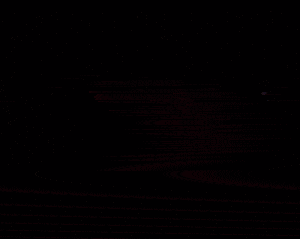
The Main Titles in English
The original 1937 title sequence and the 1958 redone version. Notice that, in the latter, space is provided at the top and bottom of the frame so the credits could still be seen of the film was projected with a matte, as was industry standard then.
The Main Titles in Spanish
The original credits in Spanish posed a problem: the title card read “Blanca Nieves y los siete Enanitos” as the film would be called in Spain then. But the prop storybook would read “Blanca Nieves y los siete Enanos” which is how the film would be known throughout South America. As explained above, the same prop book as the version in English was used, with the cover altered. The pages, however, were a separate animation sheet of paper with a cel overlay. Notice the added acorn and longer leaf at the bottom which required an additional cel, not found in the later French version.
In 1964, a new dubbing, directed by Edmundo Santos was made with a latin American cast and new credits were made: this time even the title card read “Blanca Nieves y los siete Enanos”. However, a decade later, the film began to be advertised as “Blancanieves y los siete enanitos” in Spain.
At some point, probably in 1994, the storybook scene was redone for Spain. A new prop storybook was made which would allow a title change to “Blanca Nieves y los siete Enanitos”. Notice that the name of the heroine was still spelled with 2 words in spite of the norm in Spain. But by using the 1938 title card and the 1964 credits for all the other cards (and for the book pages), the problem was somewhat fixed. In latin America however, the original pages of the book were replaced by new pages that did not require the camera to pan. But the 1964 credits and 1938 book cover were kept!
In 2001, for the DVD release, two dubbings were yet recorded: one for latin America and another for Spain.
As this page clearly shows, new Spanish titles were created digitally for the Disney + release in 2021.
The Main Titles in French
The first French credits for Snow White were created using the same set and filters as the original. The cels of the credits were adapted to allow for a French translation. If the actors of this version are not credited either, there are two additional cards: first, the card of Stuart Buchanan as General Supervisor of the French Version, and responsible for all the foreign versions of the film (and incidentally voice of the huntsman in English), but also that of Marcel Ventura and Alfred Fatio, adapters of the French version. These credits are not available in any commercial release.
The cover of the prop storybook was translated into French, enabling the book to open like in the English version. The art created for the Spanish version was used to recreate prop pages and the peg holes of the paper were hidden by a fake previous page so the camera could capture the whole text at once.
On the 1962 French release, the first since the creation of the new American credits, “Snow White comes back to us younger than ever” as the advert proclaimed. In fact, a new dubbing was recorded at the Société de Sonorisation Parisienne with Lucie Dolène in the title role and the credits were also redone. The obsolete mentions that were removed in the English version were also removed from the French one. Moreover, the fact that it is a feature film was no longer a novelty. The first credit which used to read “A Walt Disney feature film production” was replaced by “Walt Disney presents”, which became standard in all languages. RKO was also removed. The message from Walt Disney to his teams was also newly translated. The animators’ card was still not included. Finally, the old French crew cards were replaced by two new ones: the studio of the new French version was mentioned (S.P.S.) in the first one, but above all, the second one finally mentioned some of the actors who lent their voices. If this list was not exhaustive, it was nevertheless appreciable. These credits are on the VHS and Laserdisc of 1994.
During its first restoration, around 1992, the first page of the book was altered to read “Il était une fois” instead of the less classical “Il y avait une fois”.
When the film was released on DVD in 2001, the 1962 French credits were adapted: indeed, the soundtrack was re-recorded once again with new actors. The last two cards were therefore no longer necessary. Depending on the medium, a different solution was adopted to erase them: on VHS, the card of the art directors and backgrounds was extended and on DVD, it is the American cardboard of the animators that is adapted digitally. If the addition of this cardboard was welcome, it also involves the disappearance of the new French team. At the end of the film, modern cards with white font on a black background were added for all the actors, singers, directors and adapters. Since then, these are the only cards that remain because all the DCP projections and video releases contain the original American credits.







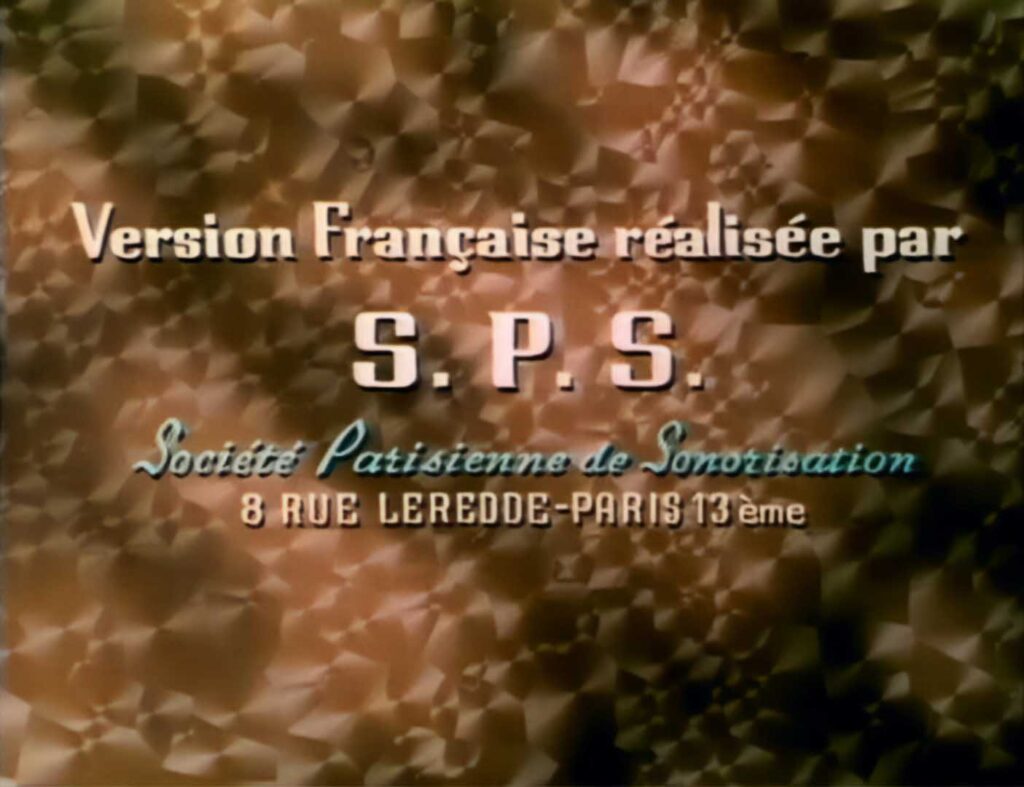
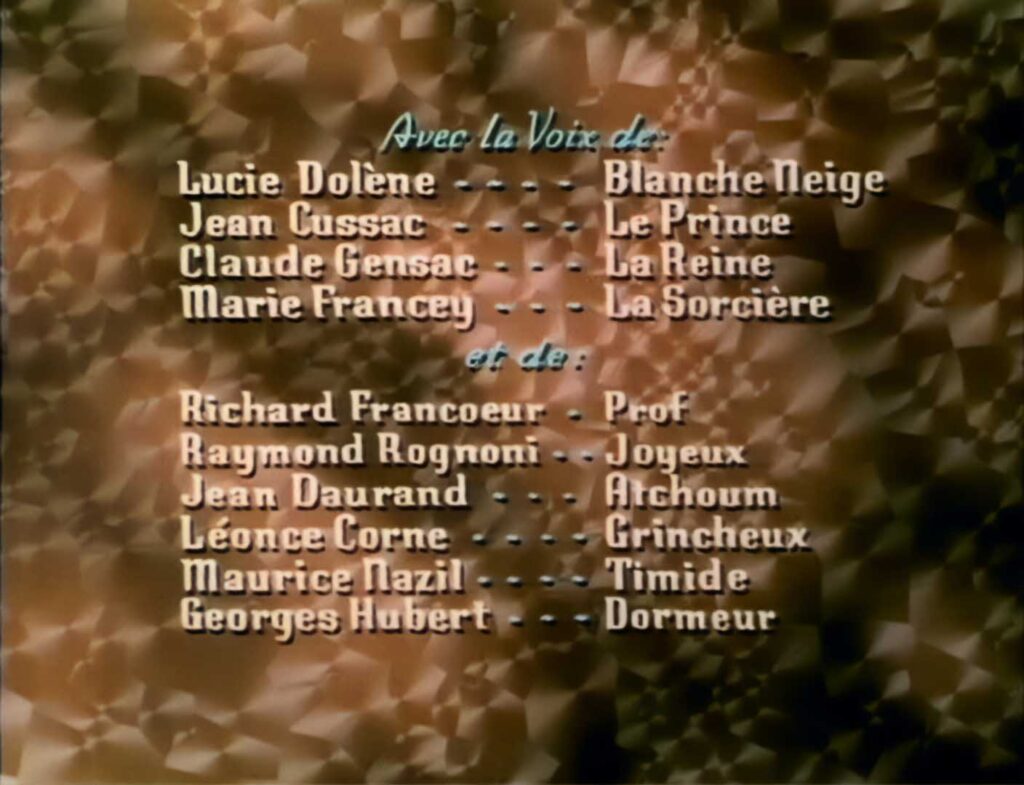
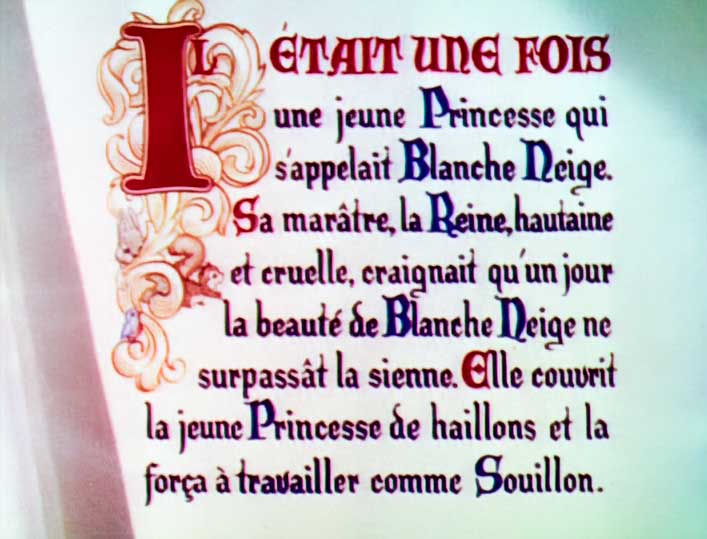
Main Titles in Portuguese
I have not yet found the original 1938 credits, but the 1938 prop book and pages in Portuguese were available on DVD. In 1965, a new dubbing and new credits were made in Brazil. In 2001, the DVD came out in Portugal with a locally-made new dubbing.
Main Titles in Czech
The 1938 Czech titles have not all surfaced, but the 1970 credit sequence is probably the most original one. It most likely was made without the studio’s approval. The artwork not being available to them, the title sequence is quite different in style and content. Each actor gets their credit.
The Main Titles in Swedish
It seems that only the card mentioning RKO was replaced by the 1962 card on the DVD. All other cards are from 1938.
The Main Titles in Danish
The 1938 main title in Danish is still to be found but the 1938 book and its pages were used on the DVD. The 1962 main title seems to have only the first four credit translated, the rest being in English.
The Main Titles in Dutch
On the Dutch DVD, only the new title card is included as a flash card, the VHS had the new titles and the new storybook with redesigned pages. A bootleg DVD provides us with the original 1938 book and pages.
The Main Titles in German
Although Walt Disney failed to have that version released in Germany or Austria in 1938 because of the nazis, the German version, recorded in Amsterdam, was released in Switzerland in December 1938. In 1966, a new dubbing was made with new titles and new pages for the book.
The Main Titles in Polish
Since the original 1938 Polish dubbing was used until 2009, no other credits and book were made besides the original ones.
The Main Titles in Italian
The 1938 Italian main title was replaced in 1962. In 1972, a new dubbing was recorded so the main title was altered to remove the cinecitta credit, which erroneously came back in 1987.
The Main Titles in Russian
The film was first released in 1955 without the authorization of Walt Disney. Special titles were created in USSR from a unique nitrate French print seized in 1945 by the Russian army in Germany. The nazis had themselves stolen it from Wally Feignoux in France. The credits acknowledge this fact. I have provided a translation in the comments of each frame. The film was finally dubbed in Russian in 2001.
The Main Titles in Hebrew
It would seem that only the first four titles were translated in Hebrew, maybe in 1960, preseumably, the rest was in English.
The Main Titles in Hungarian
The film was first dubbed in Hungarian in 1962 and at least two titles were then created. Presumably the rest was in English.
The Main Titles in Finnish
Prior to 1962, in Finland, the film had been shown in Swedish. In 1962, a new Finnish dubbing and new titles were created.
The Main Titles in Slovak
When the film was re-released in 1970 in Czechoslovakia, as seen above, a Czech dubbing was made, but also the first Slovak version. As in the Czech 1970 version, whole new credits were created using different art.
The Main Titles in Greek
The first Greek dub and Greek titles date from 1974.
The Main Titles in Egyptian Arabic
Credits in Arabic were made for a 1975 theatrical release with the last two listing the dubbing’s cast and crew, and new ones were made for the VHS release.
The Main Titles in Norwegian
The first Norwegian dubbing was made in 1982. Prior to that, the Swedish dubbing was used in Norway.
The Main Titles in Bulgarian
The Bulgarian dubbing and titles were created for the 2001 DVD release.

